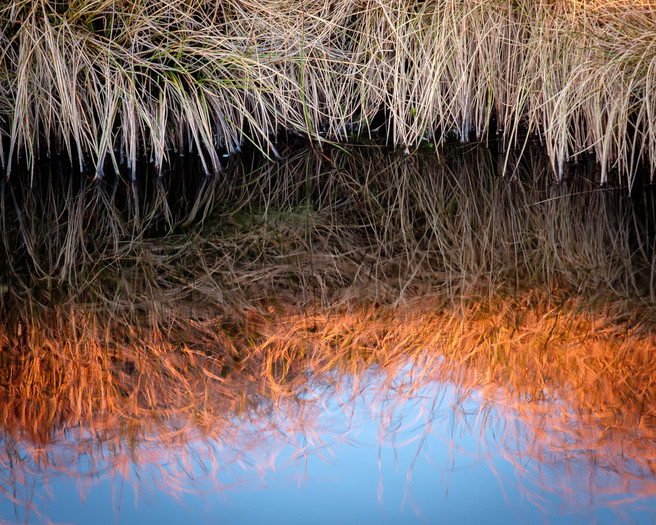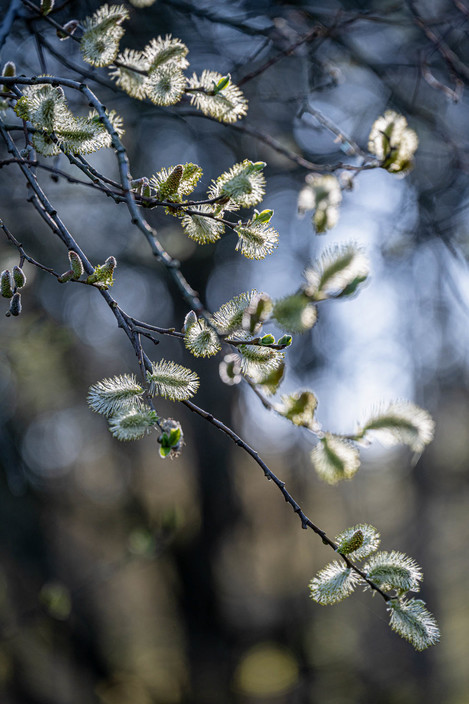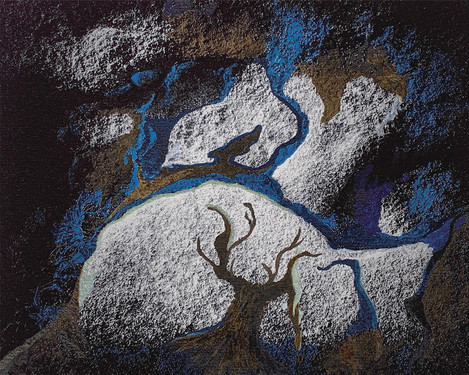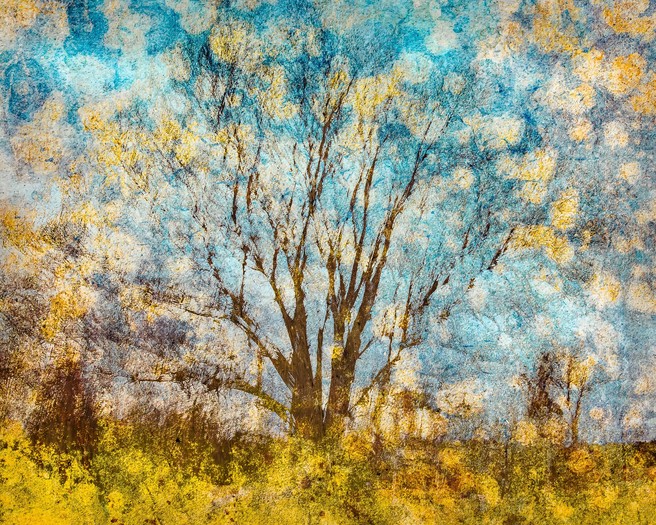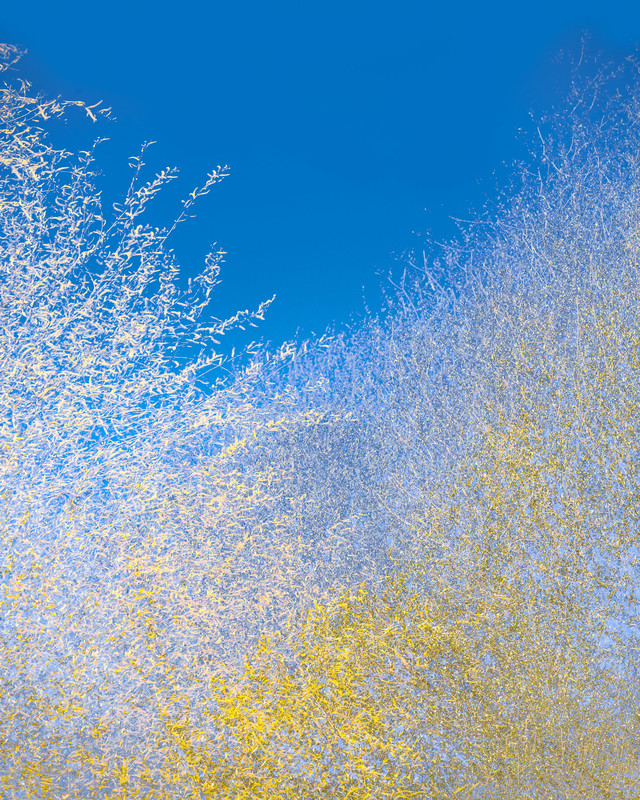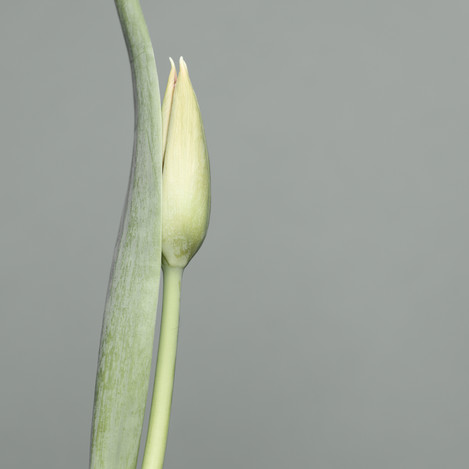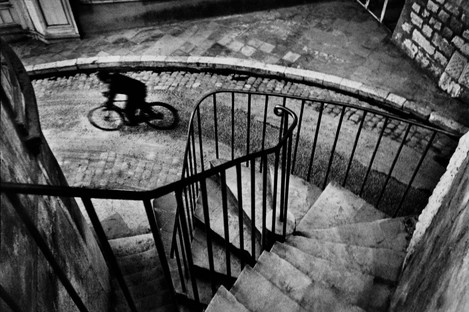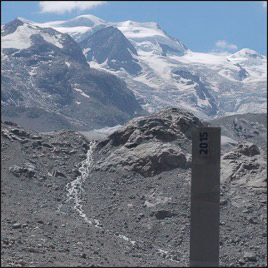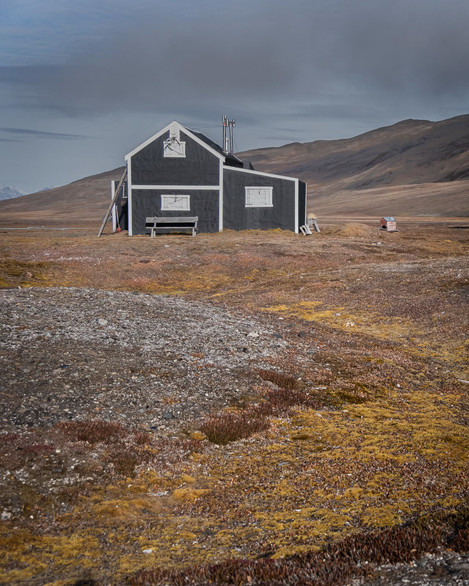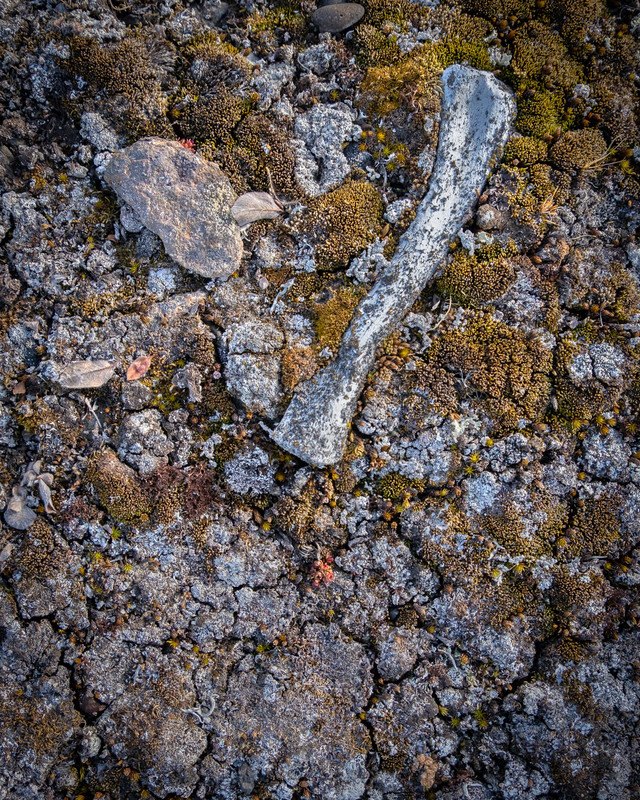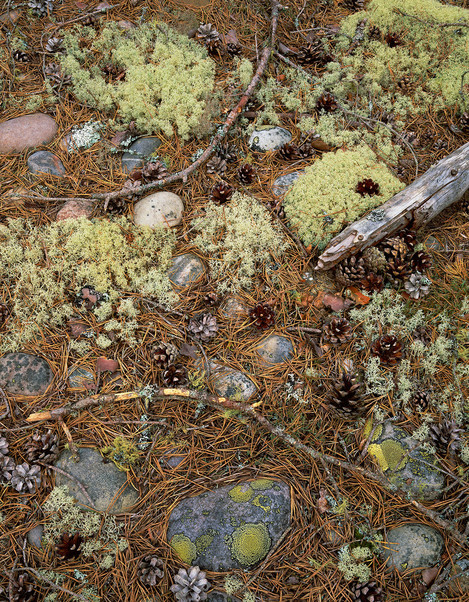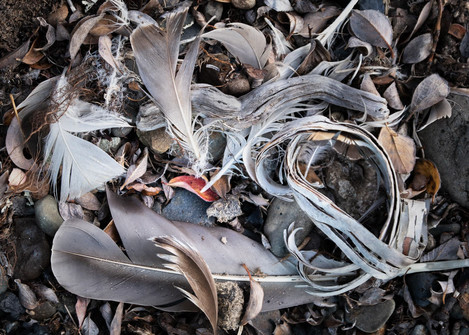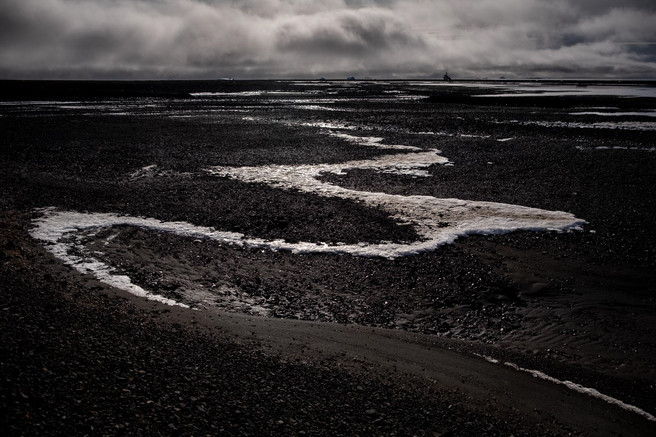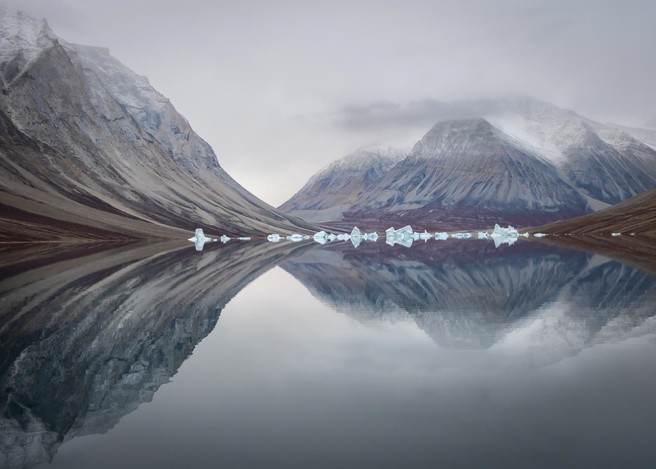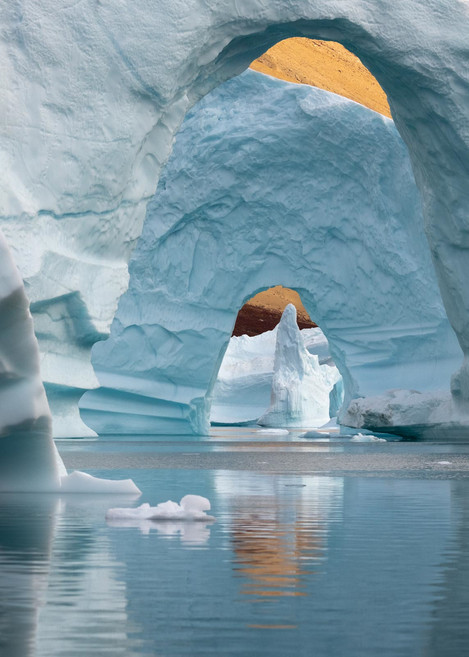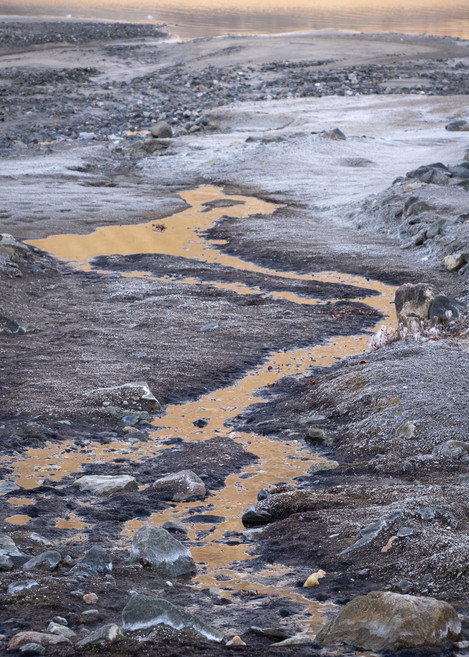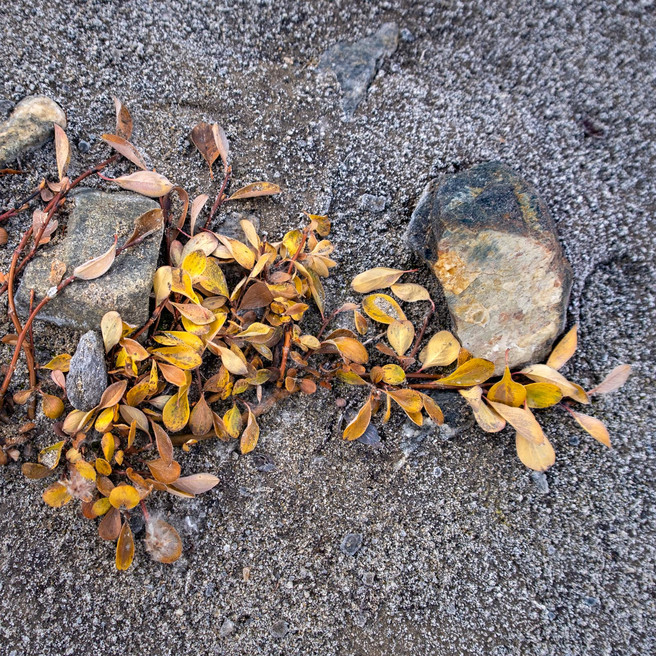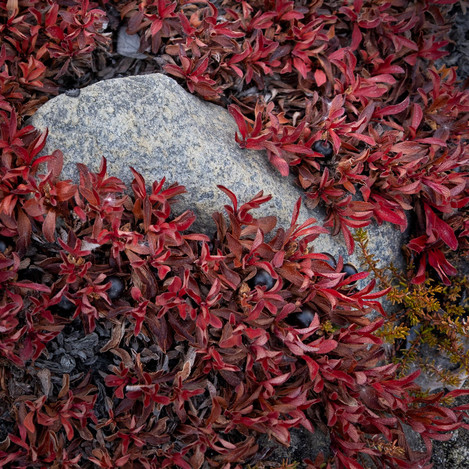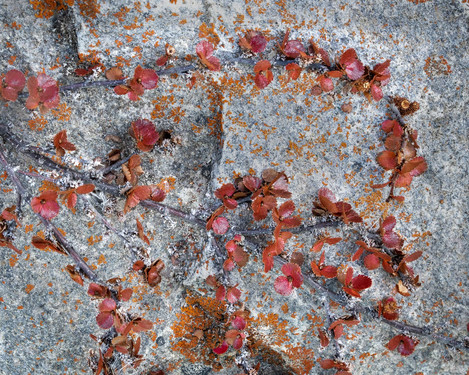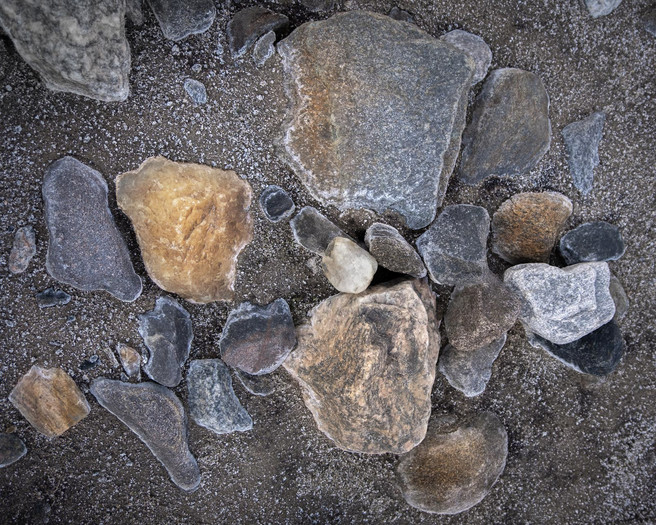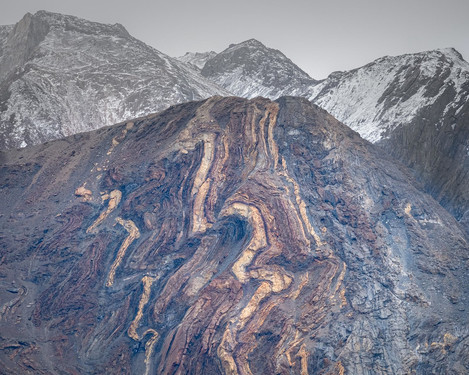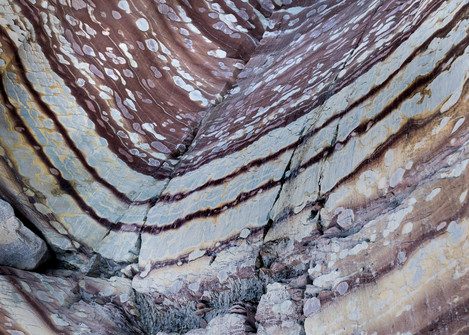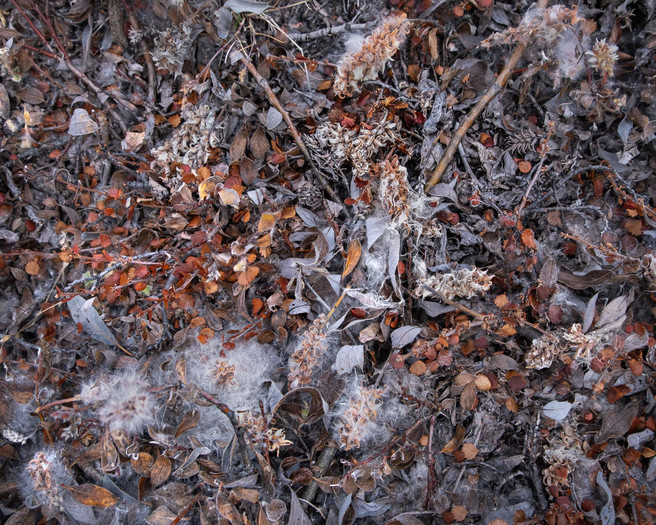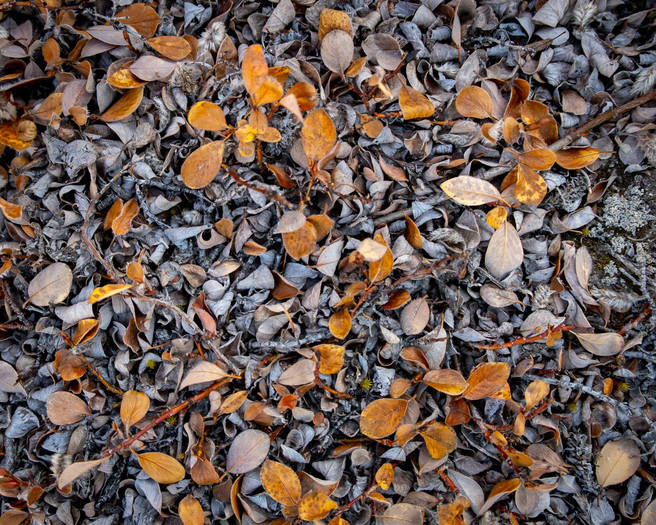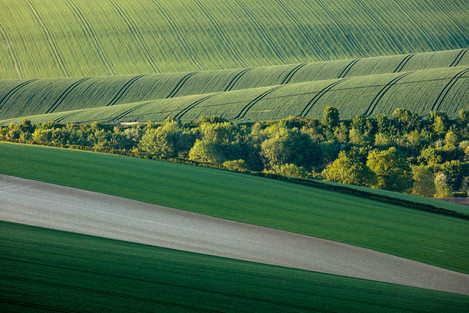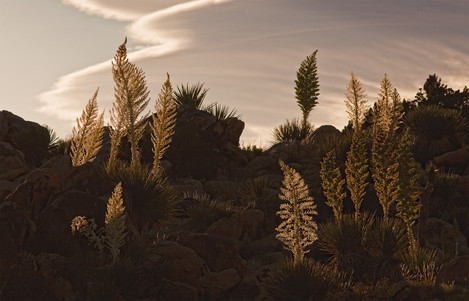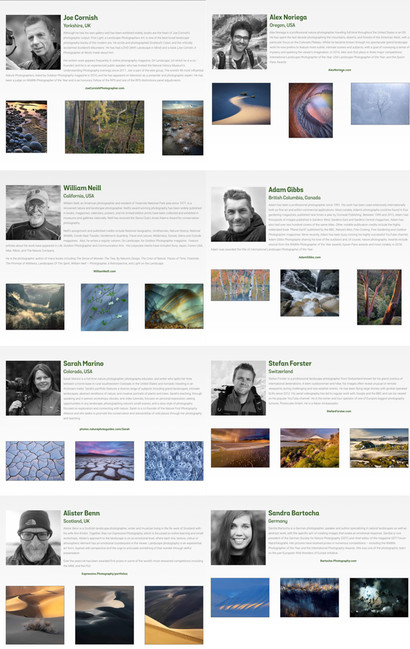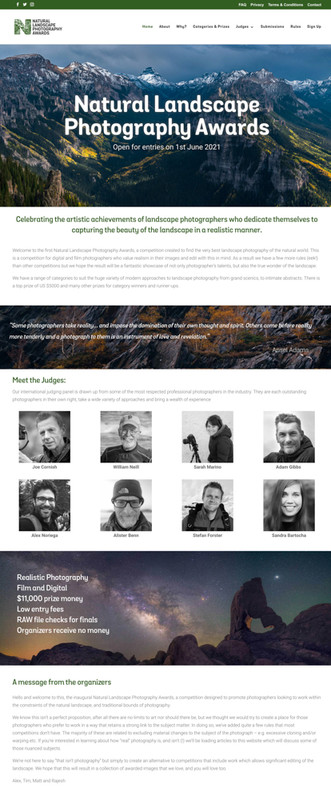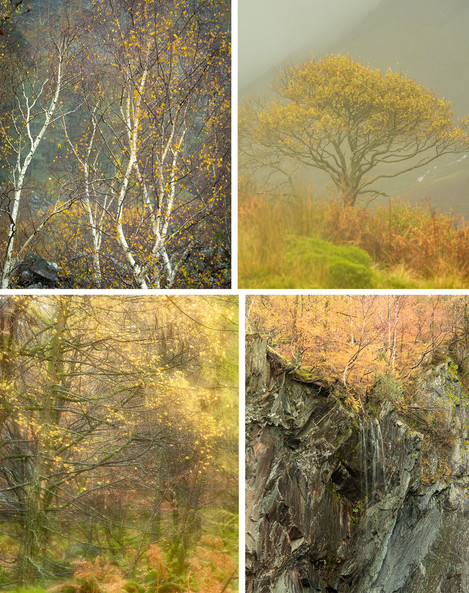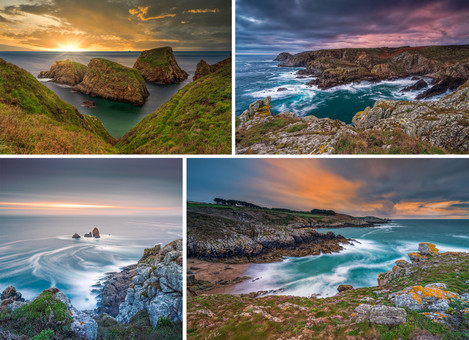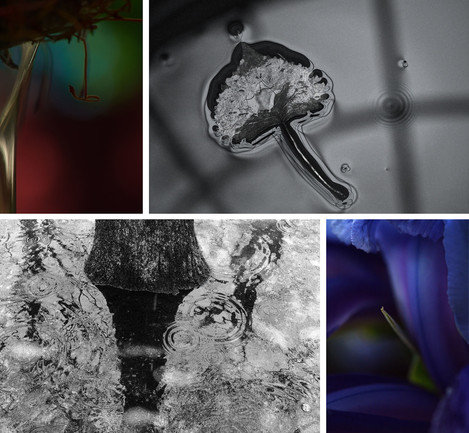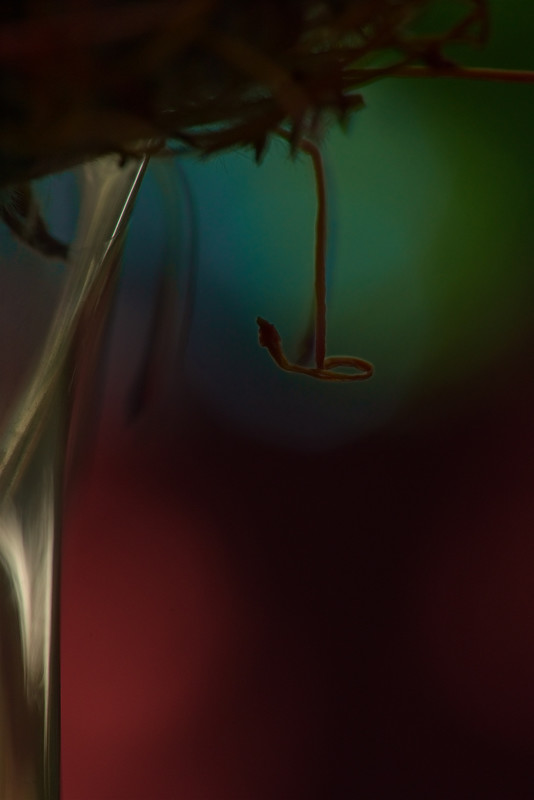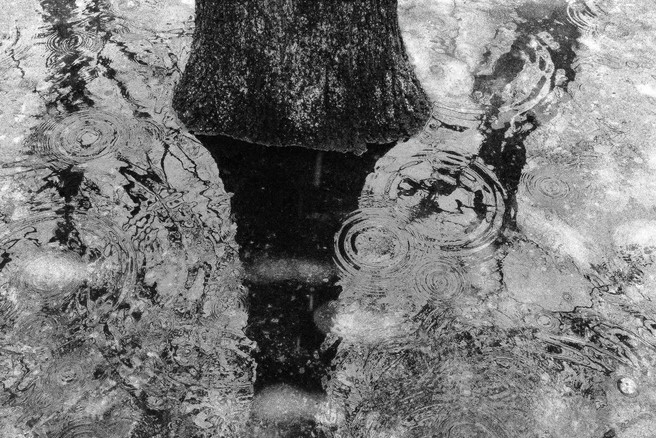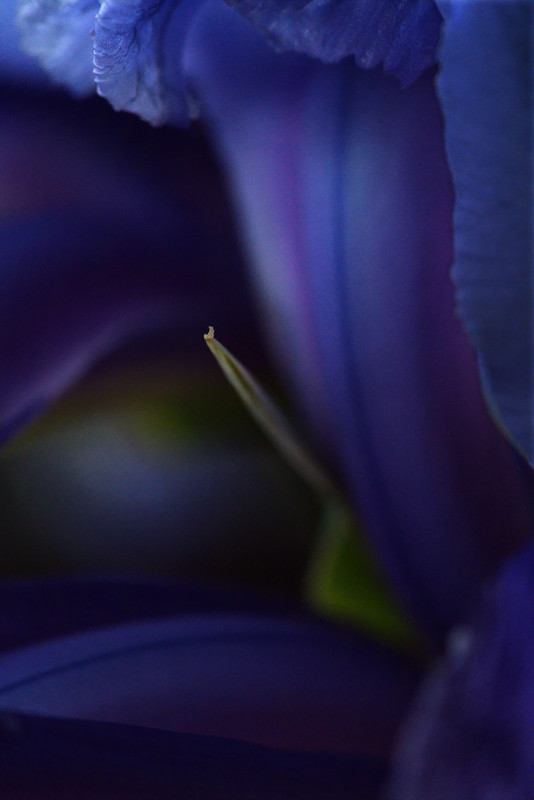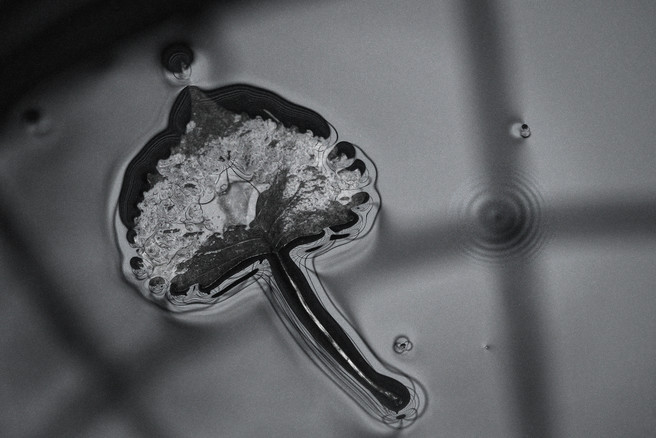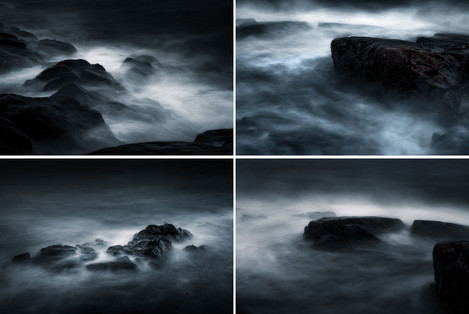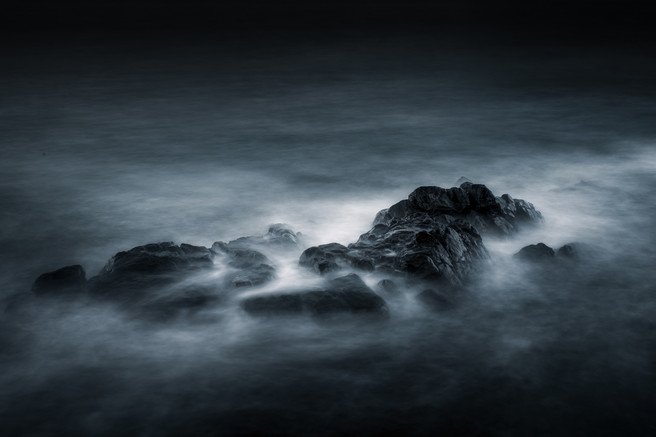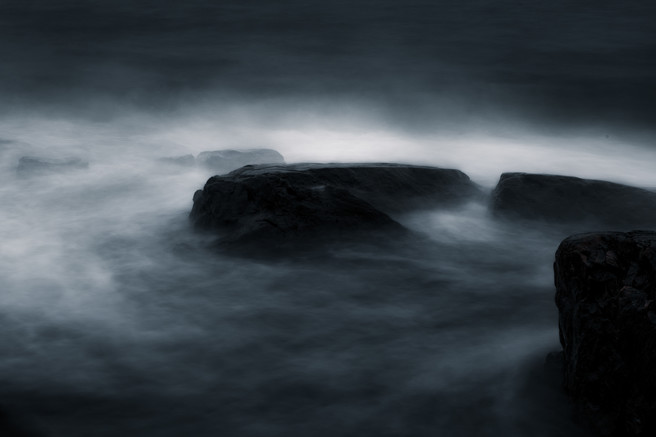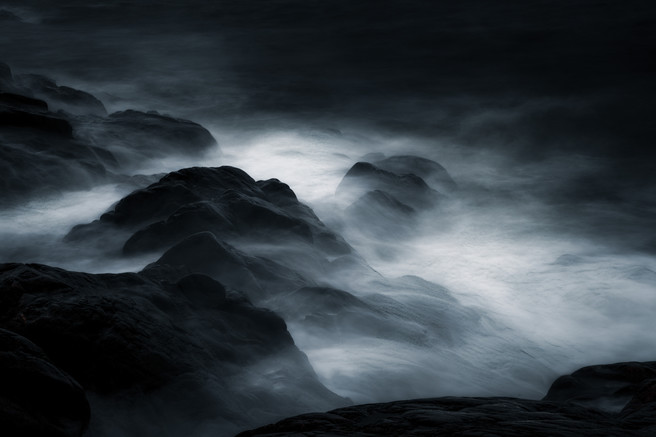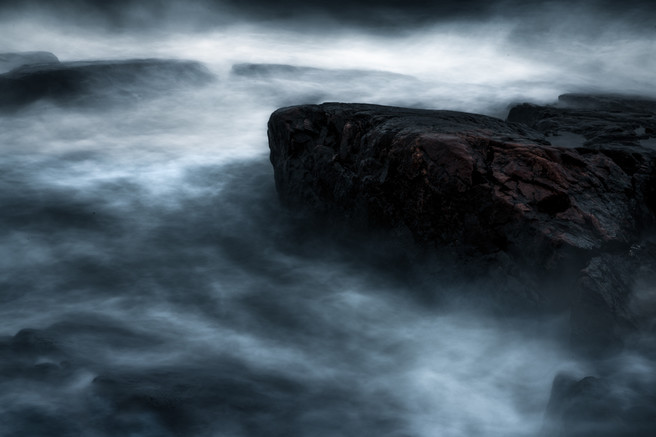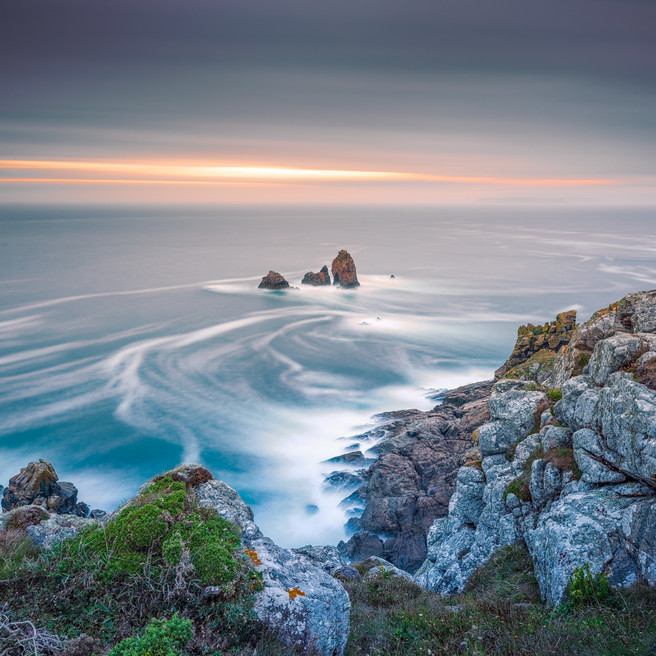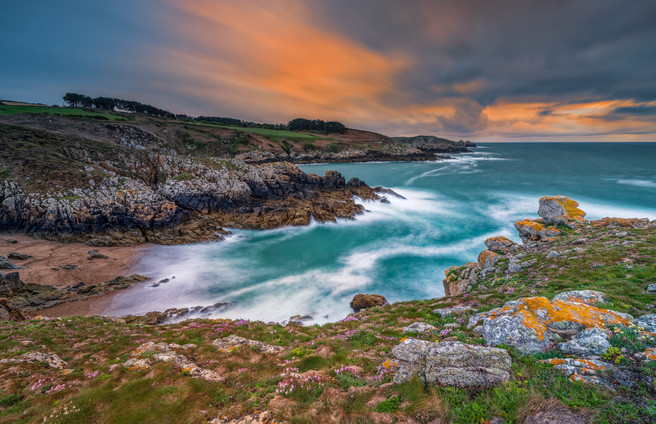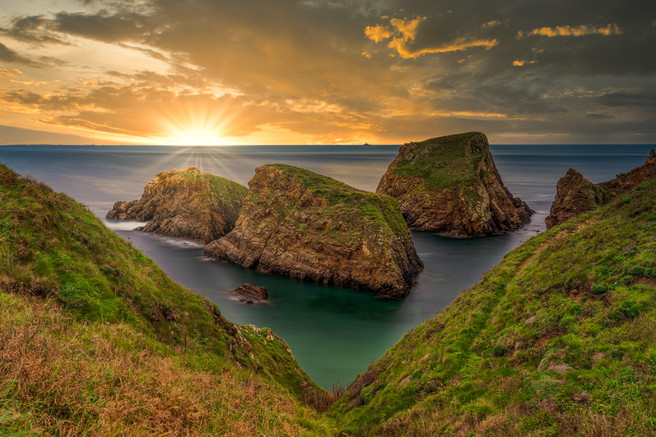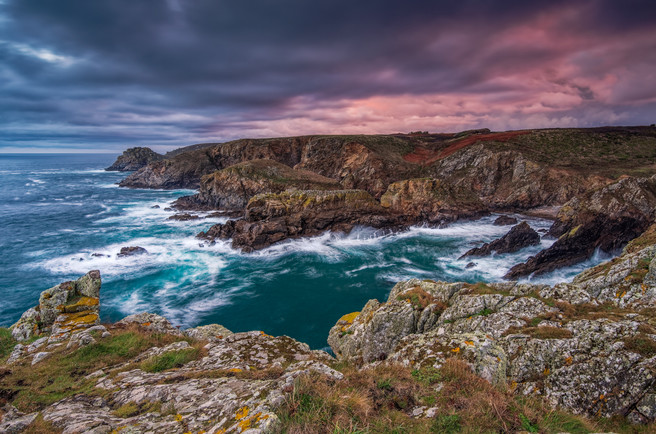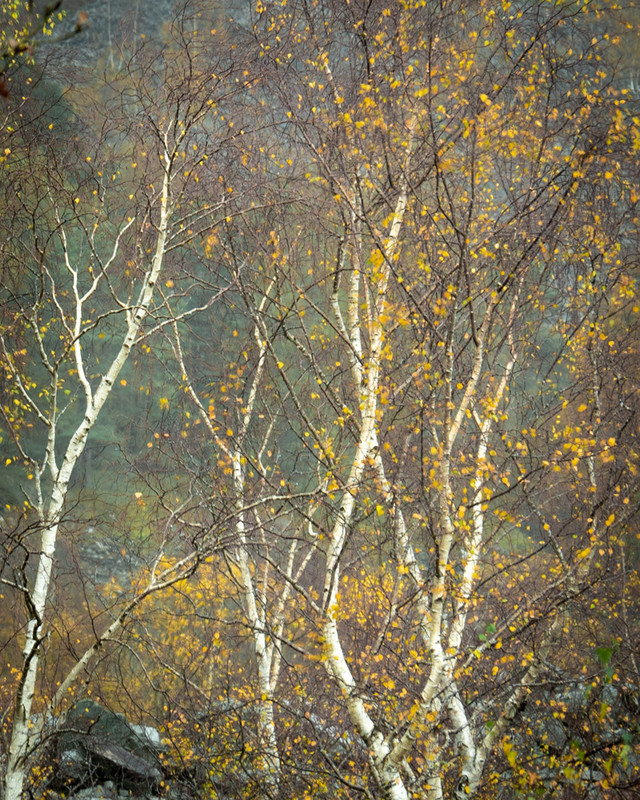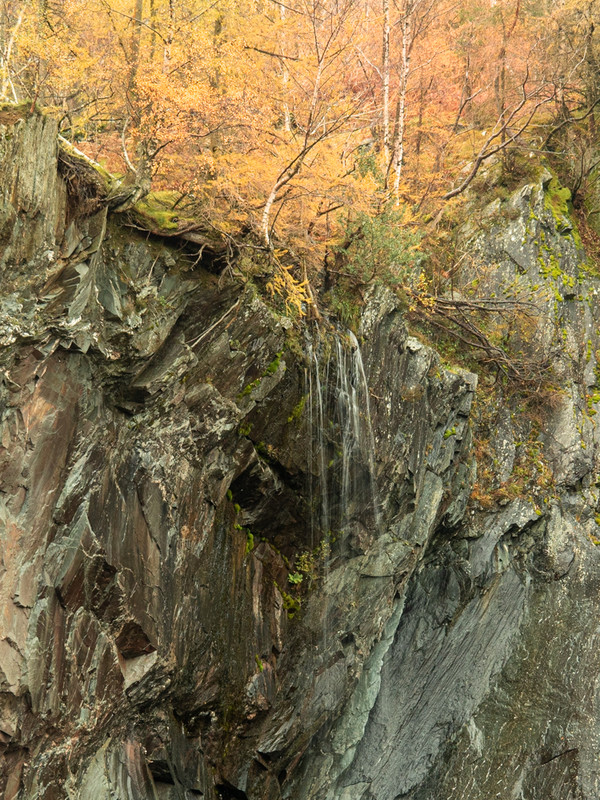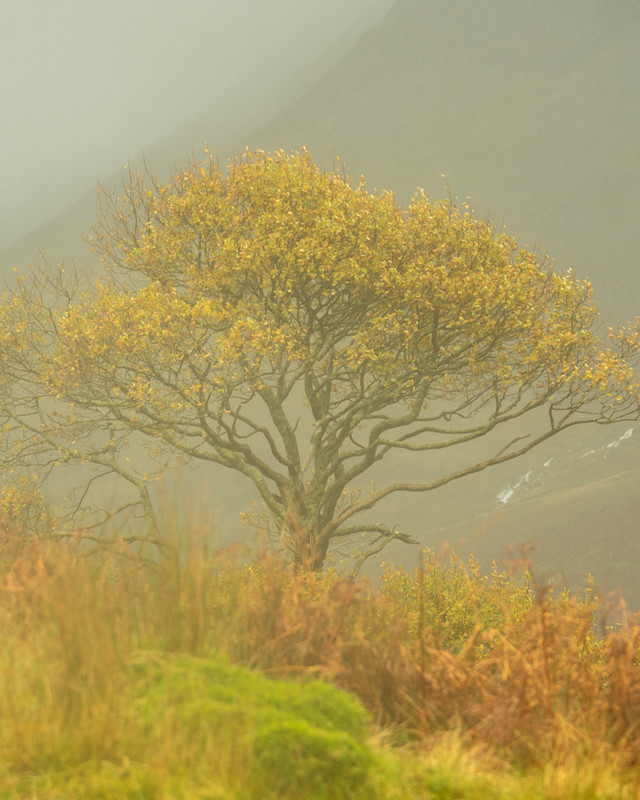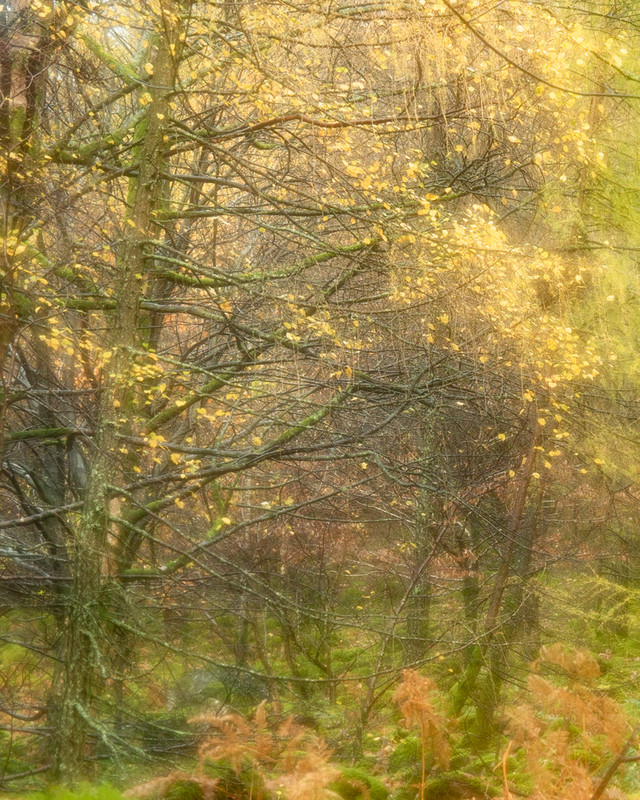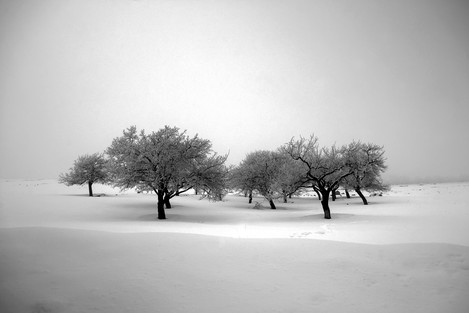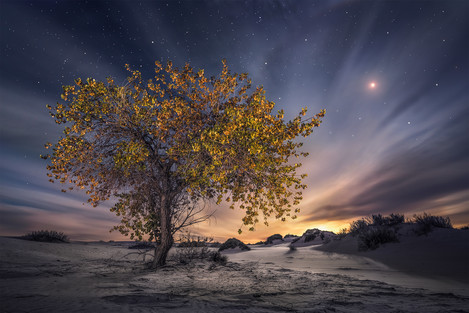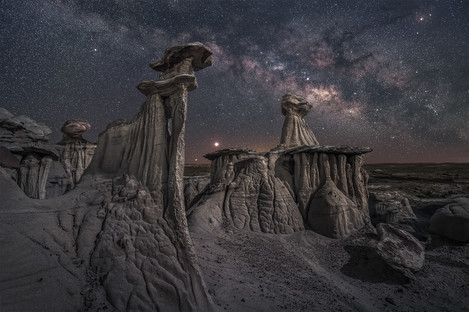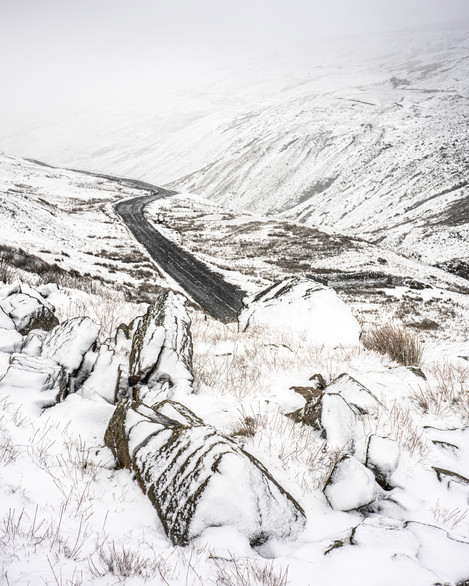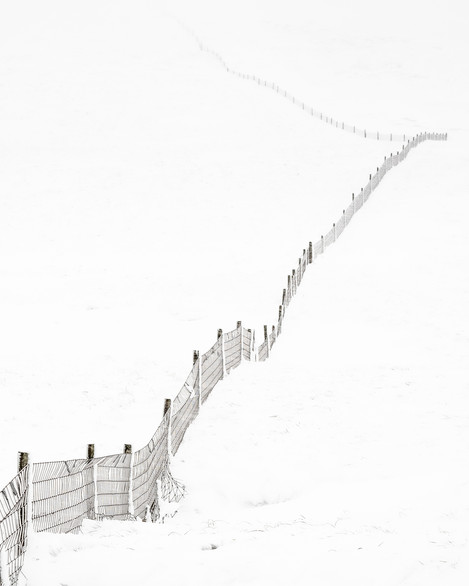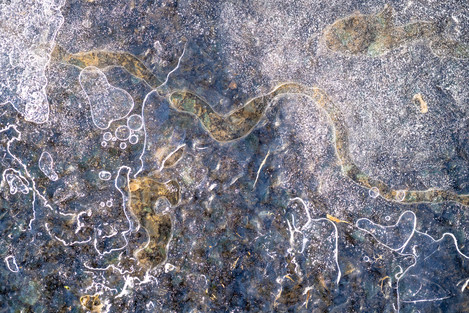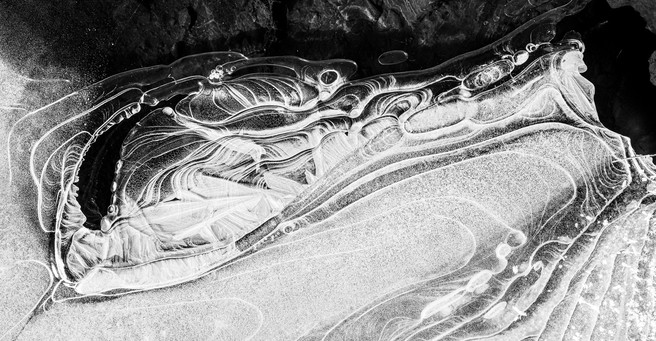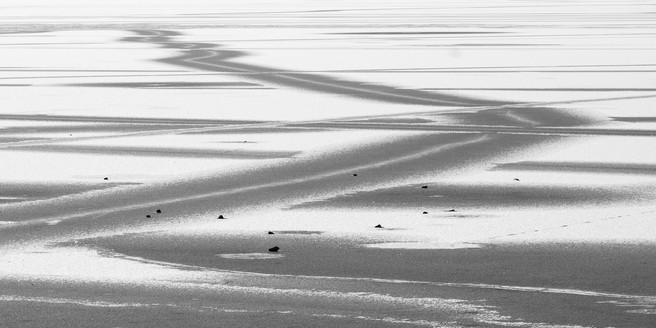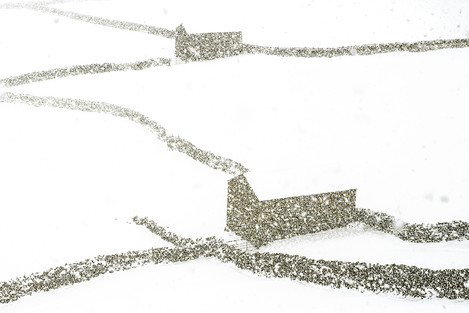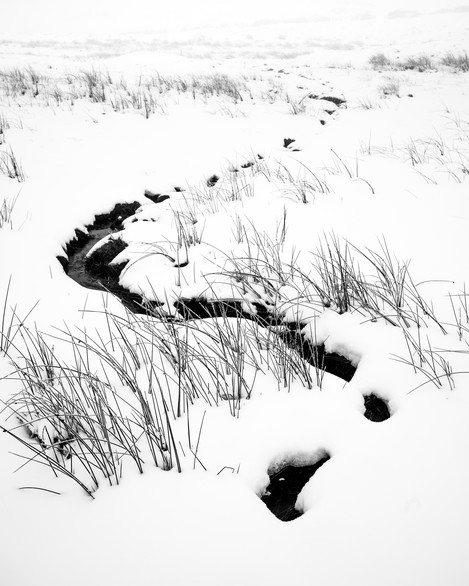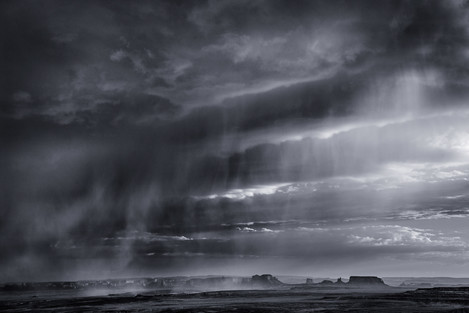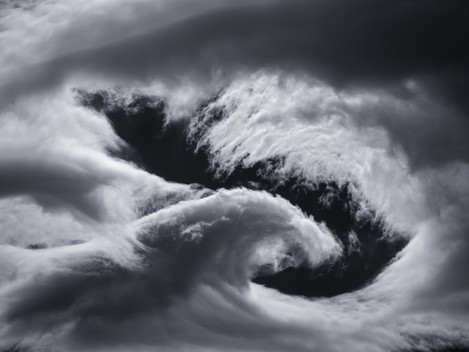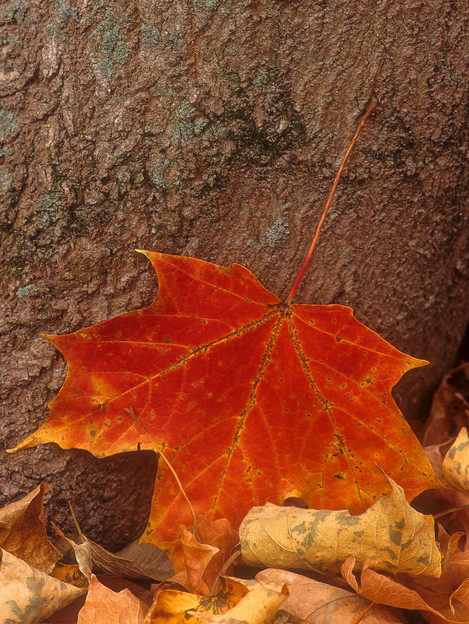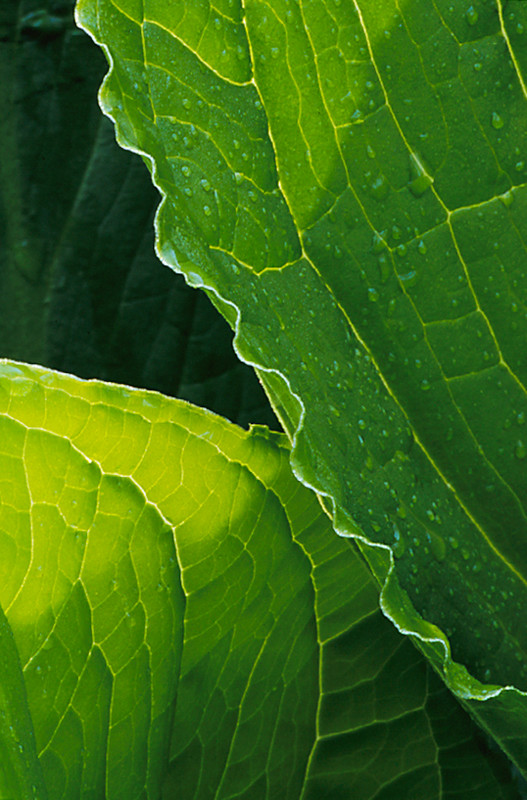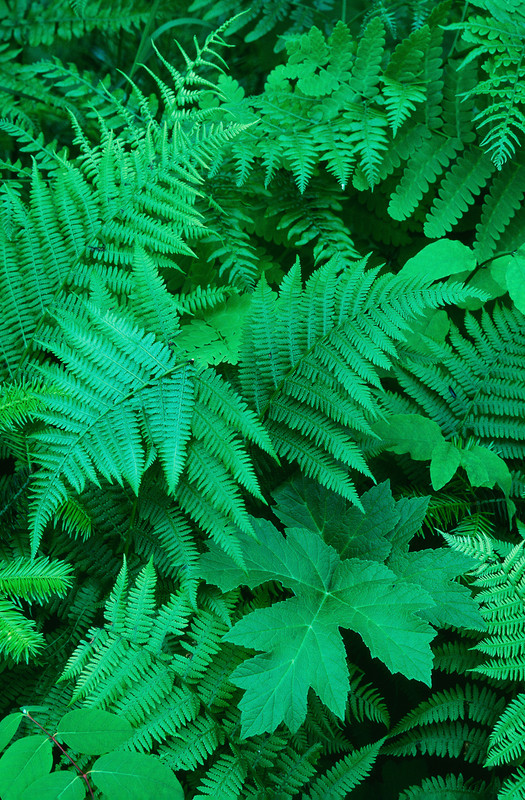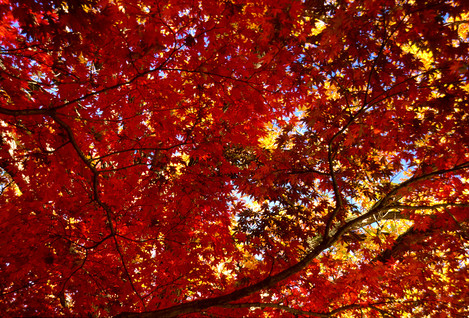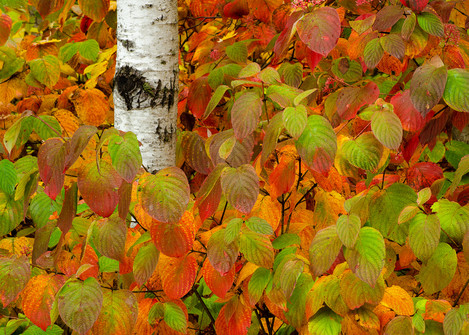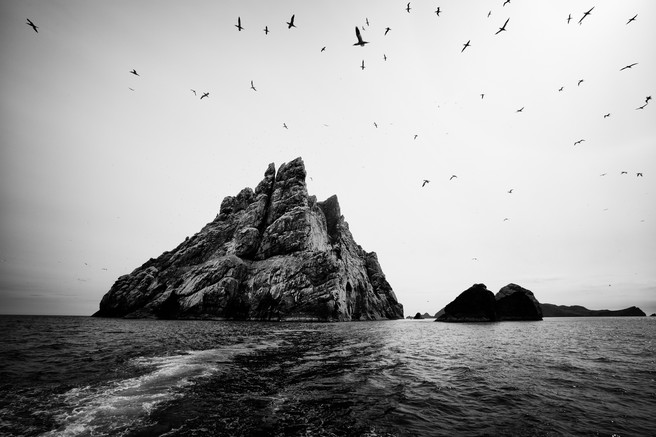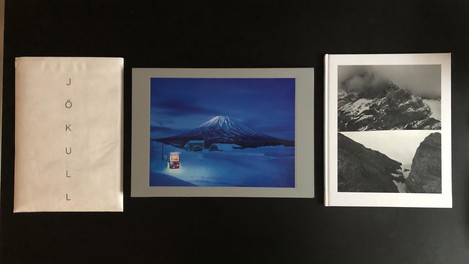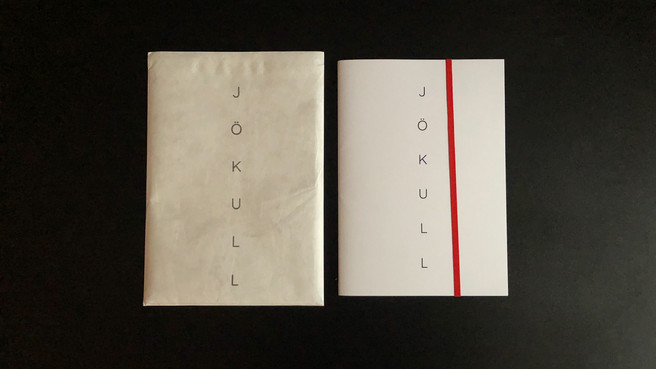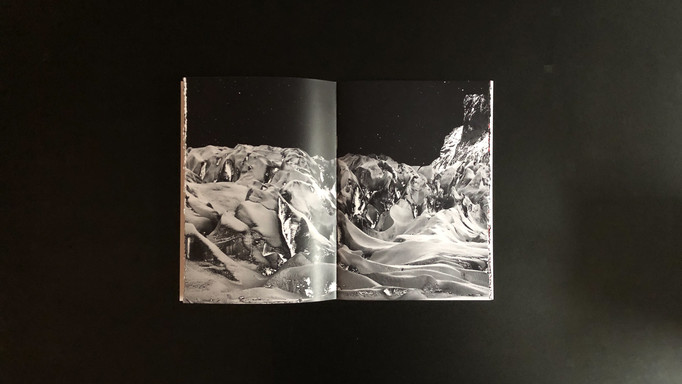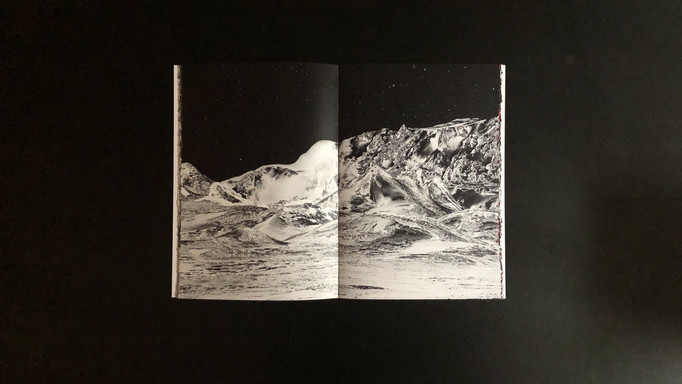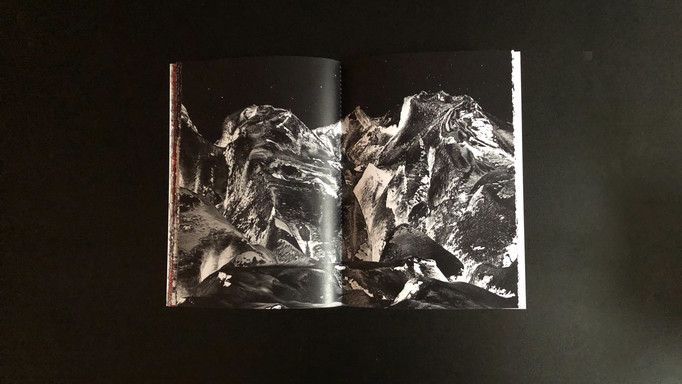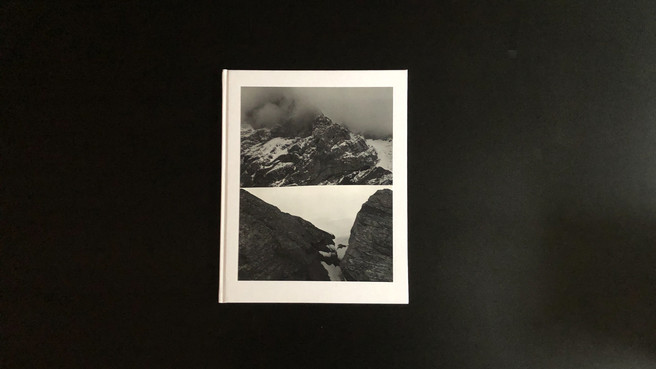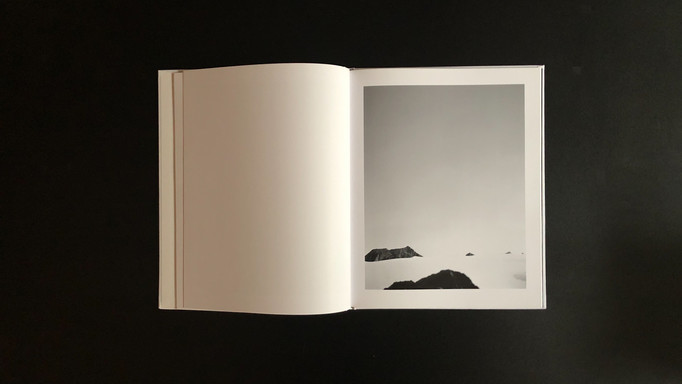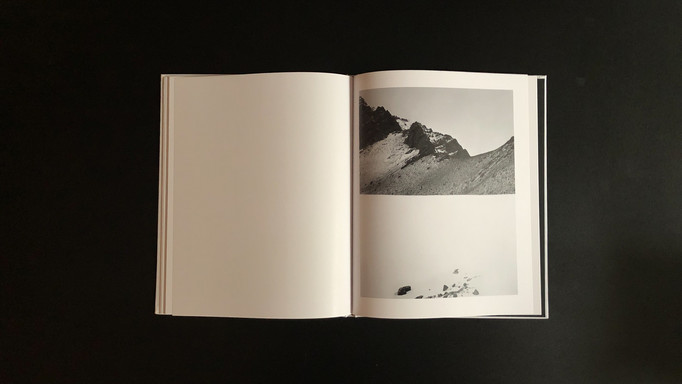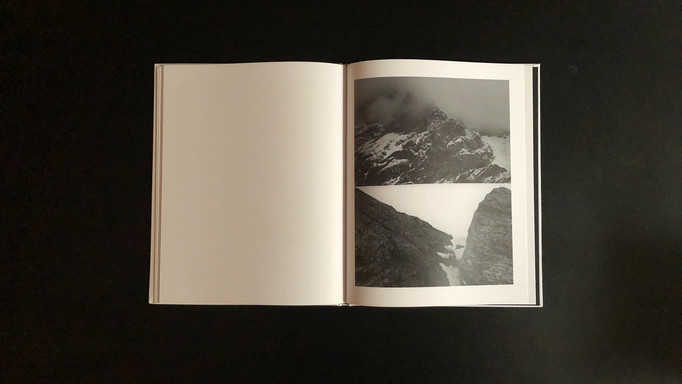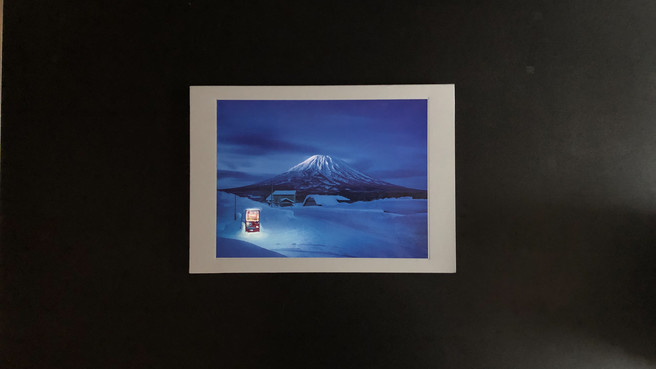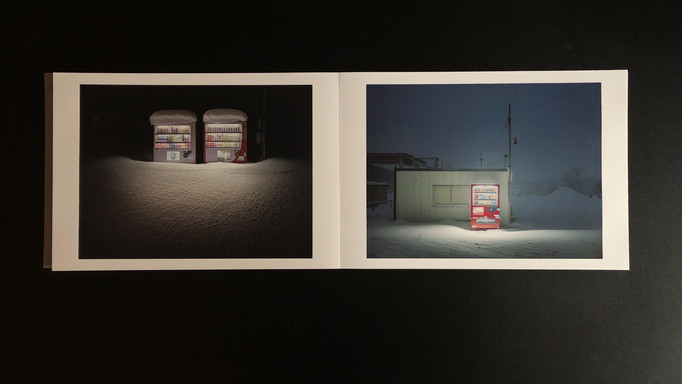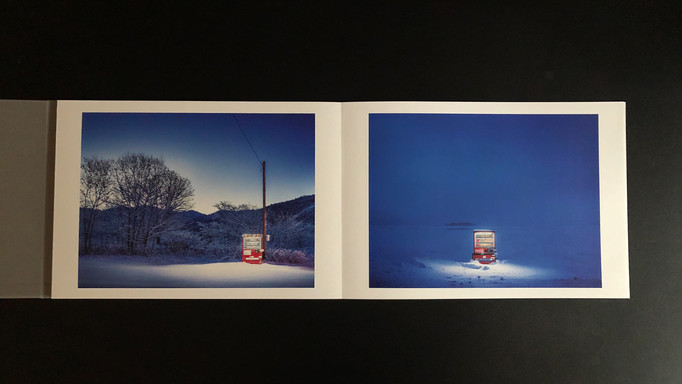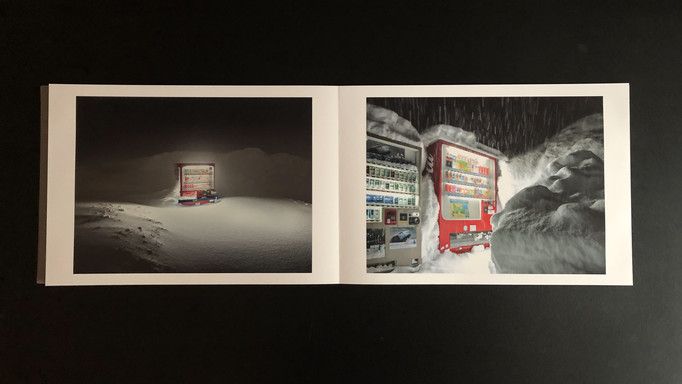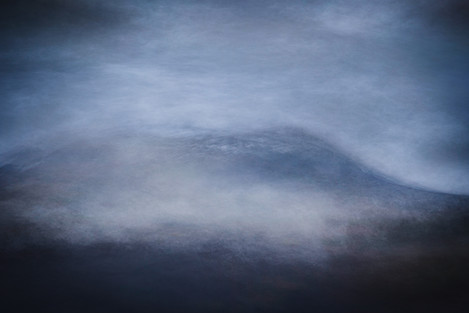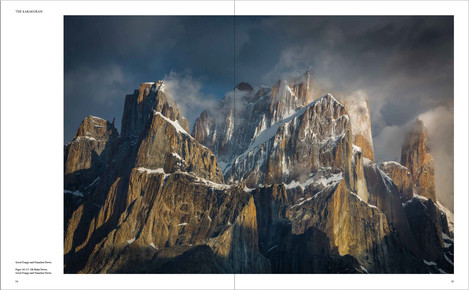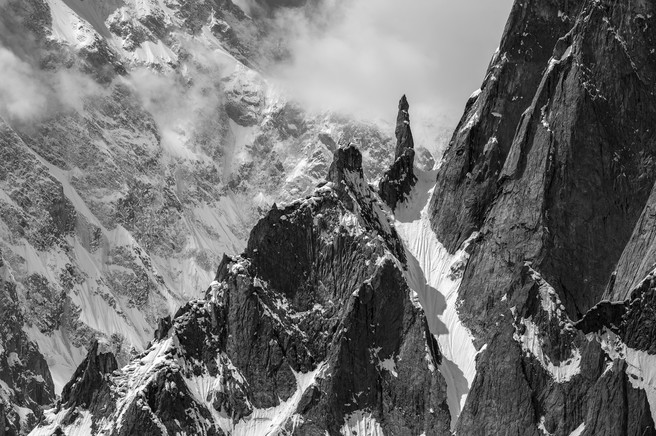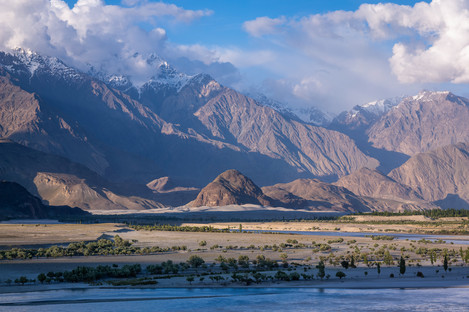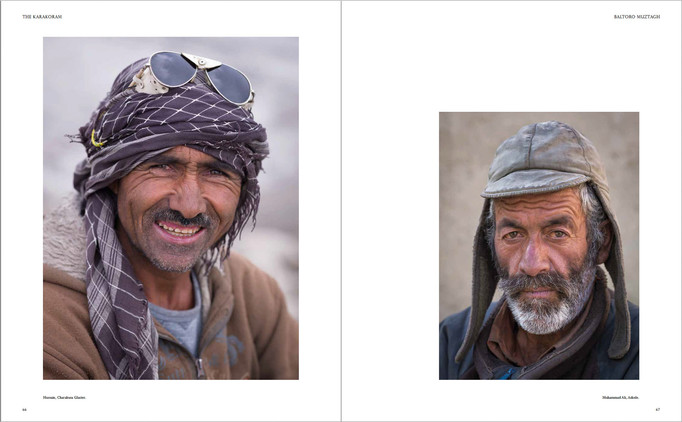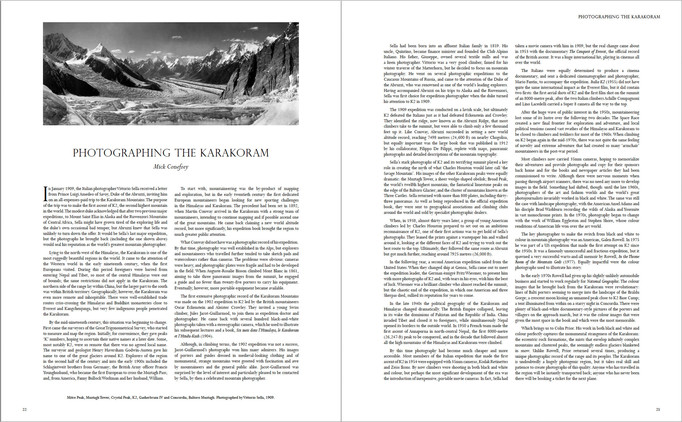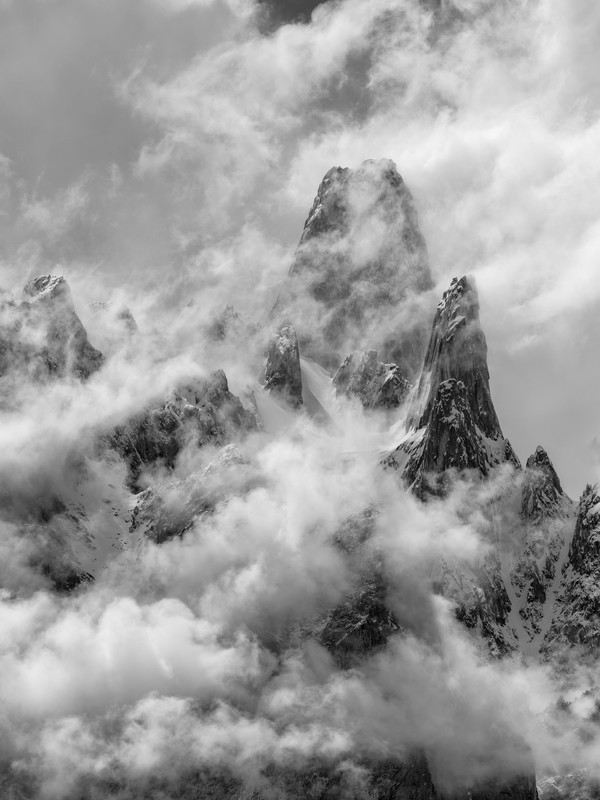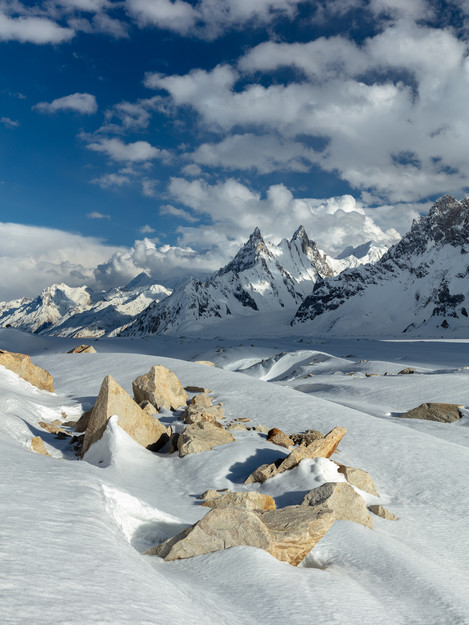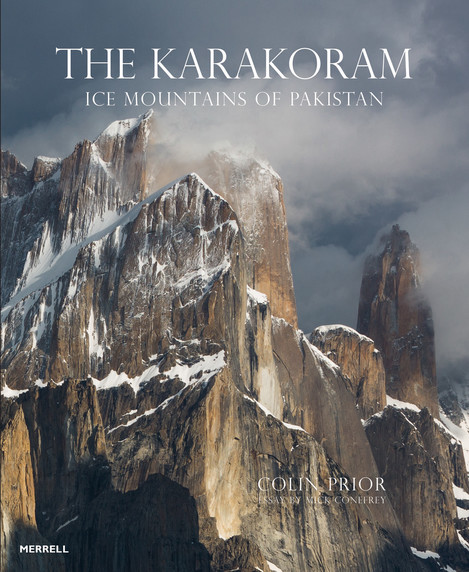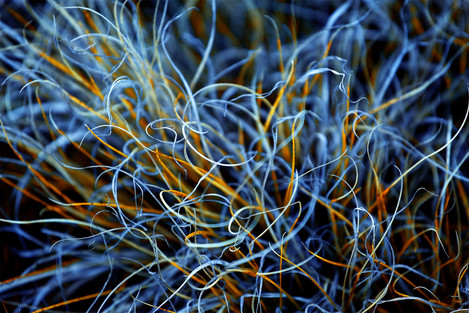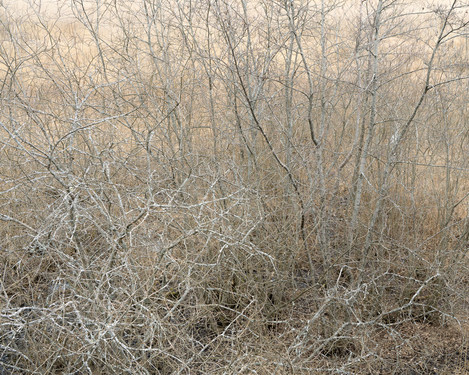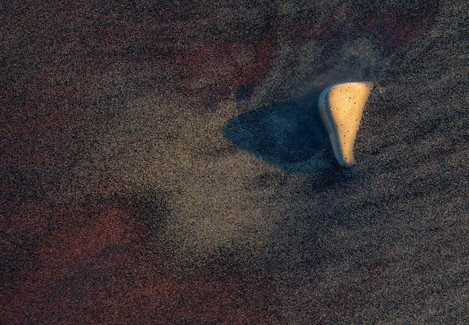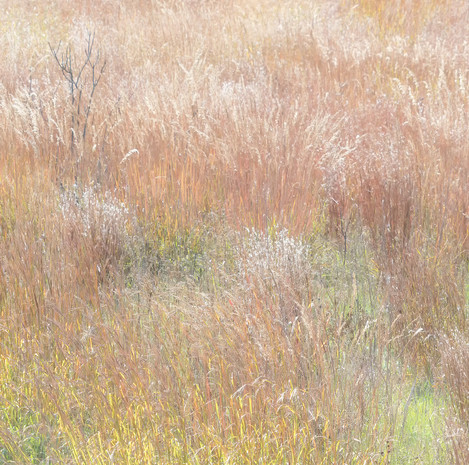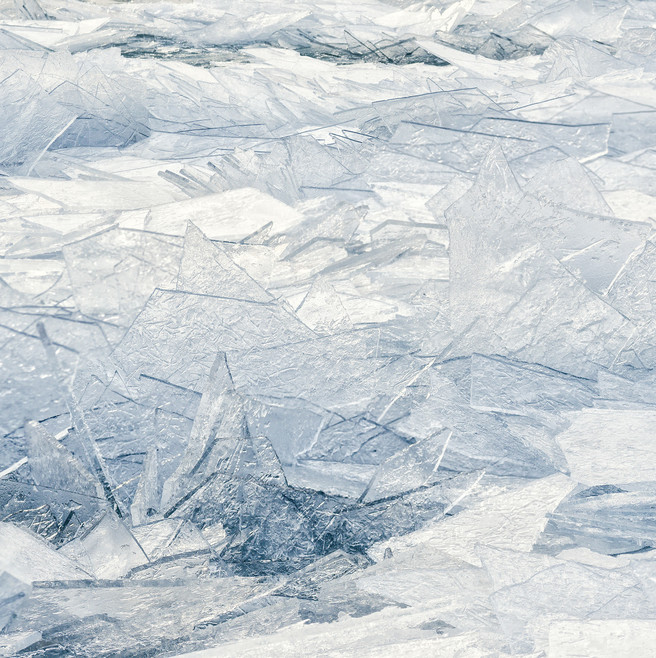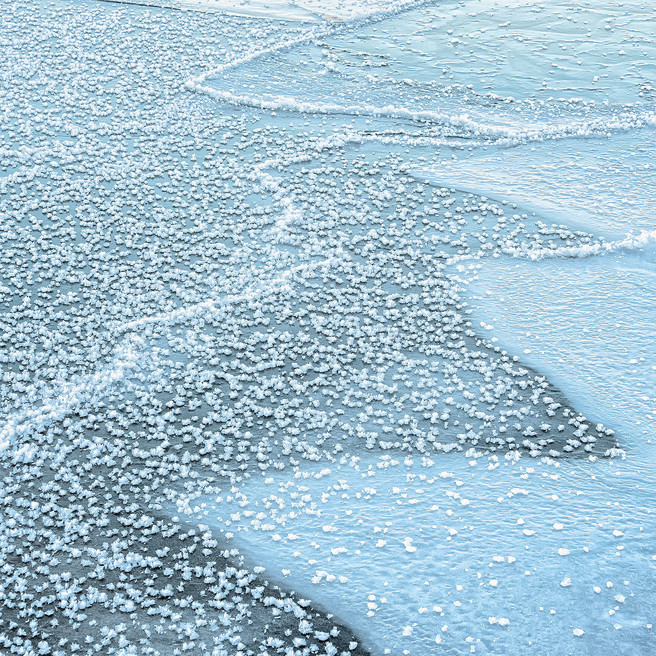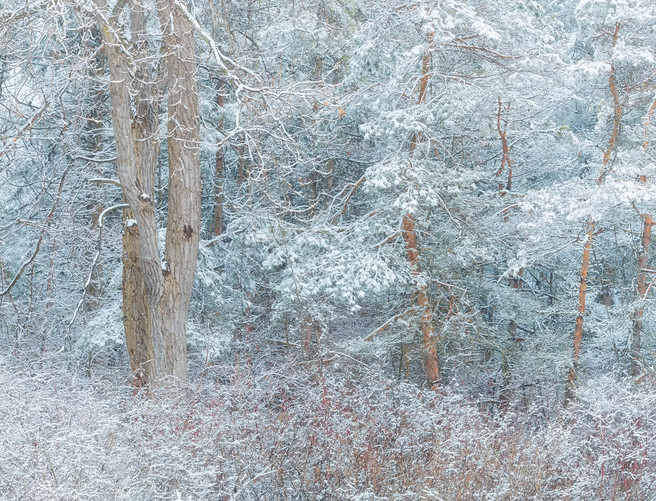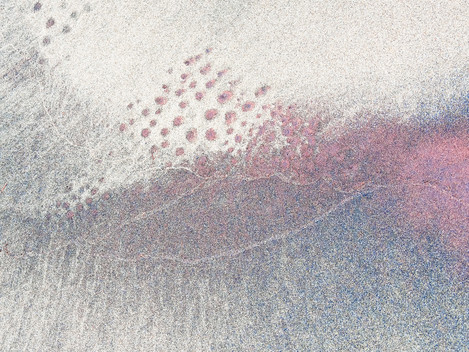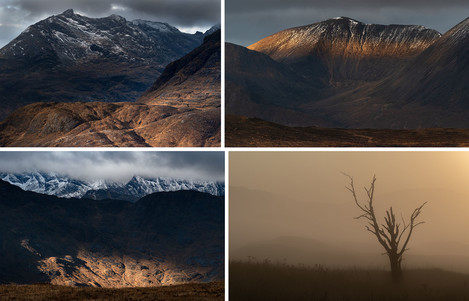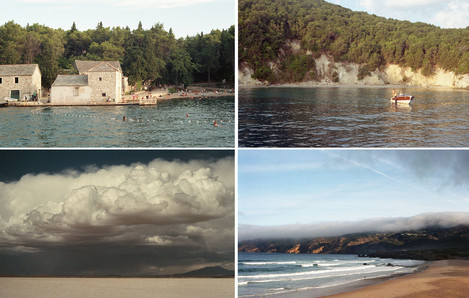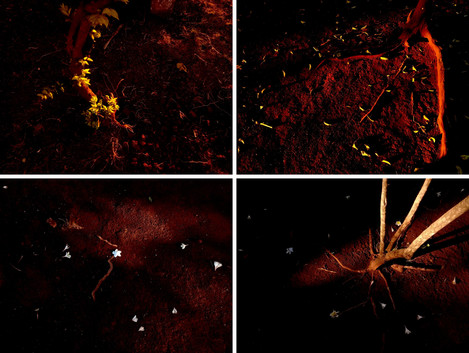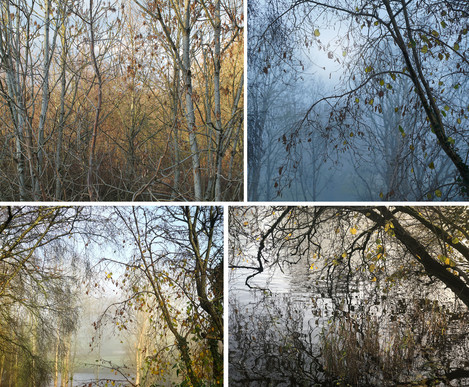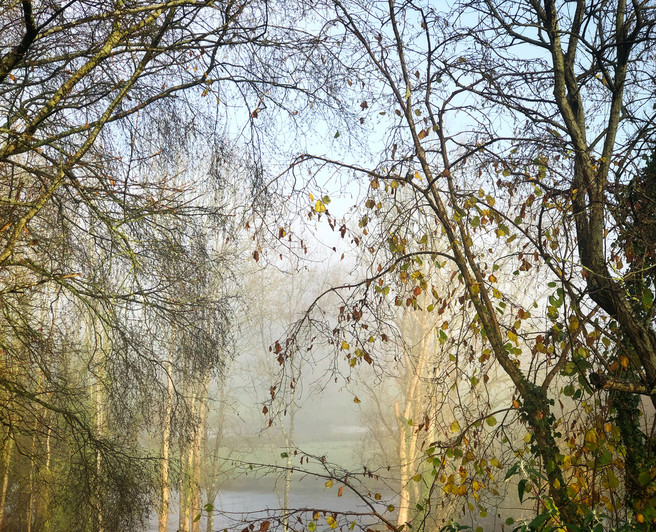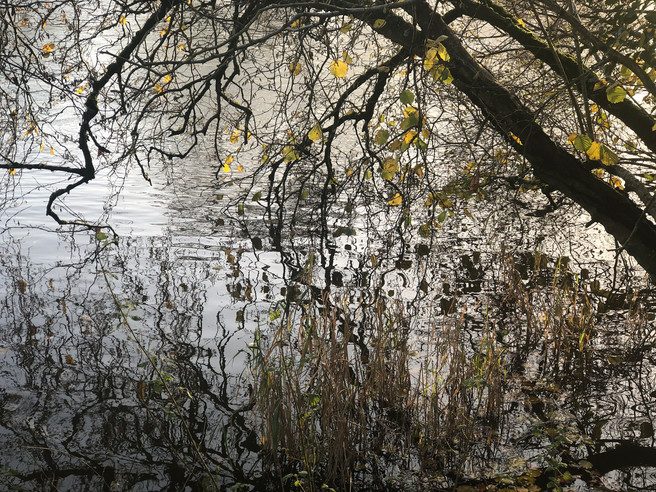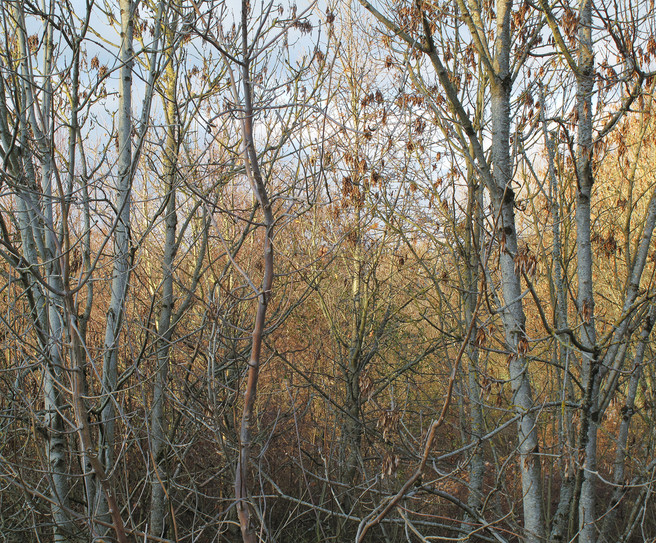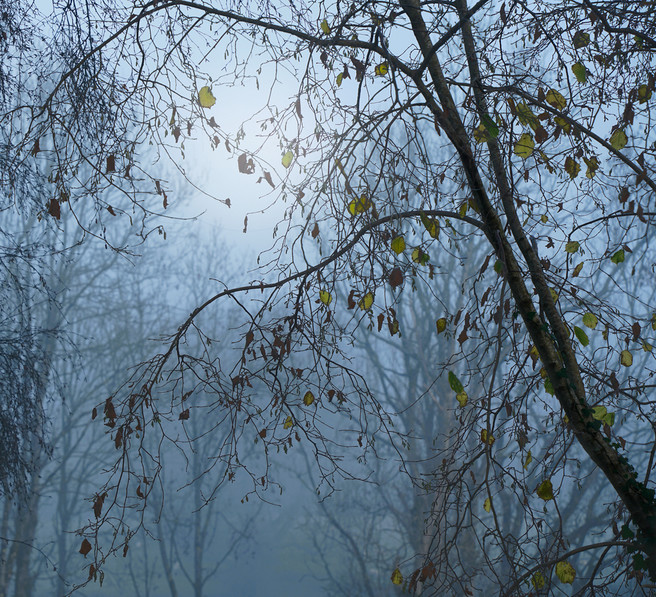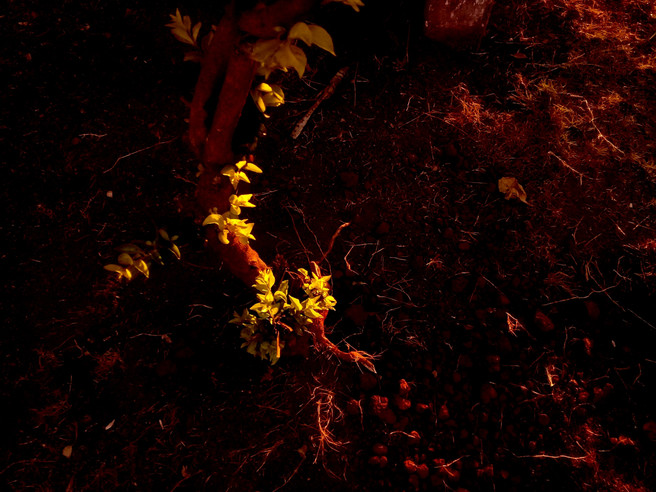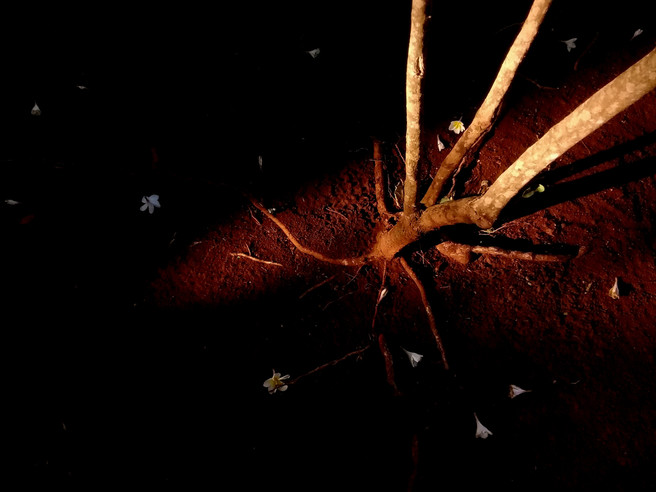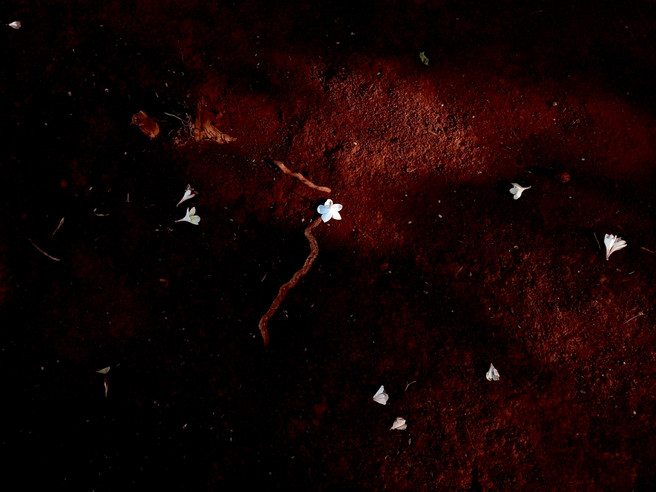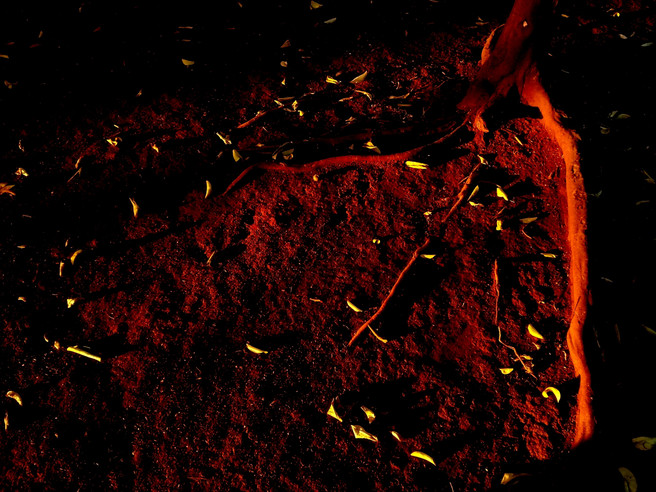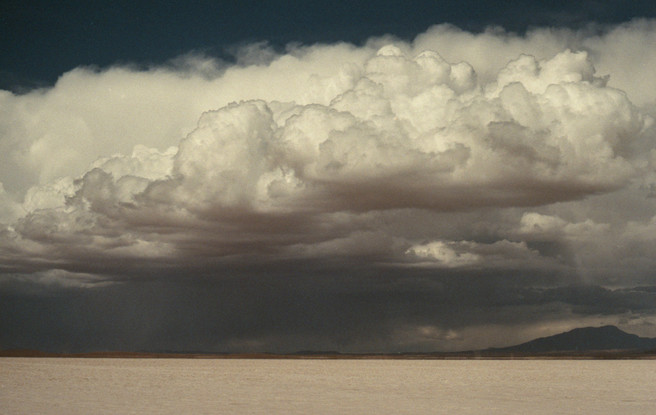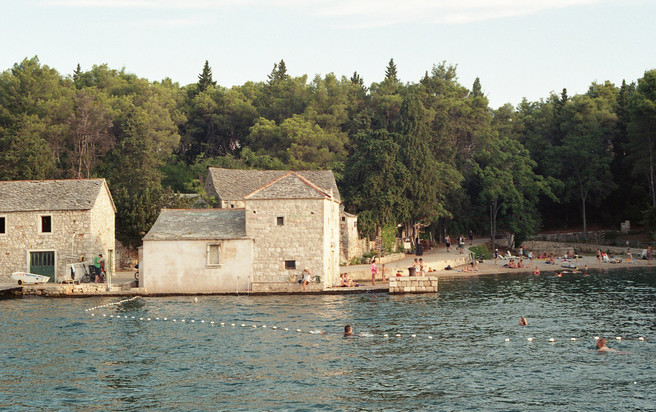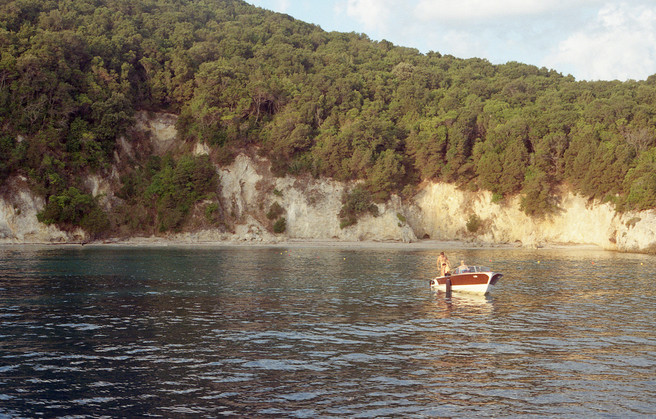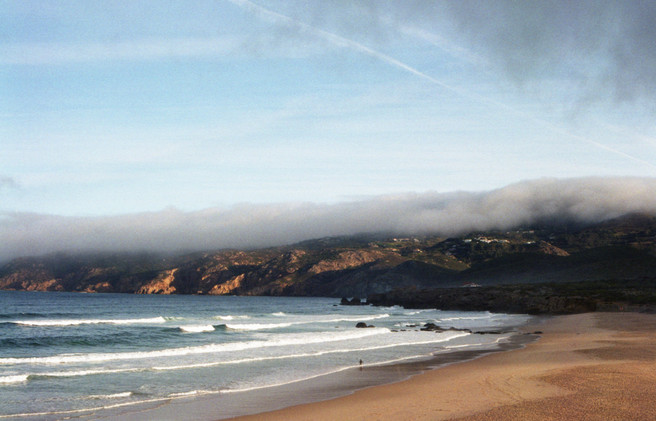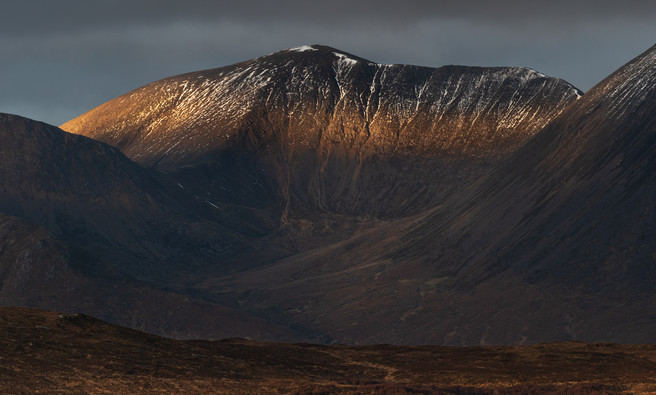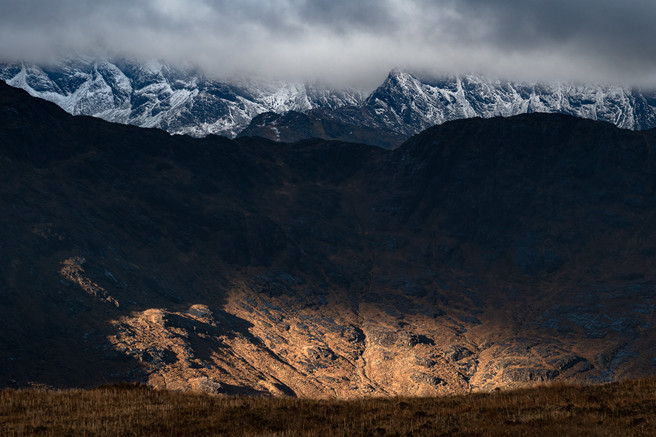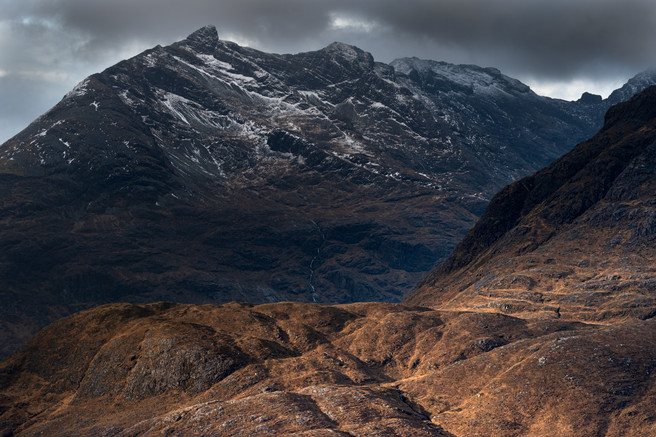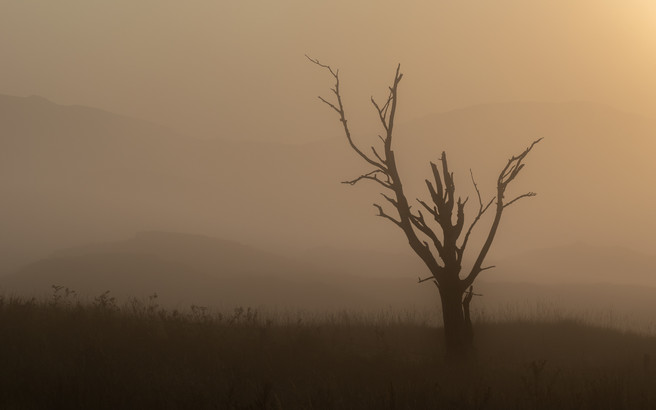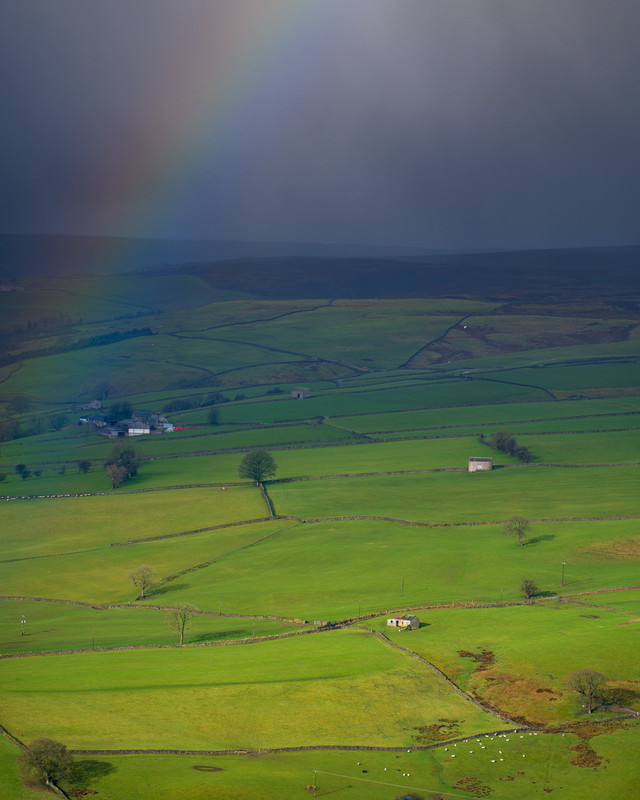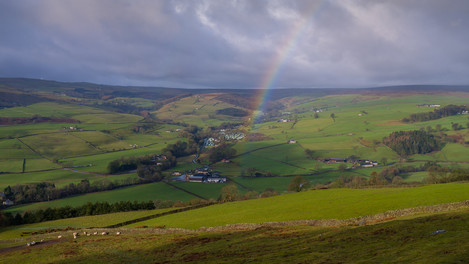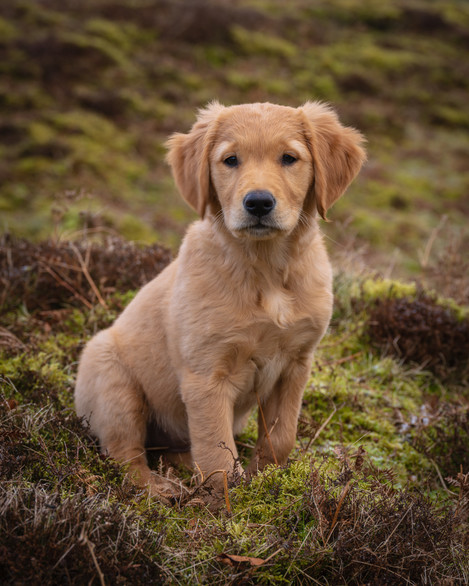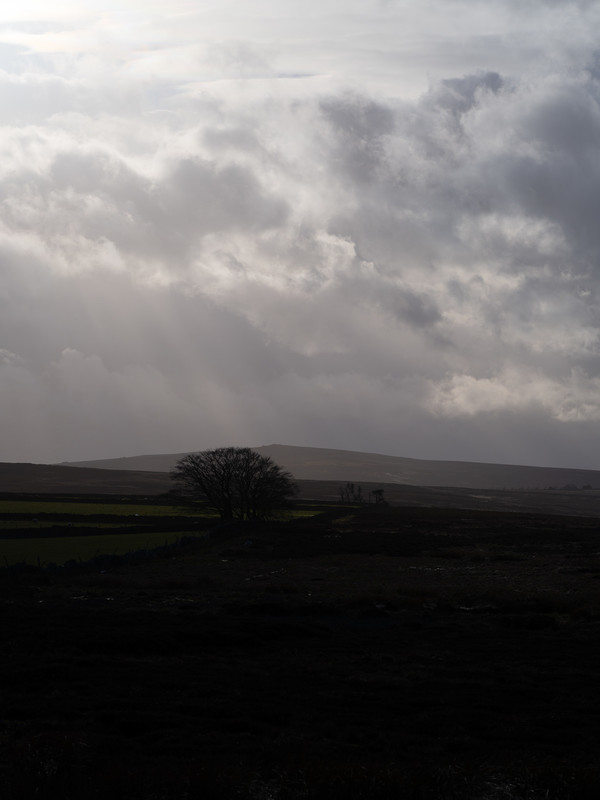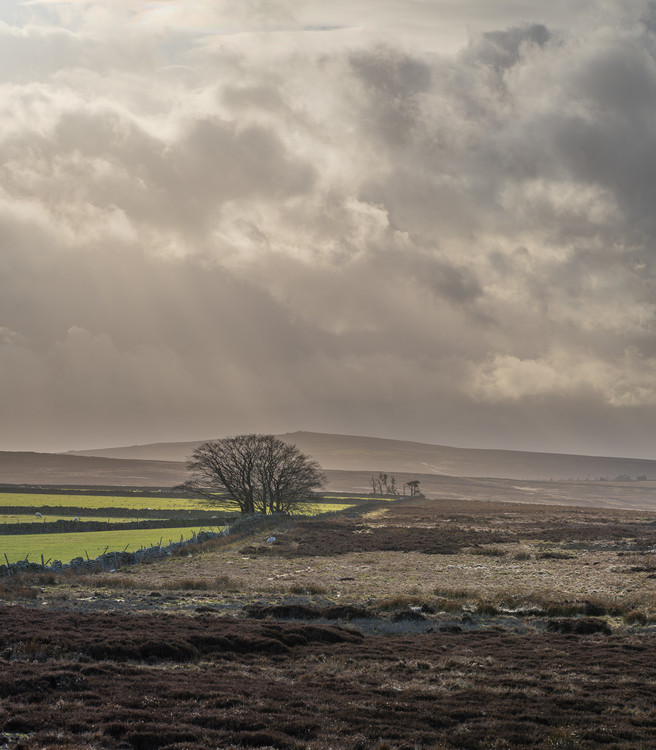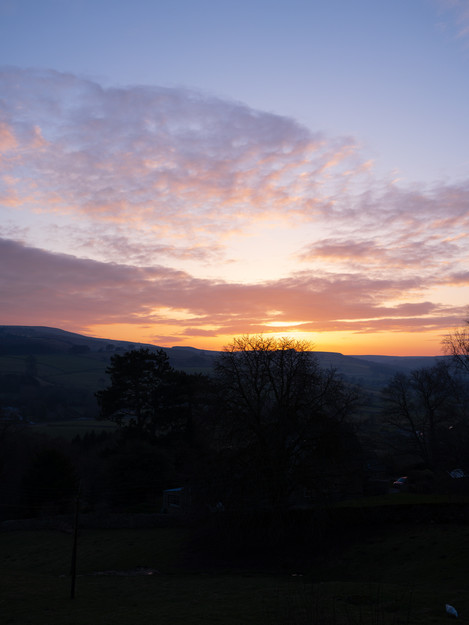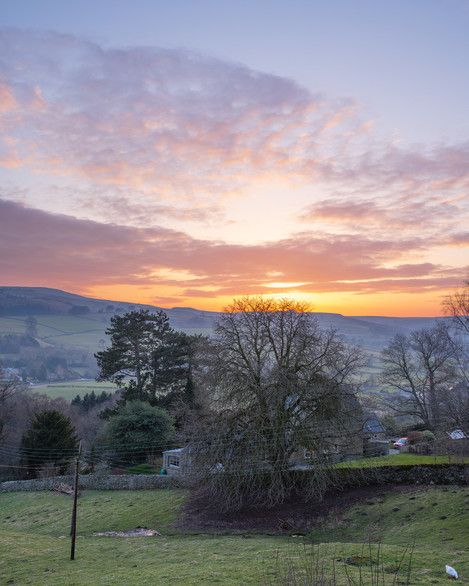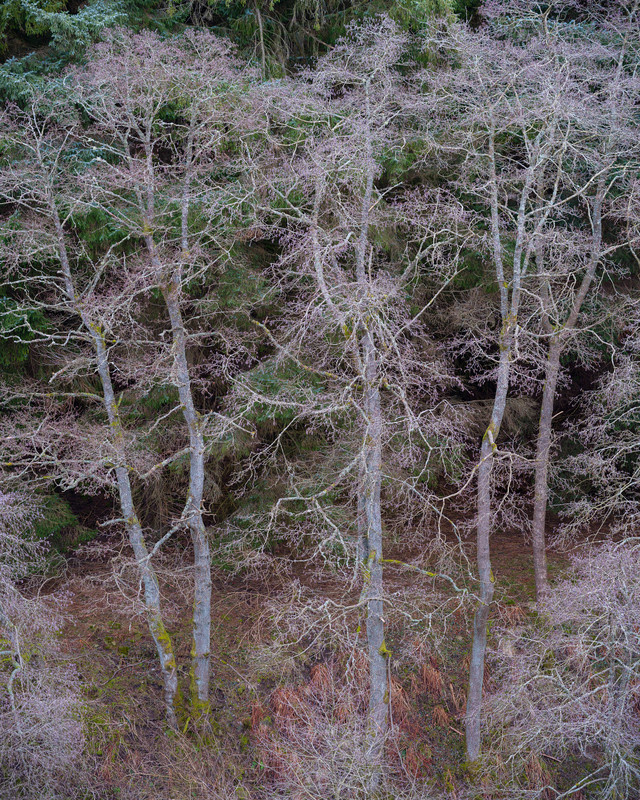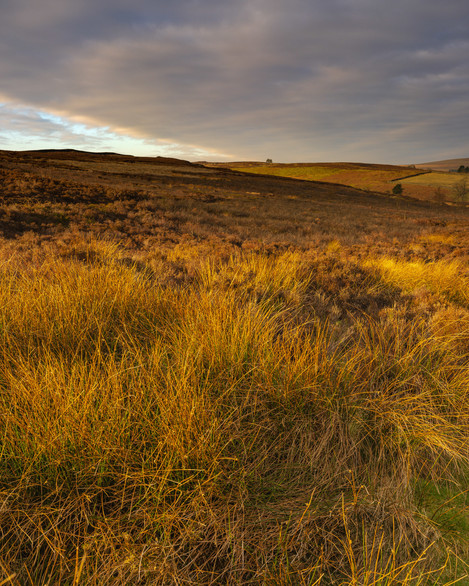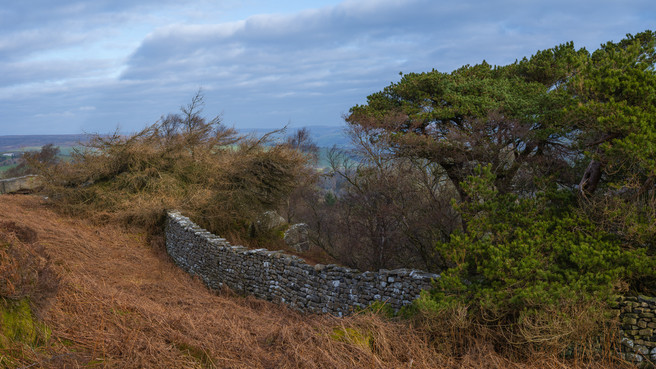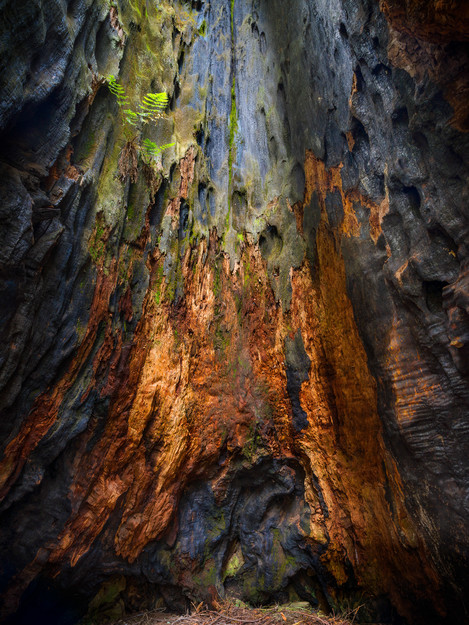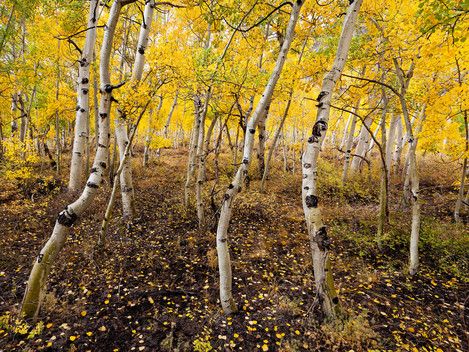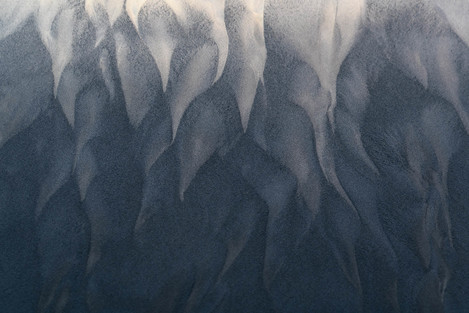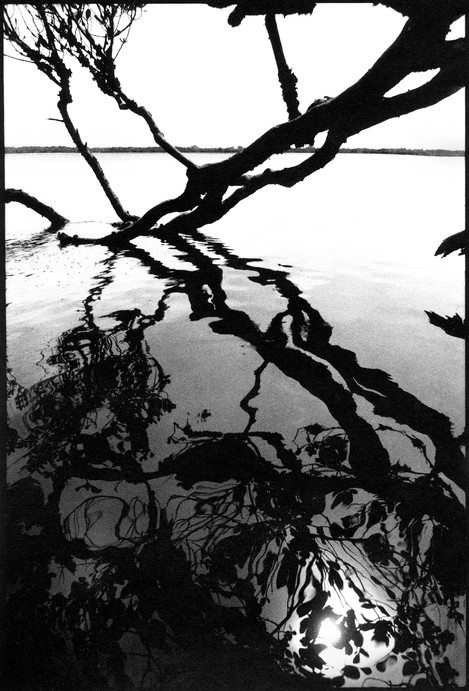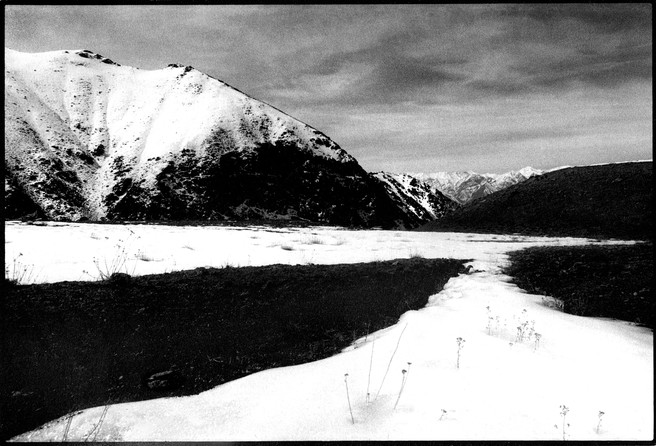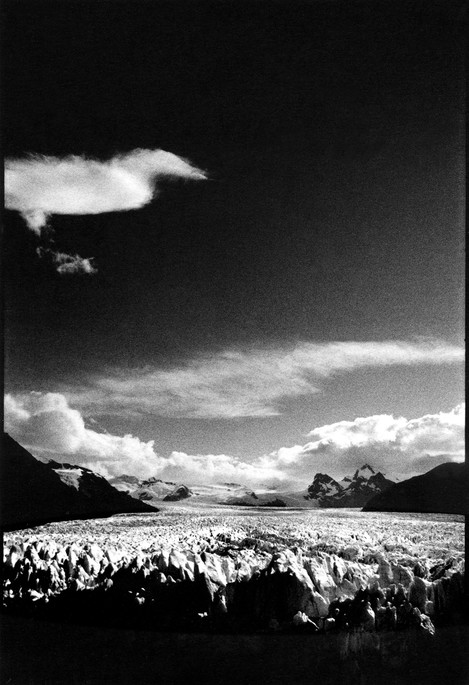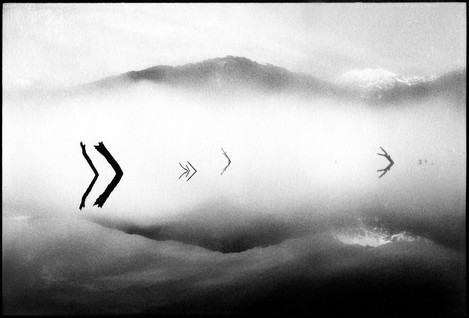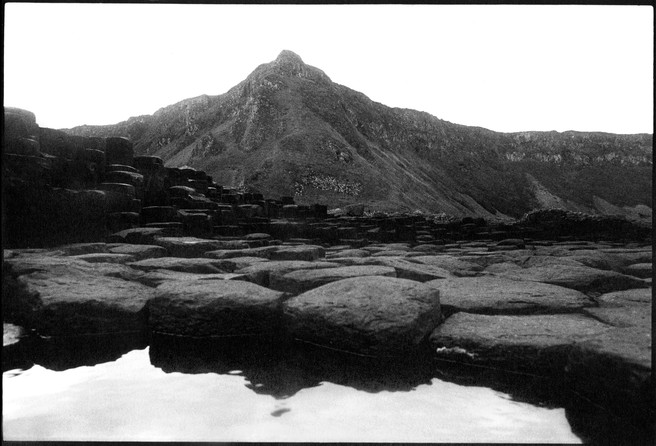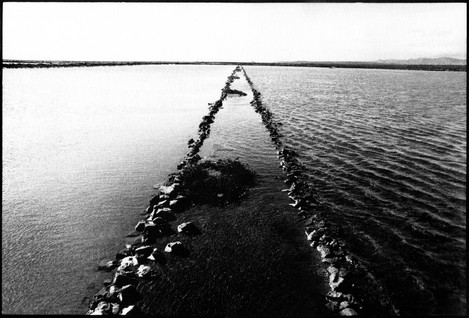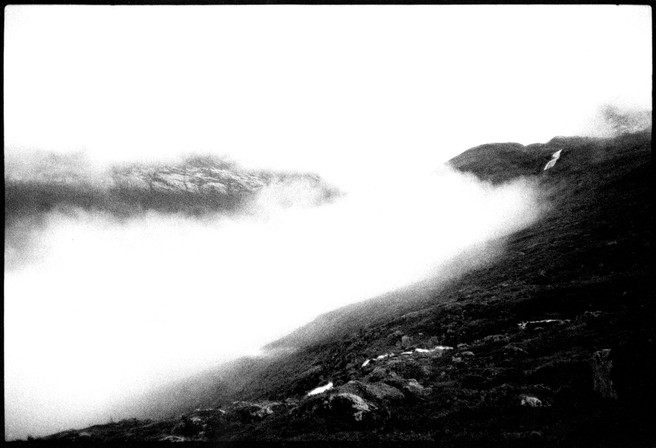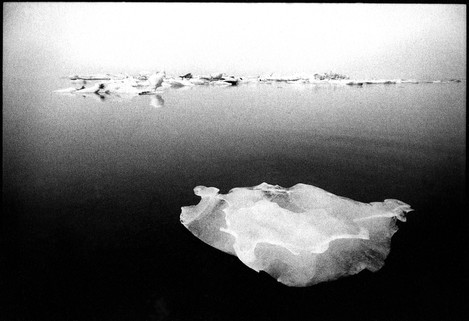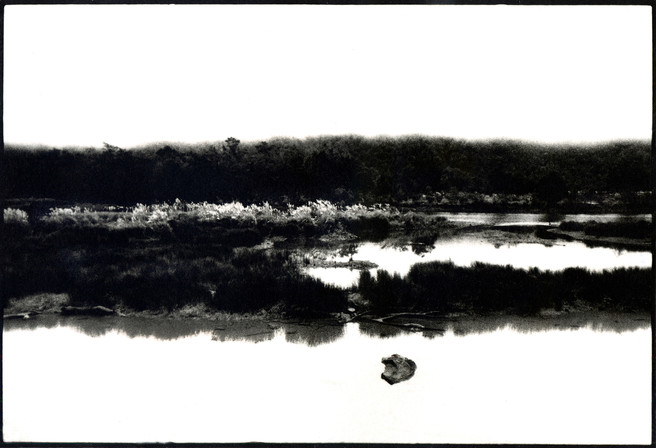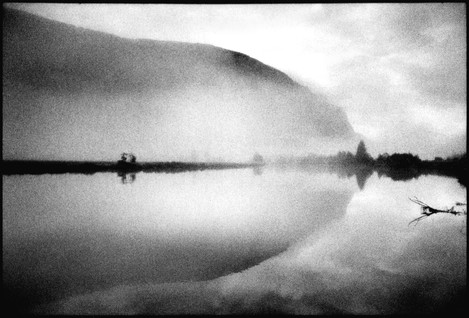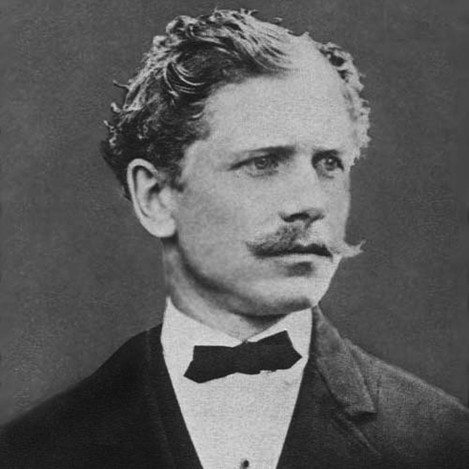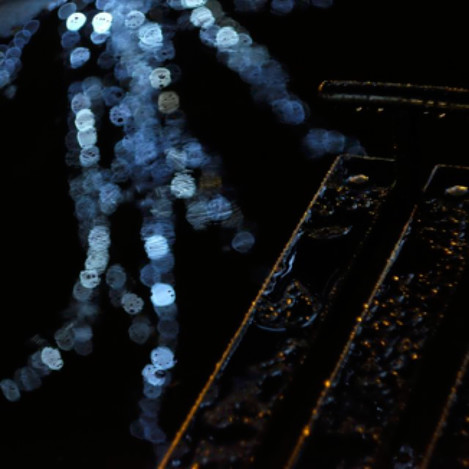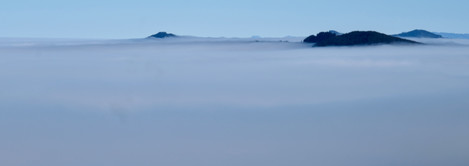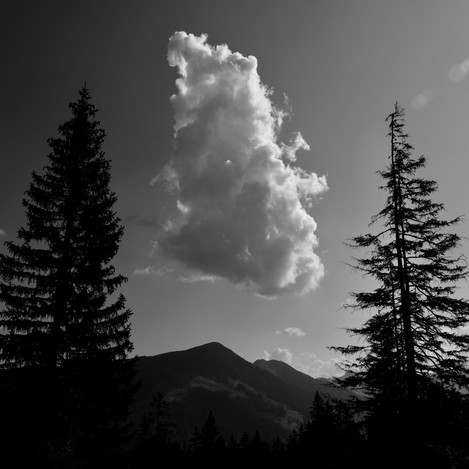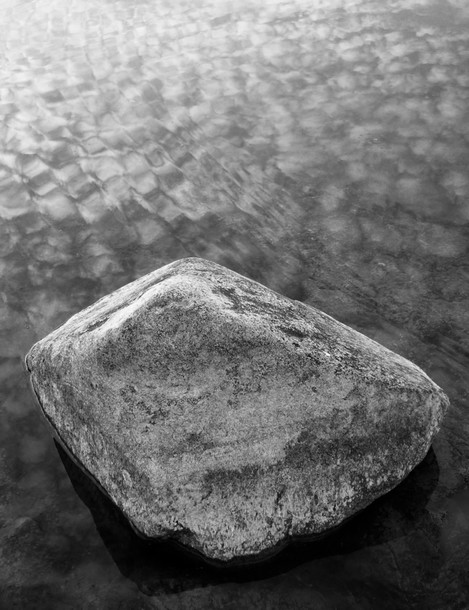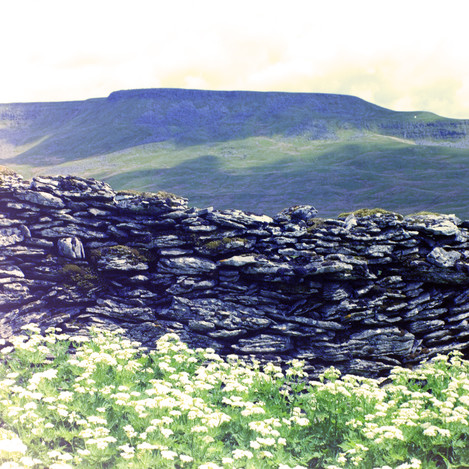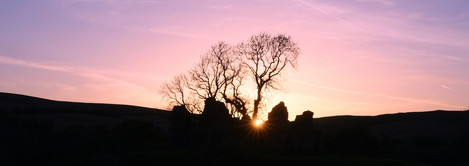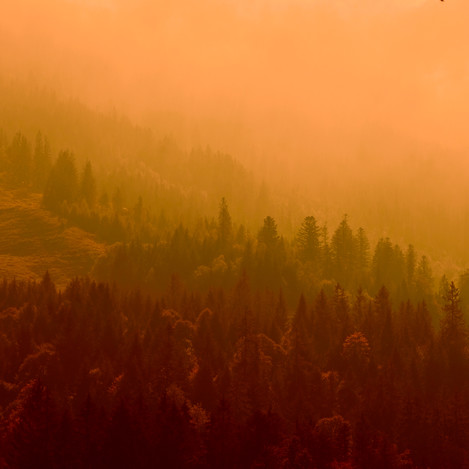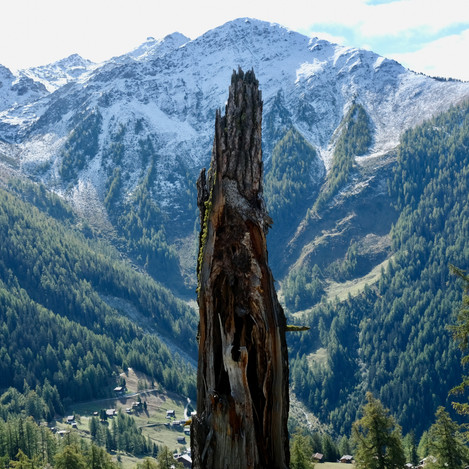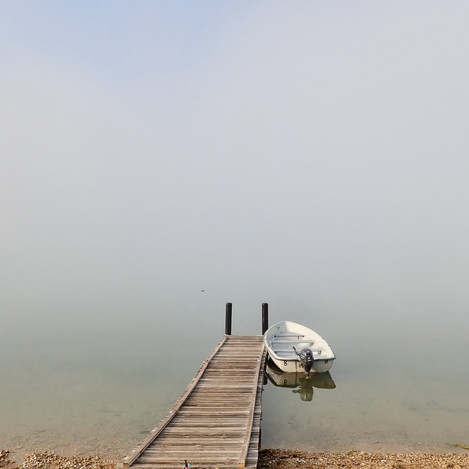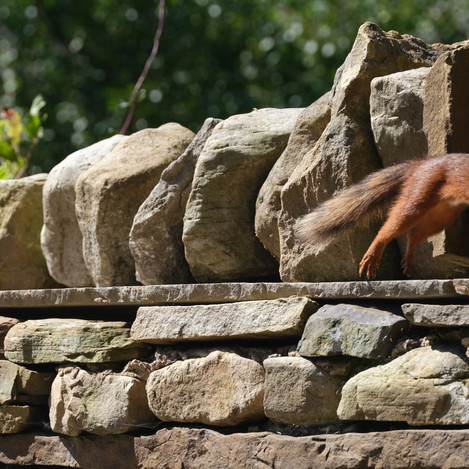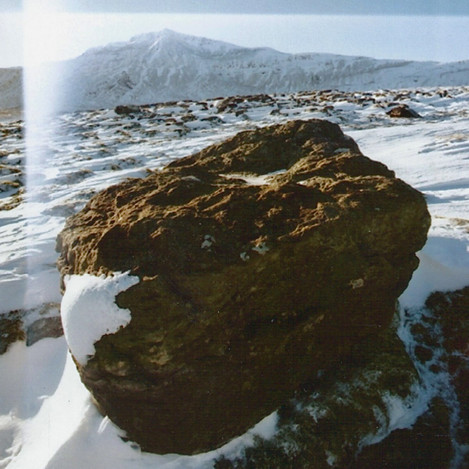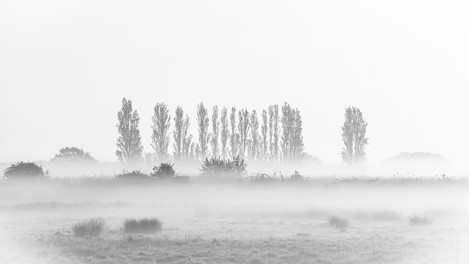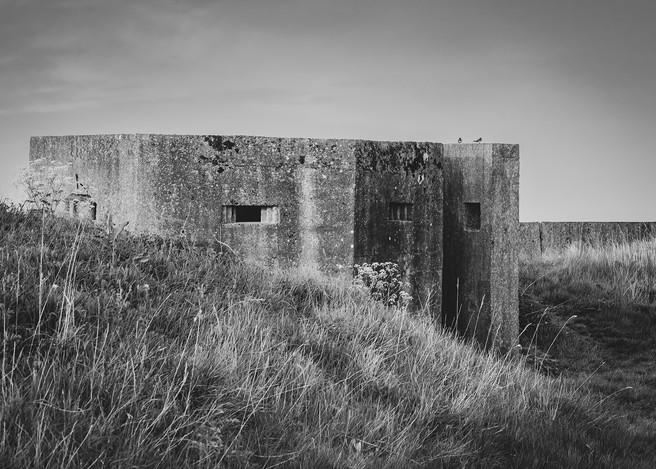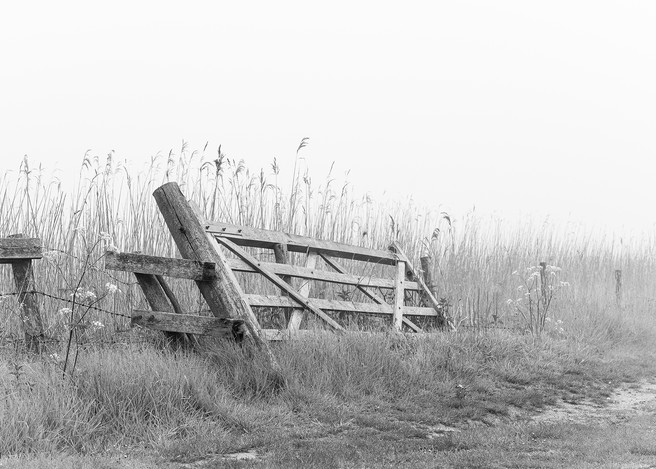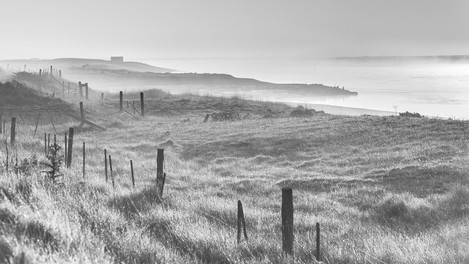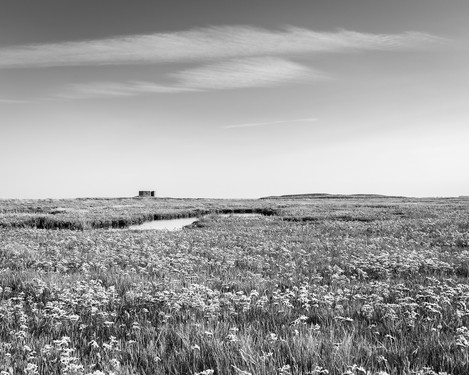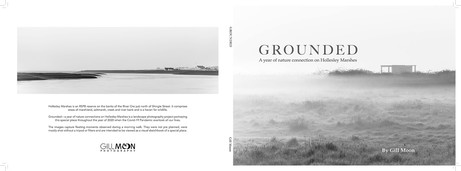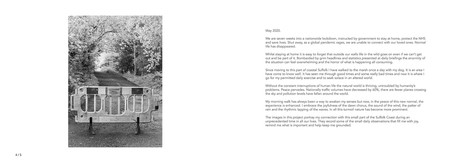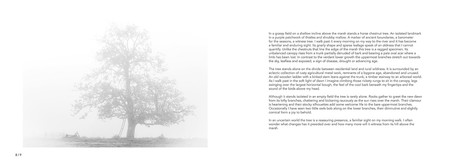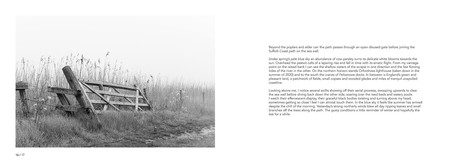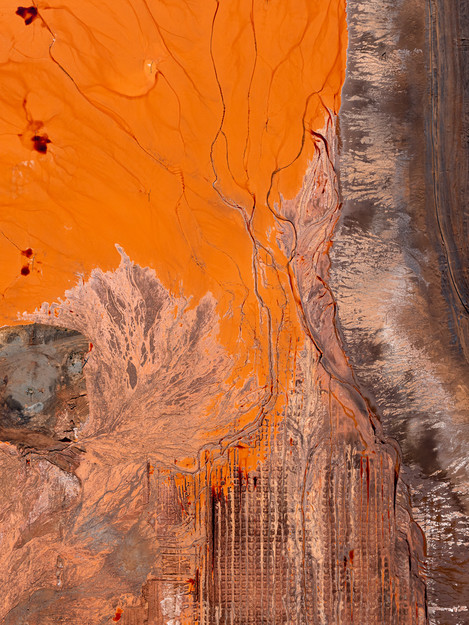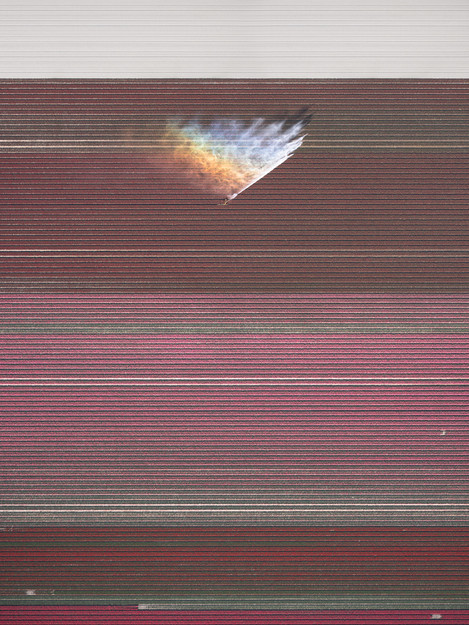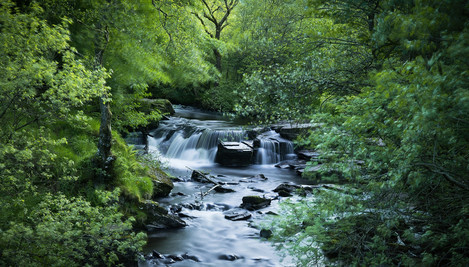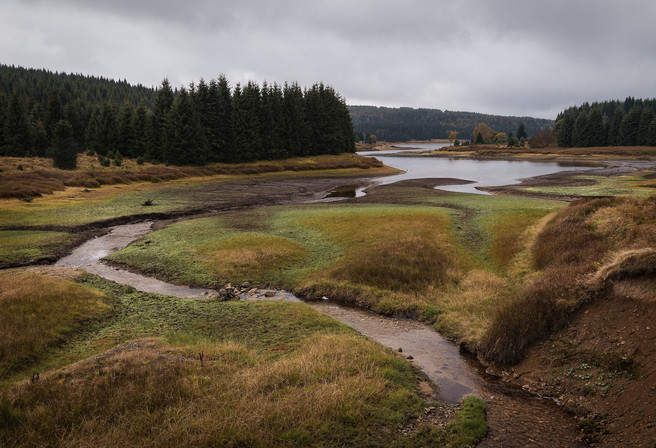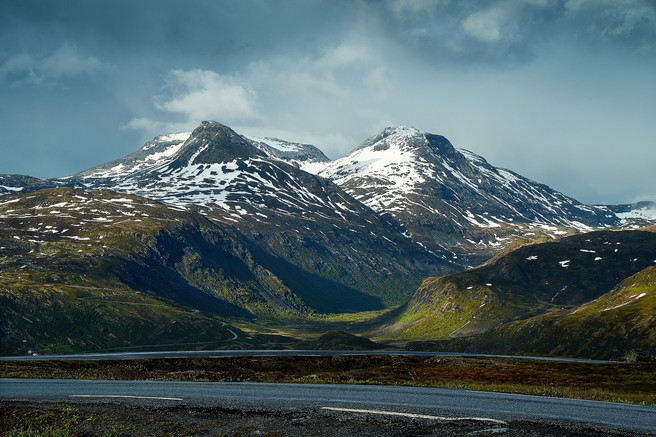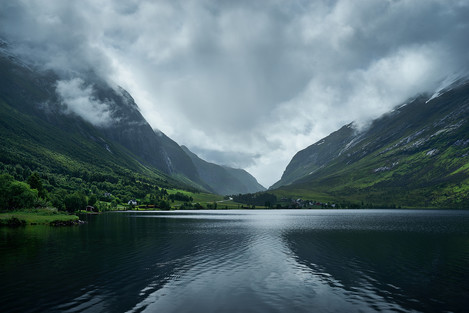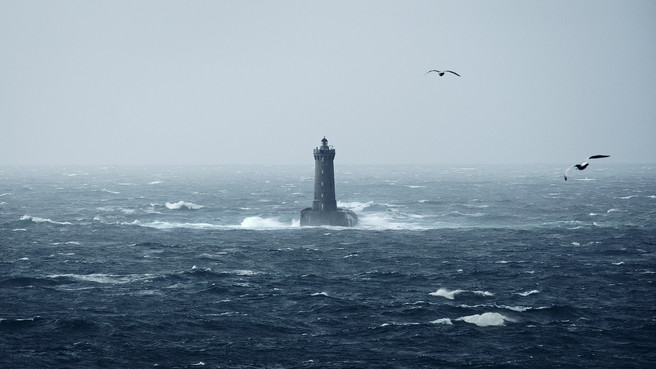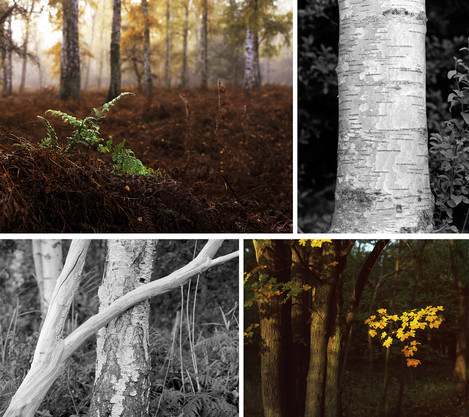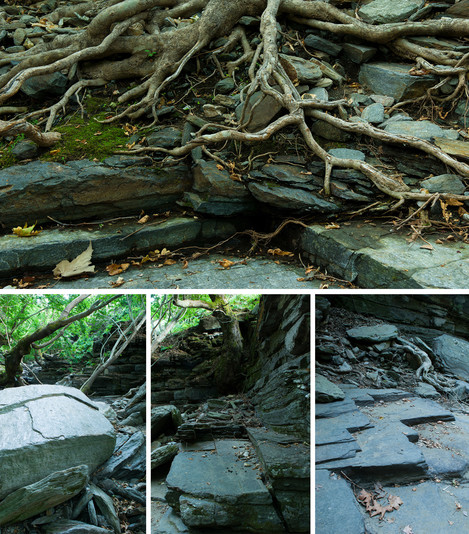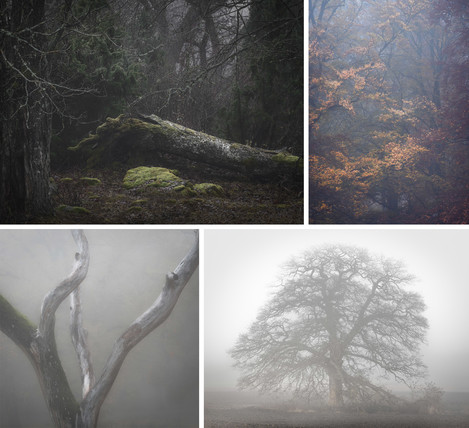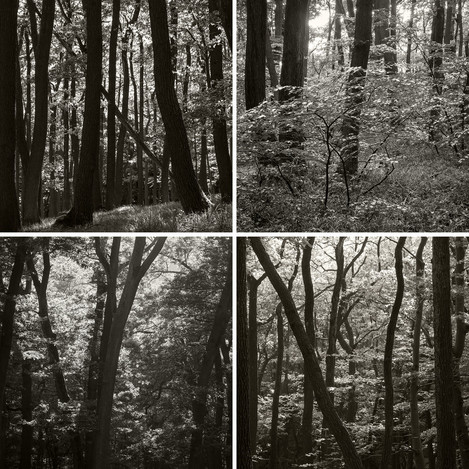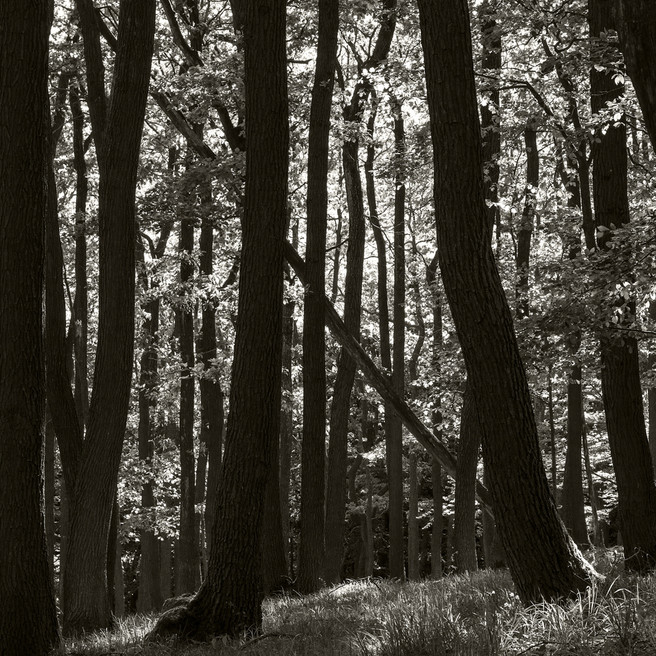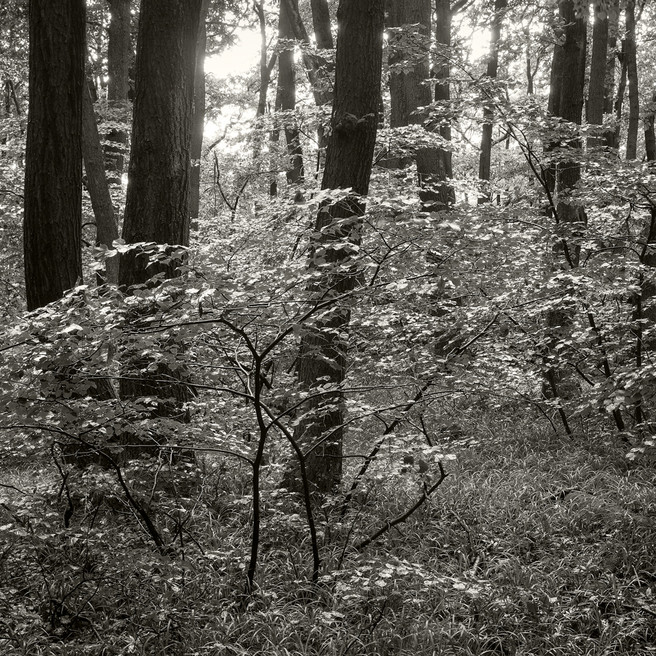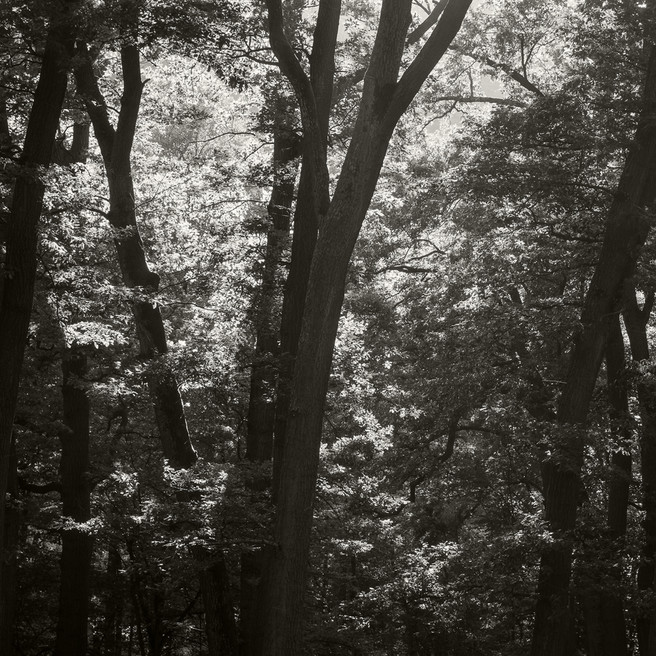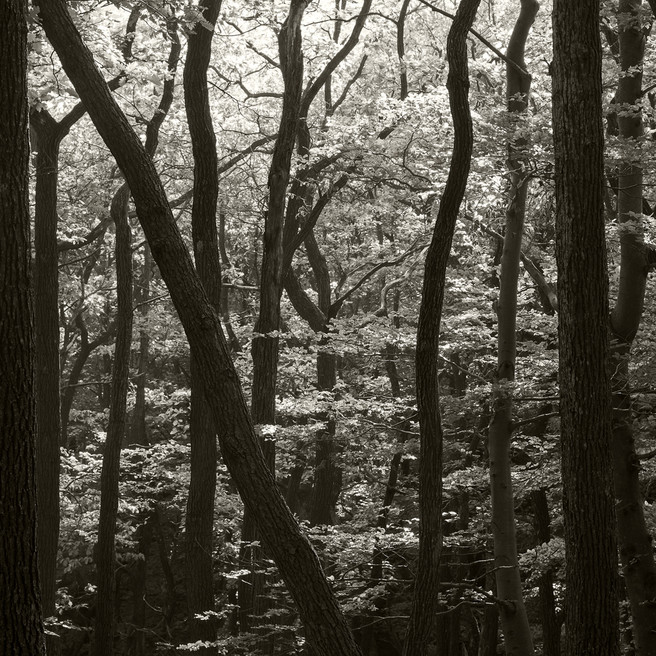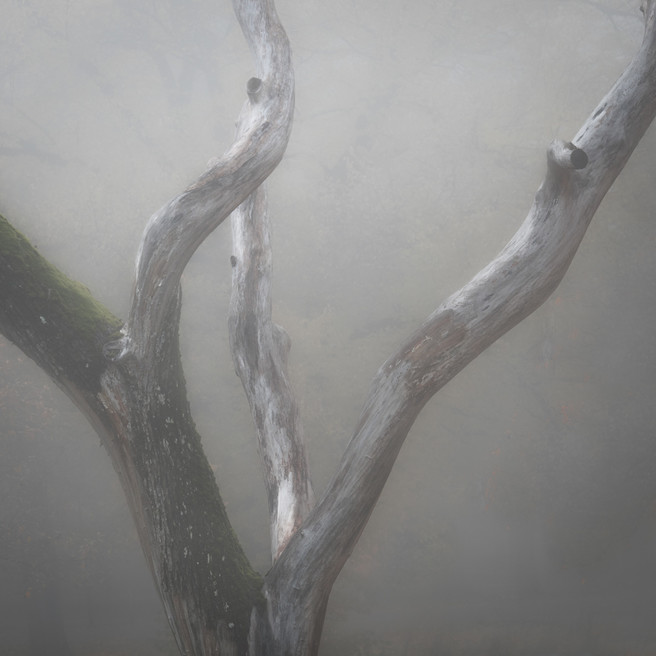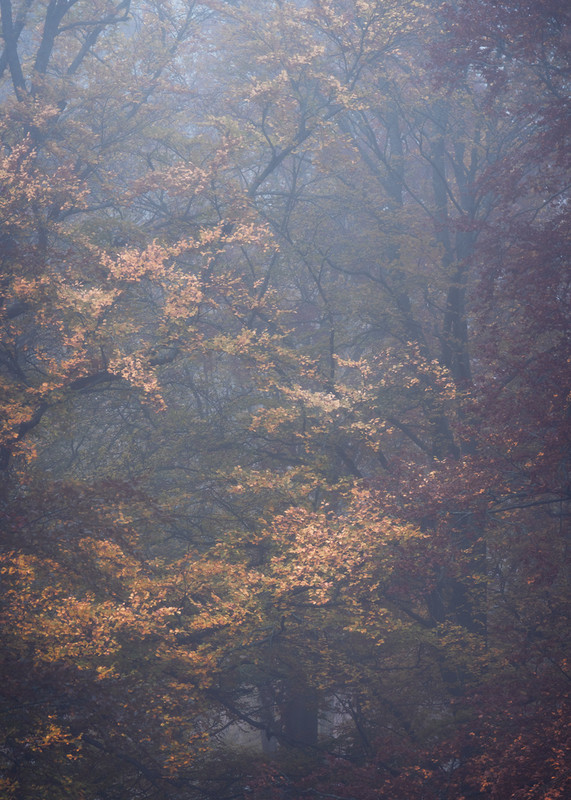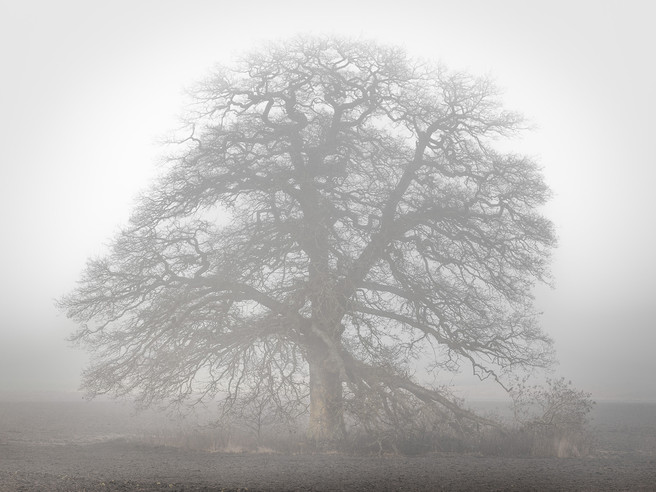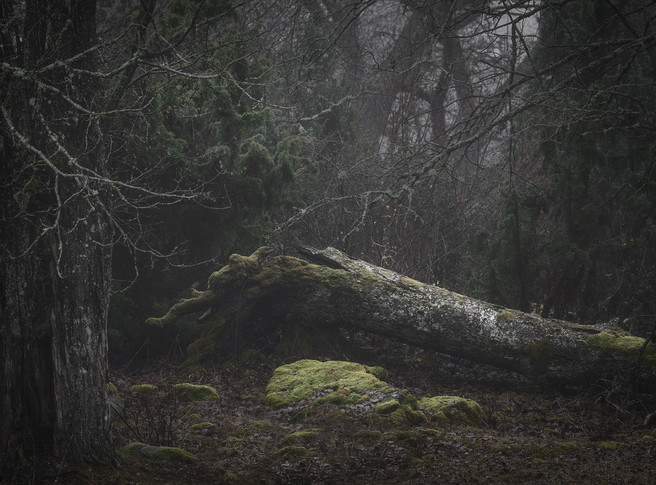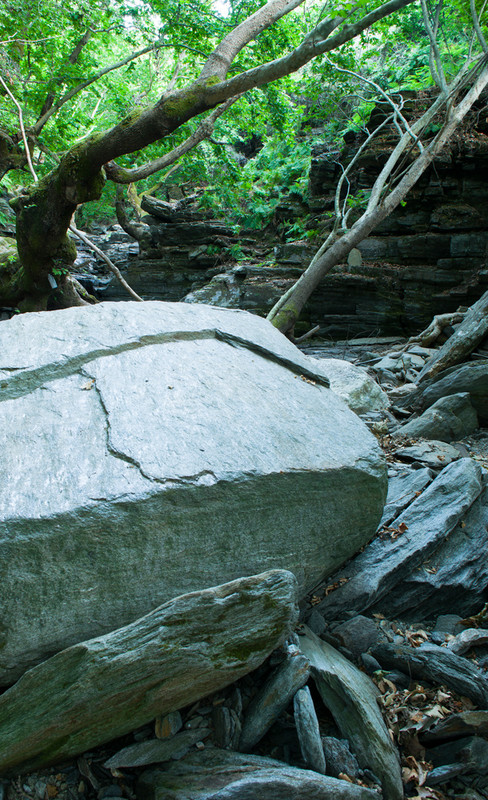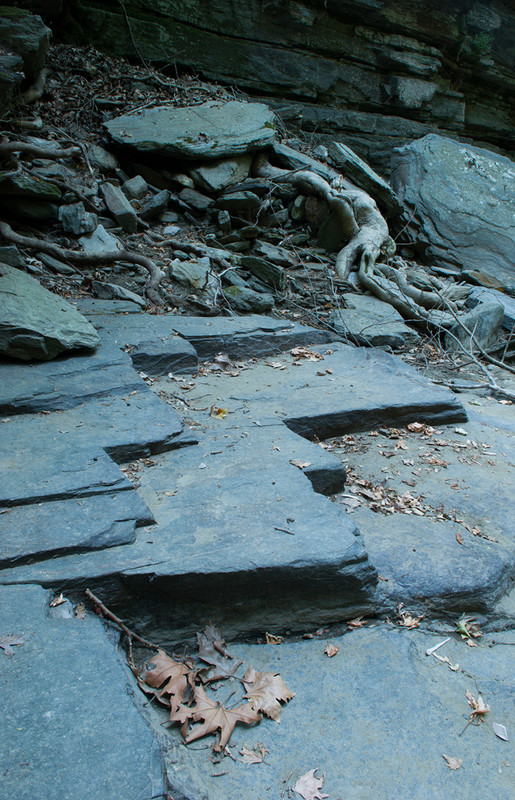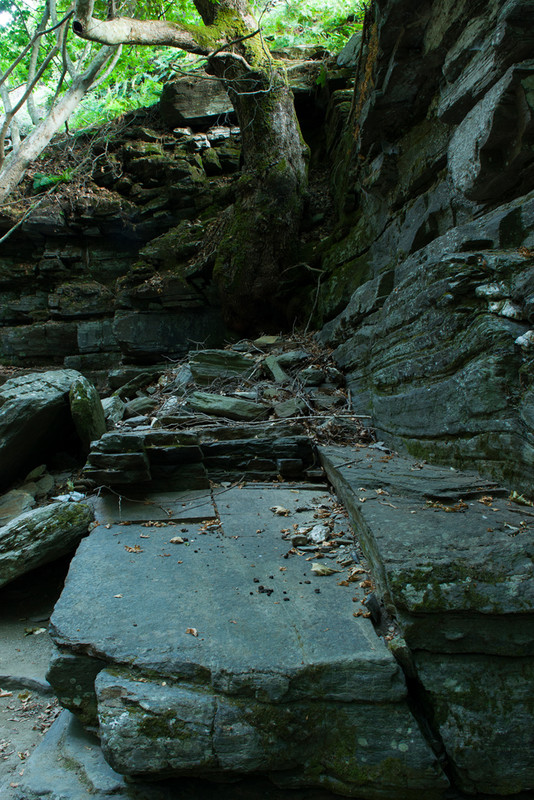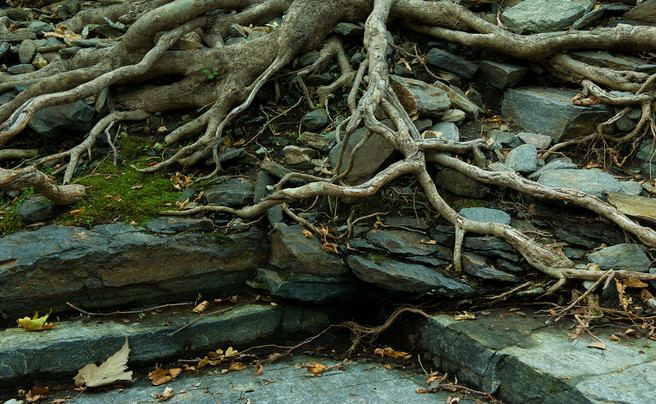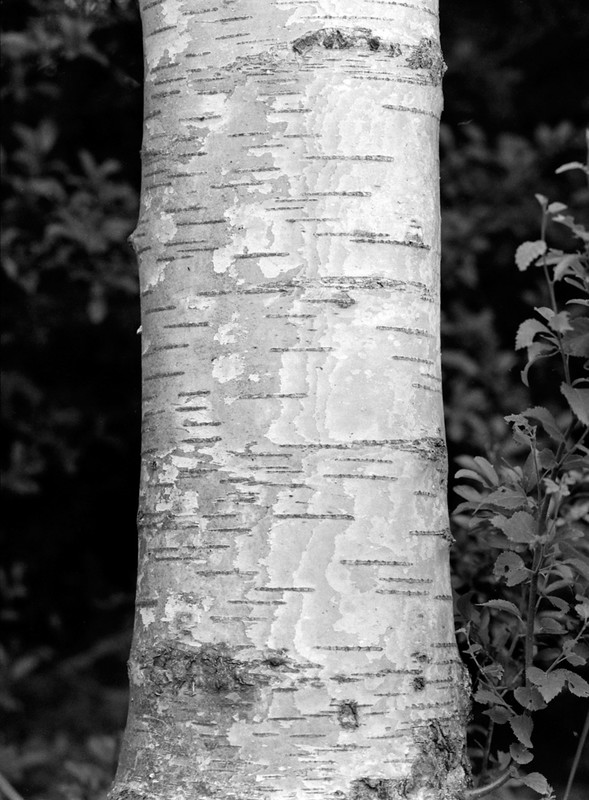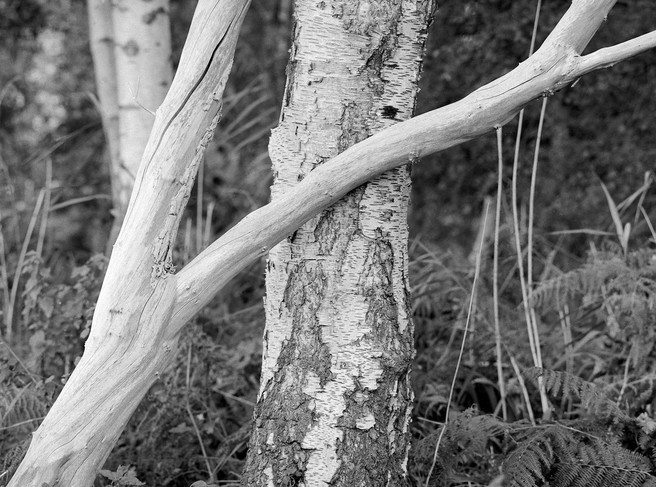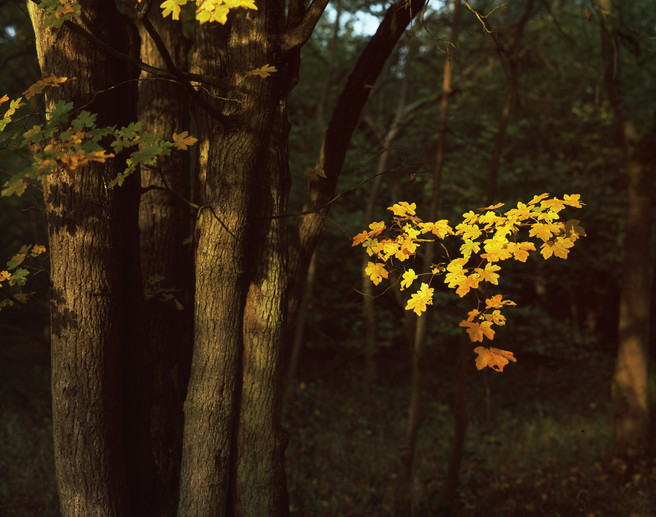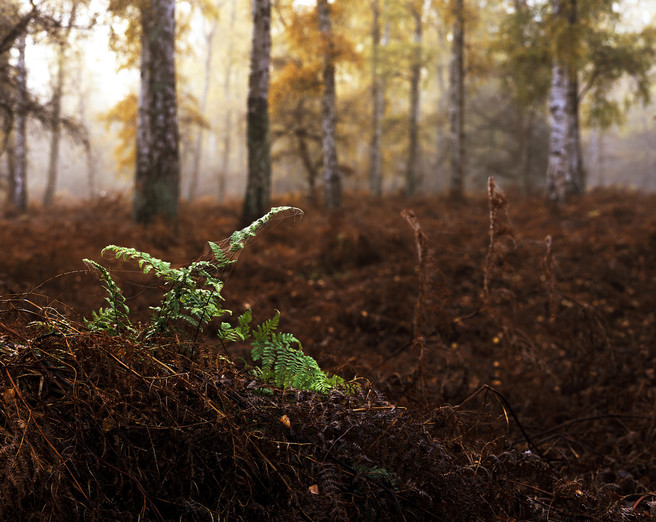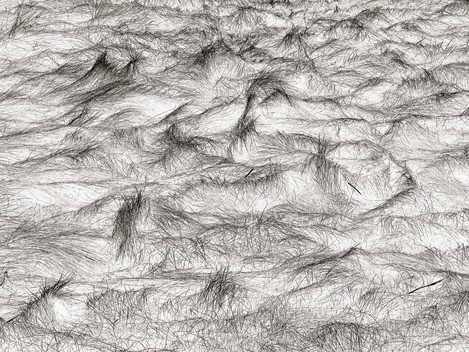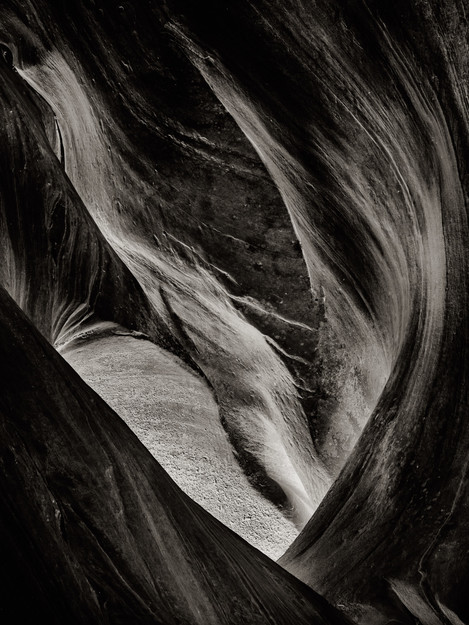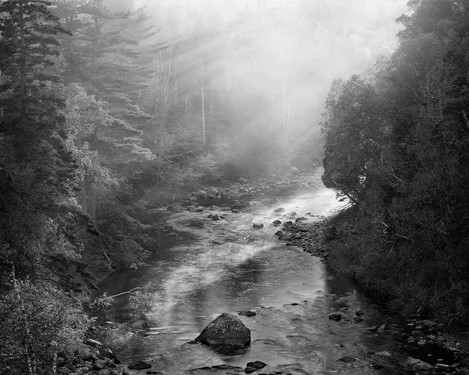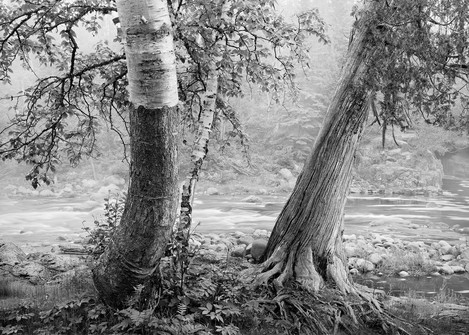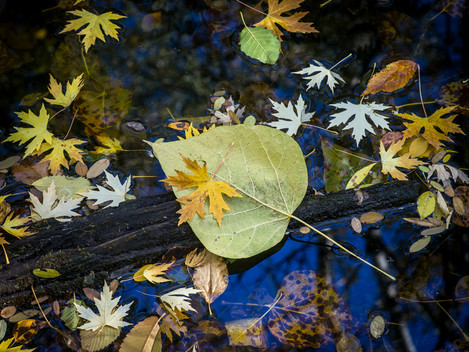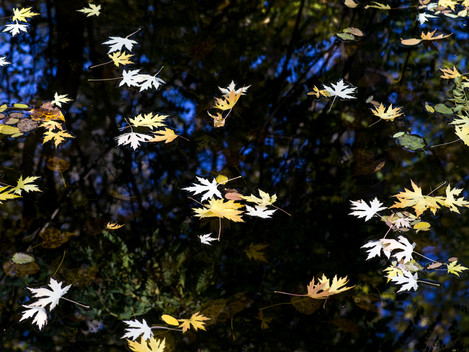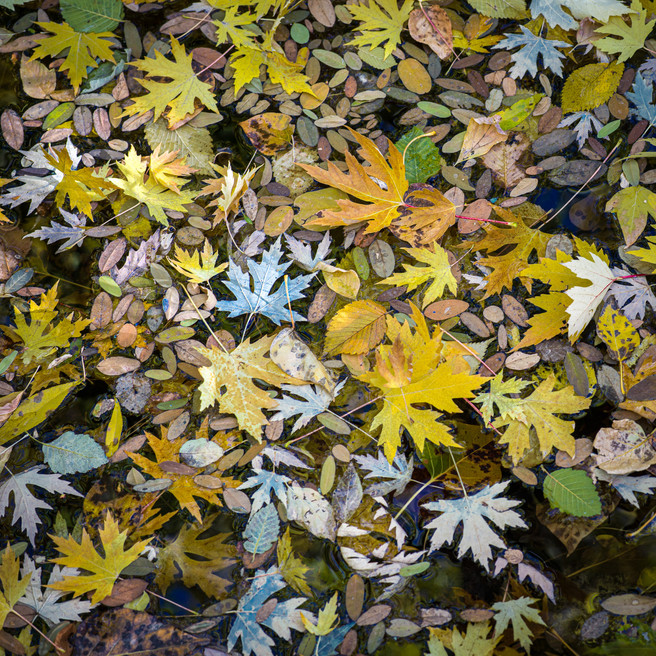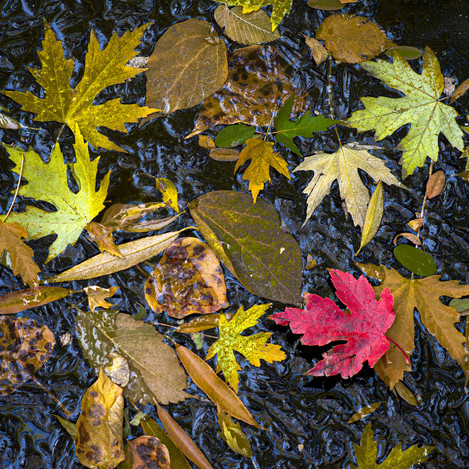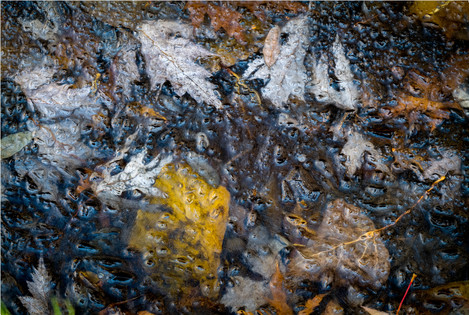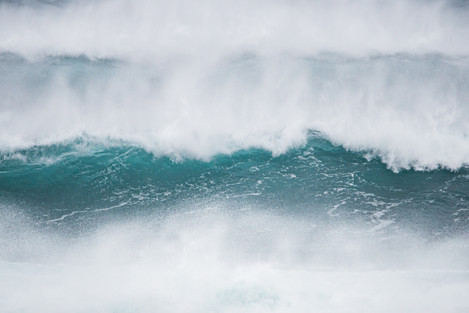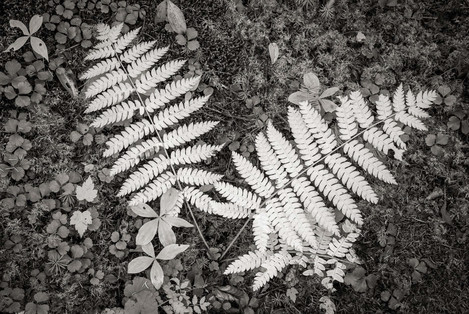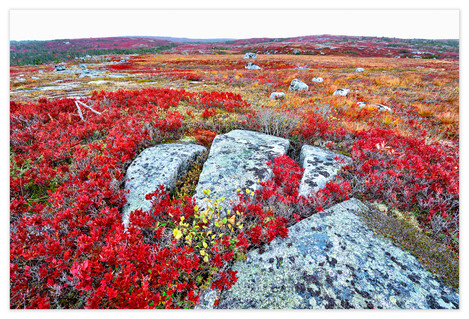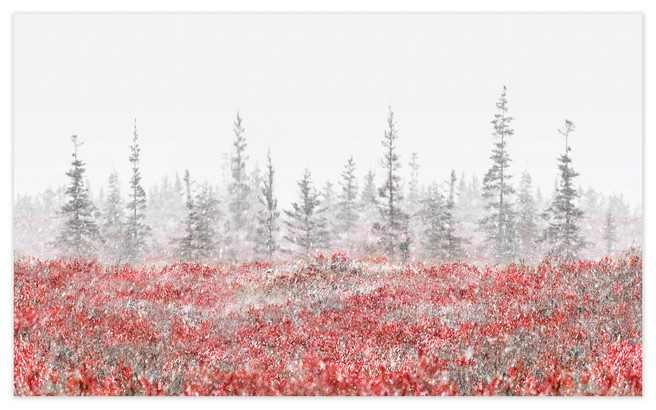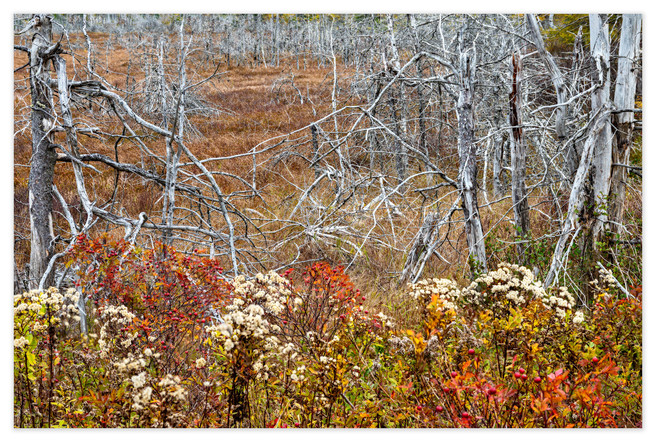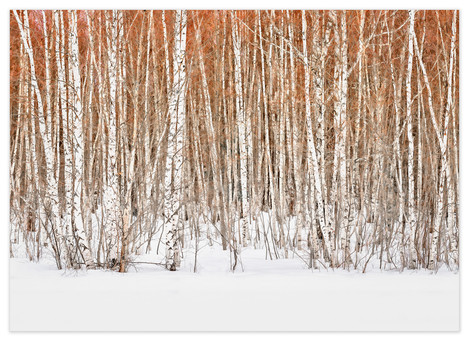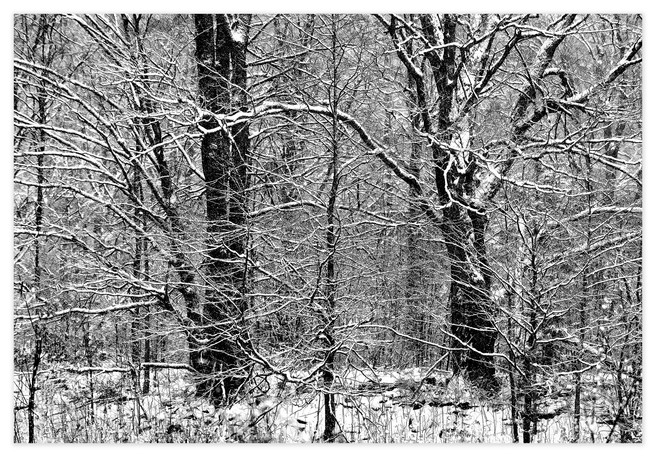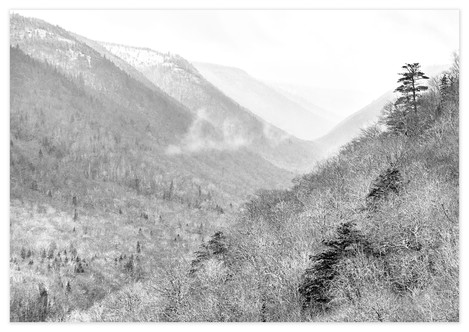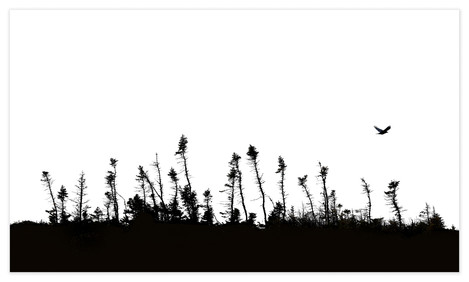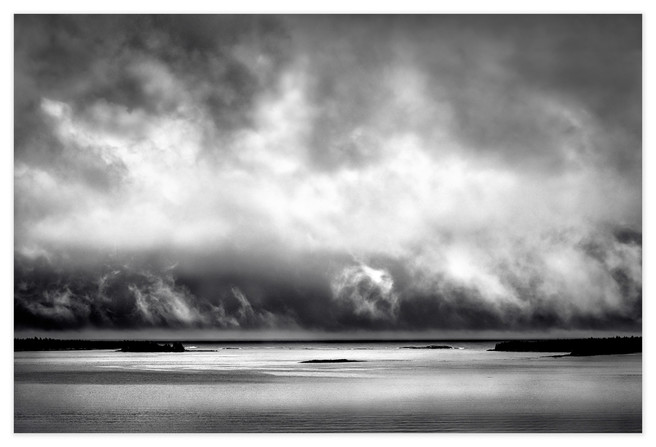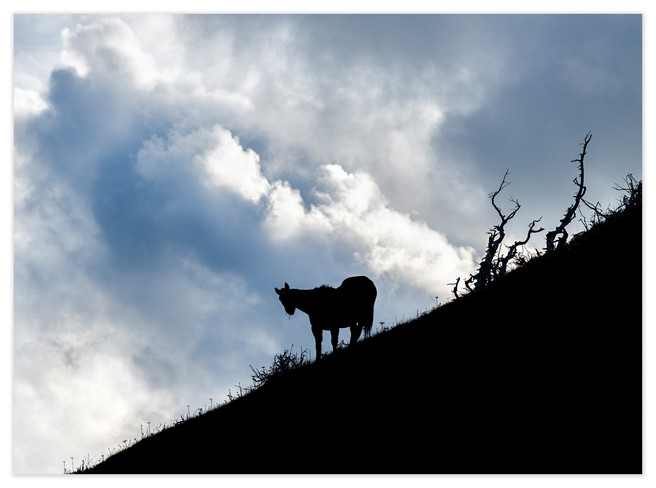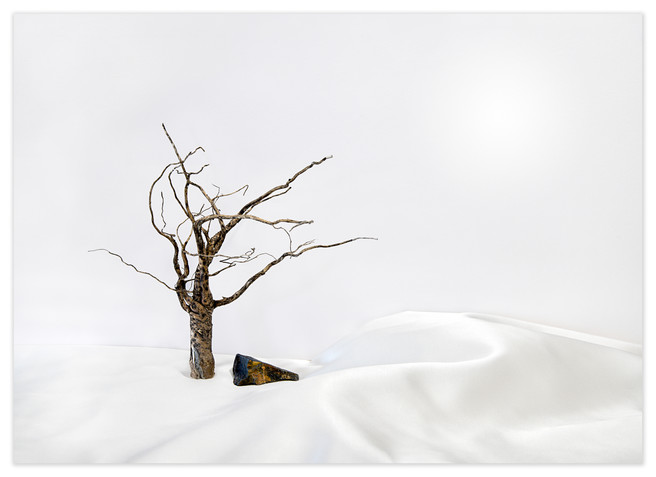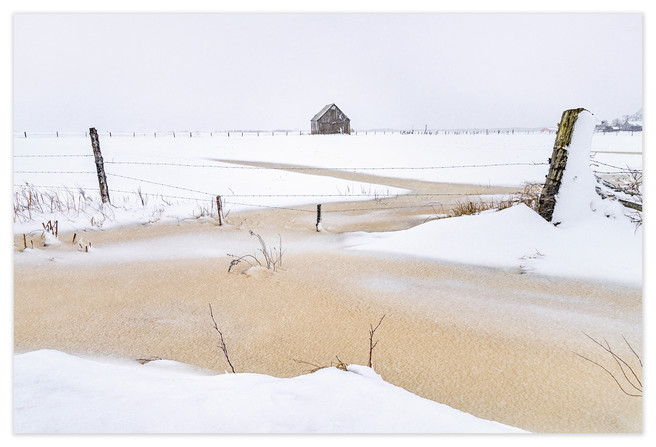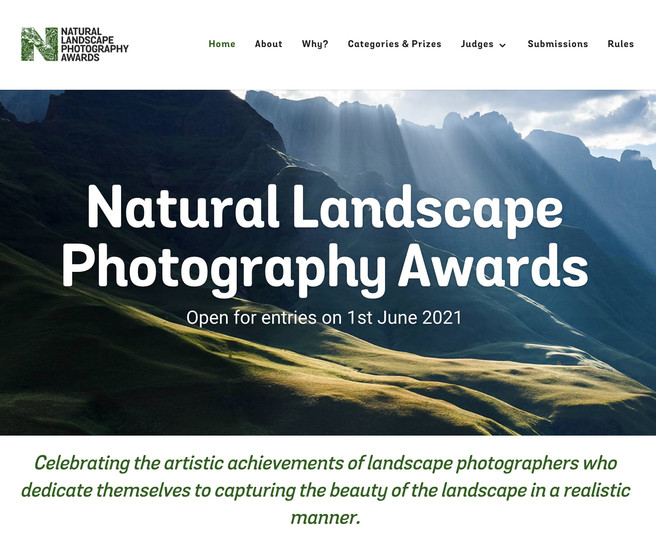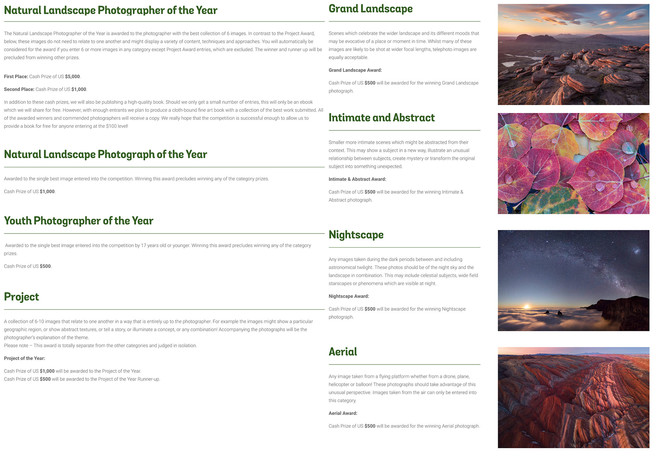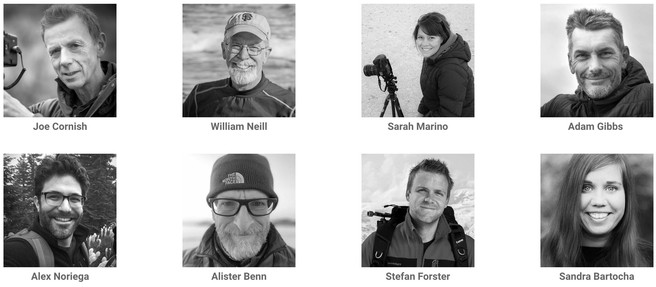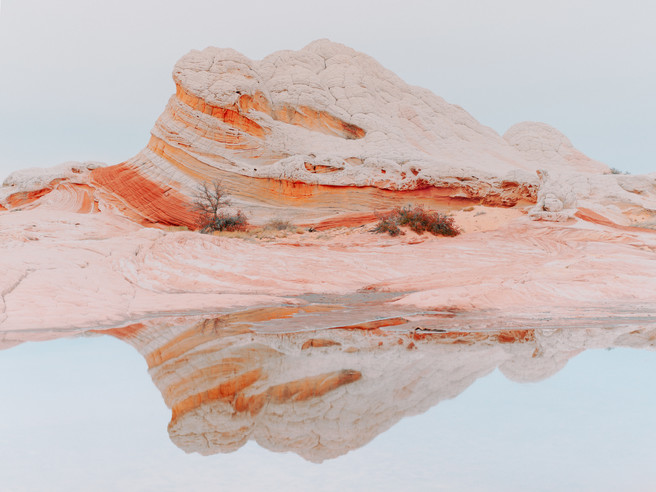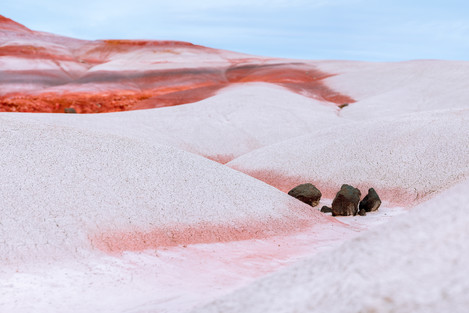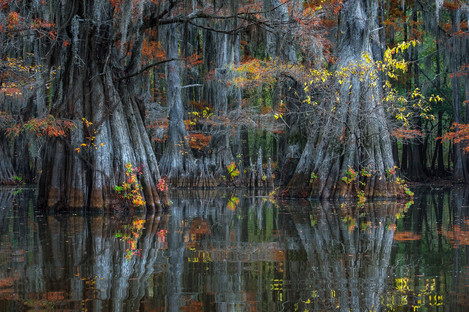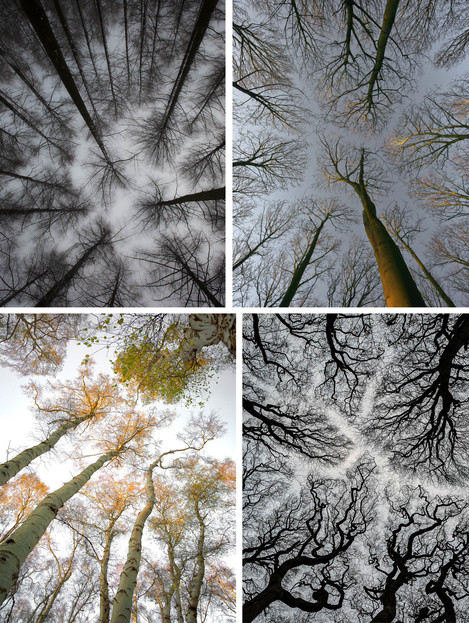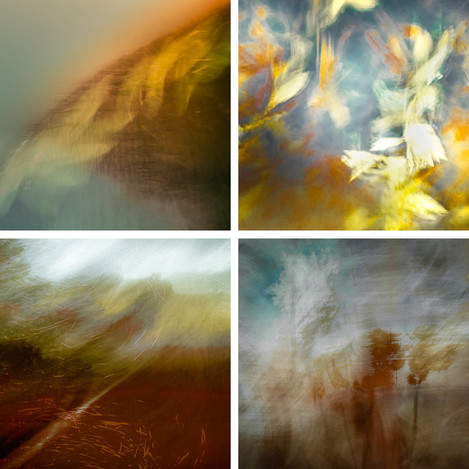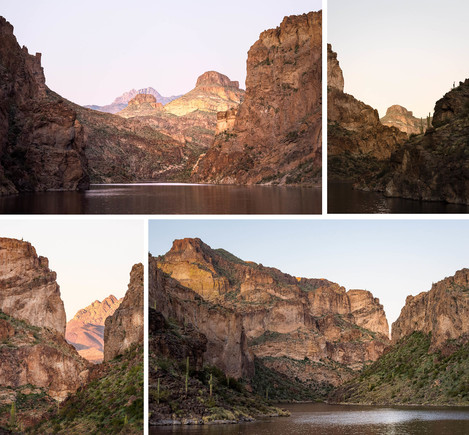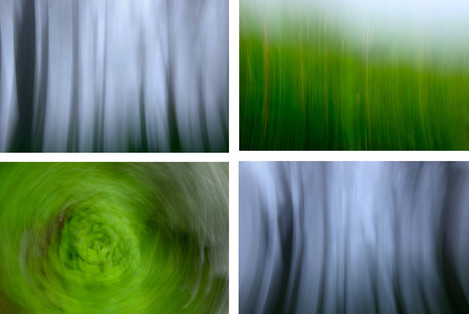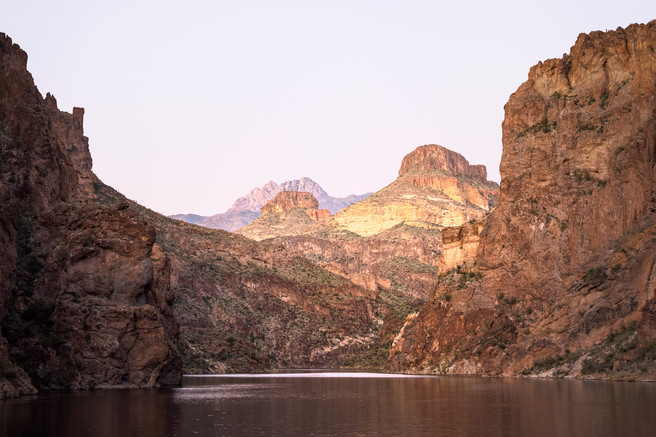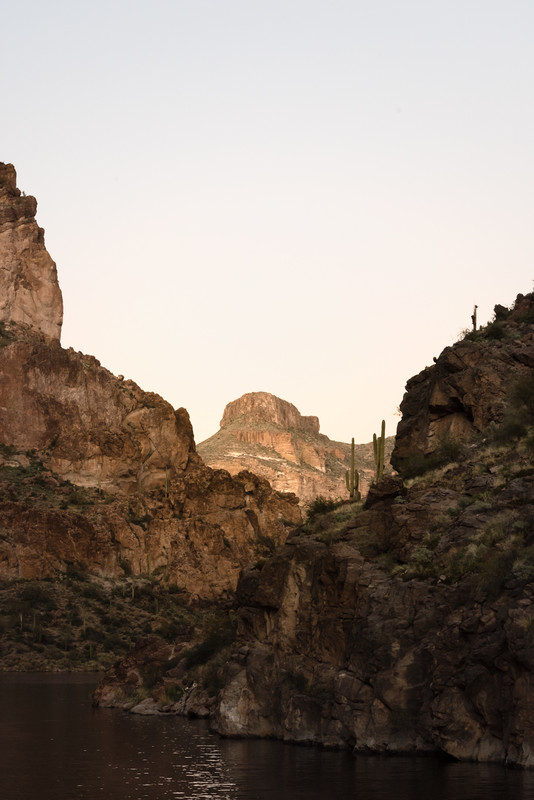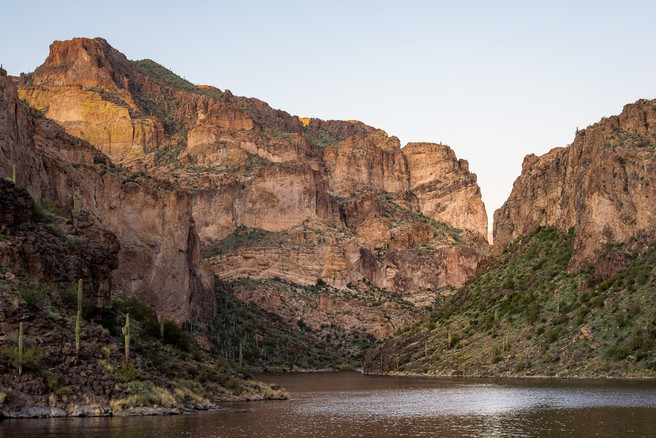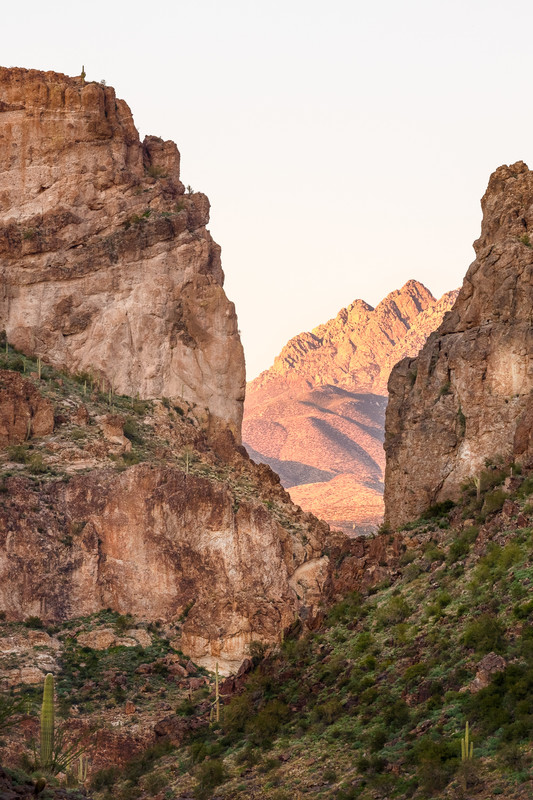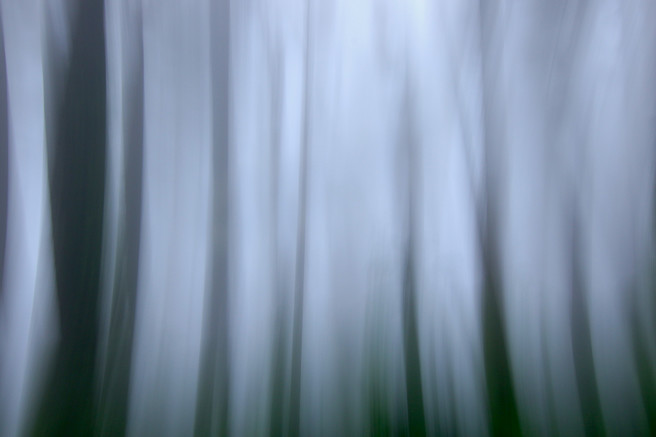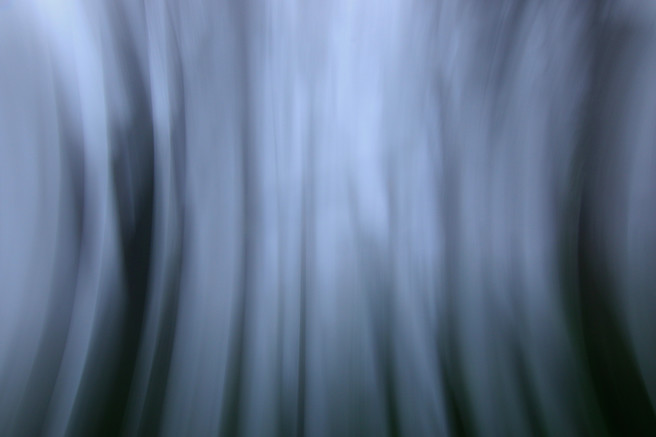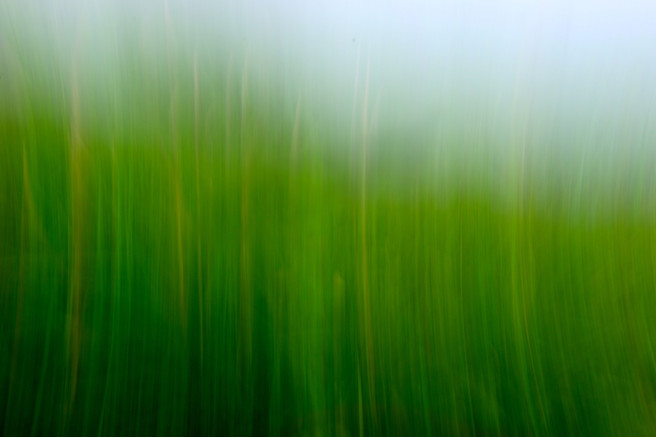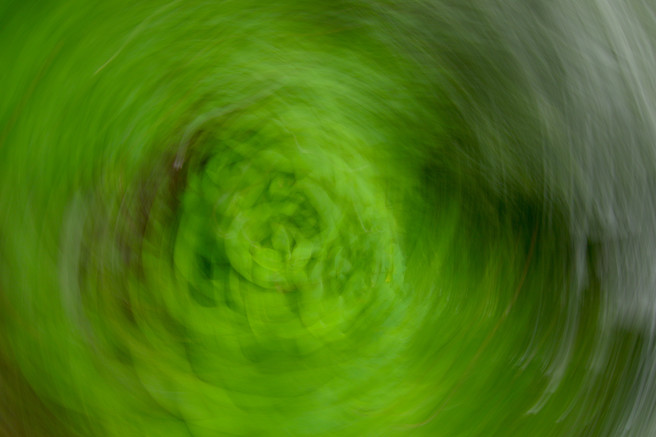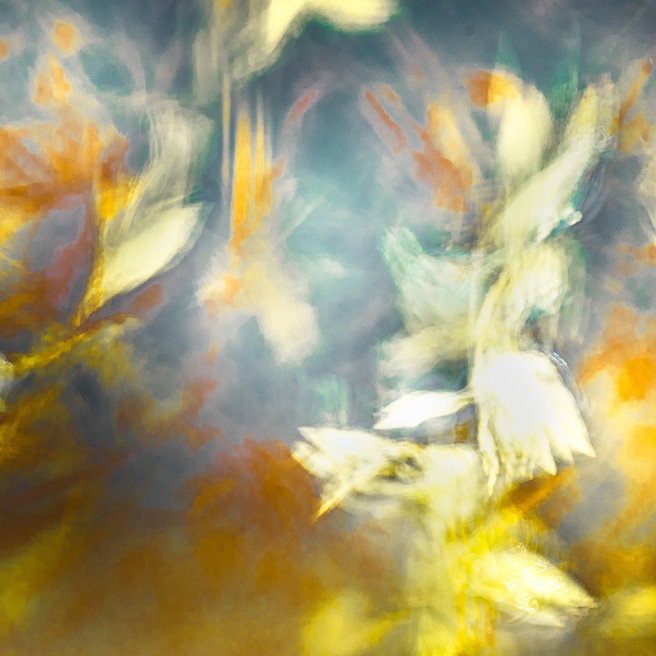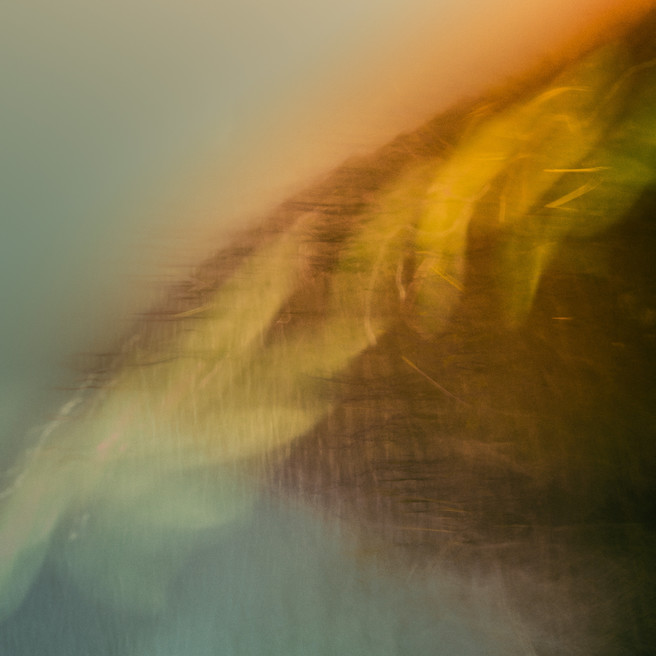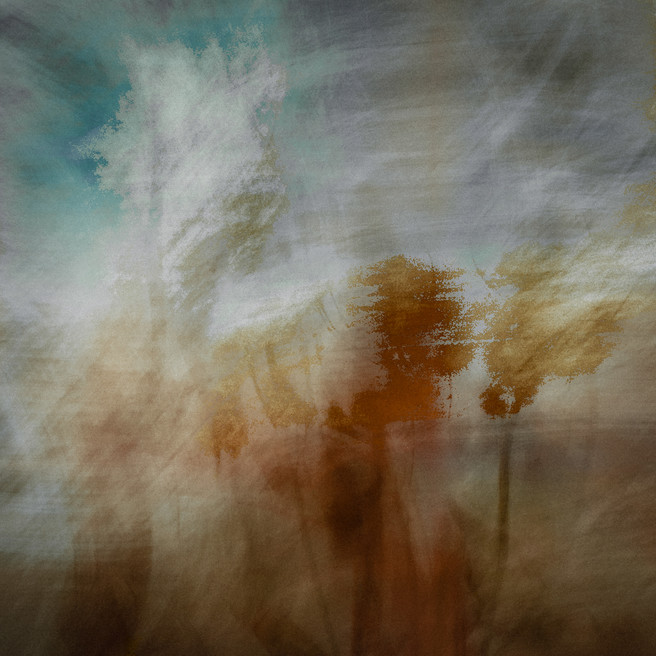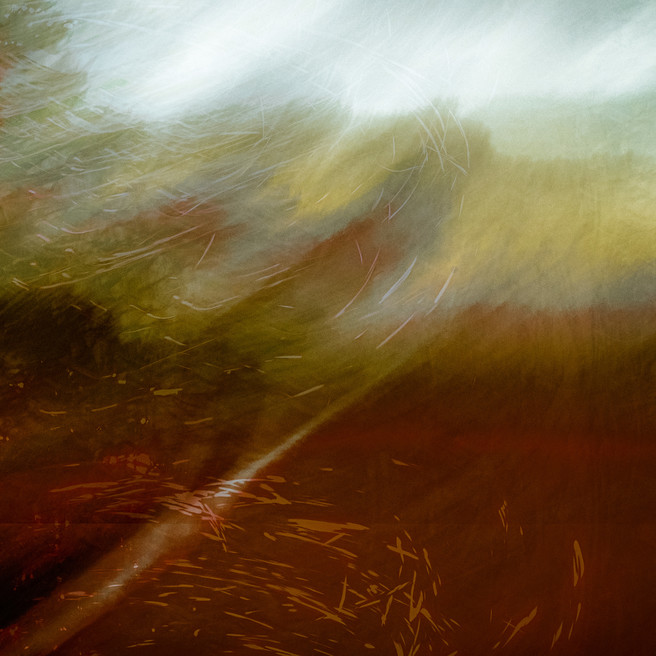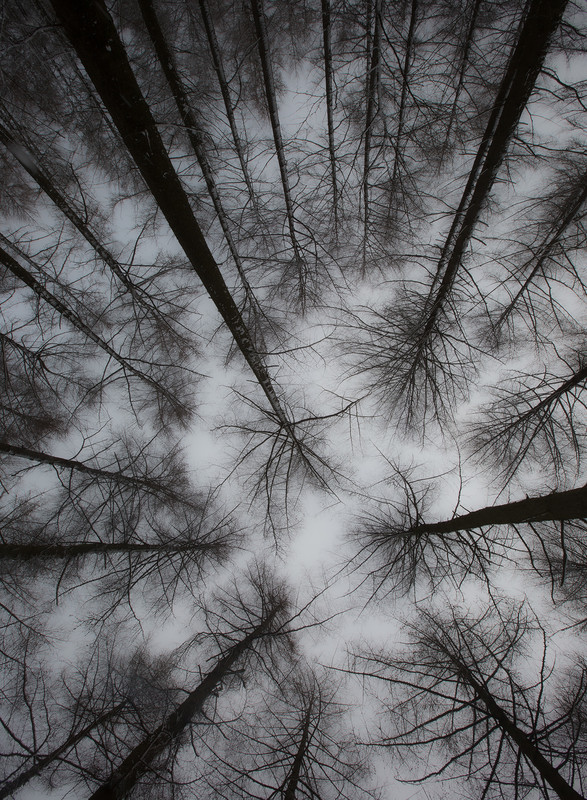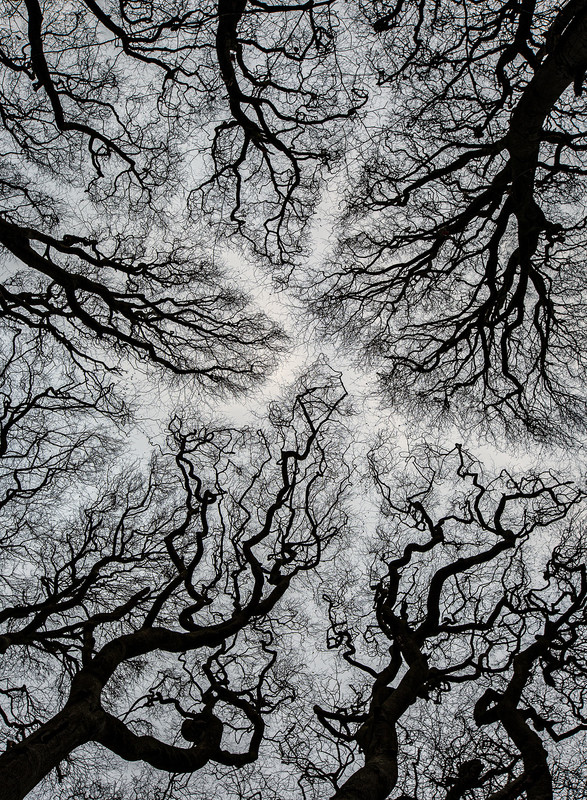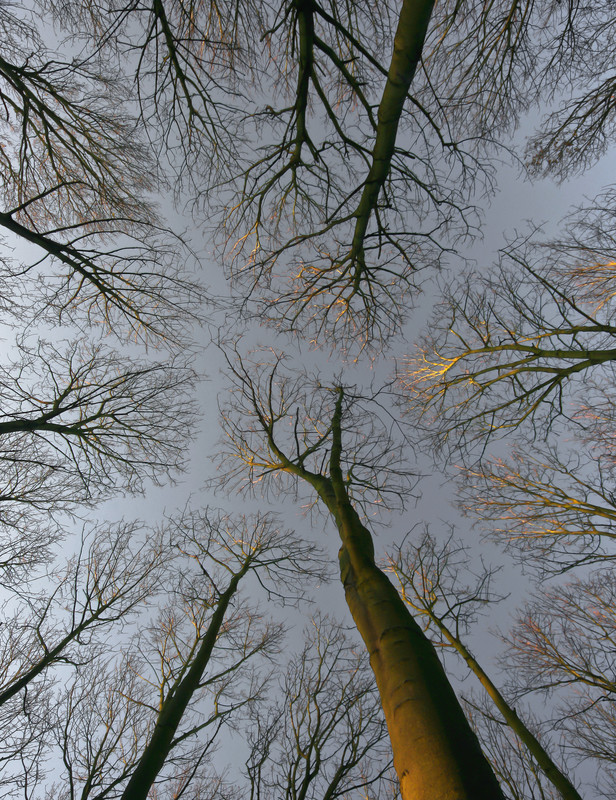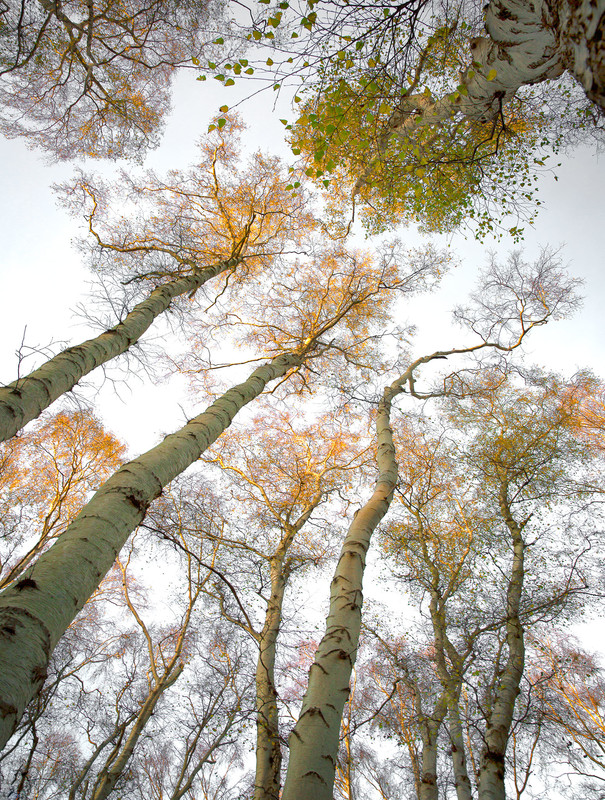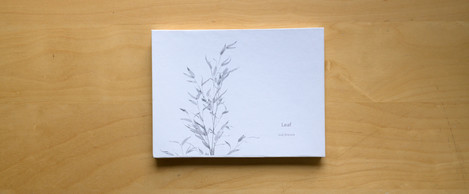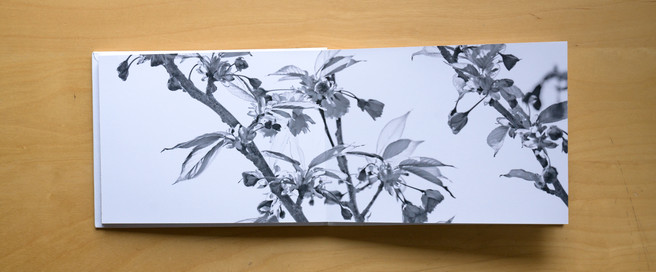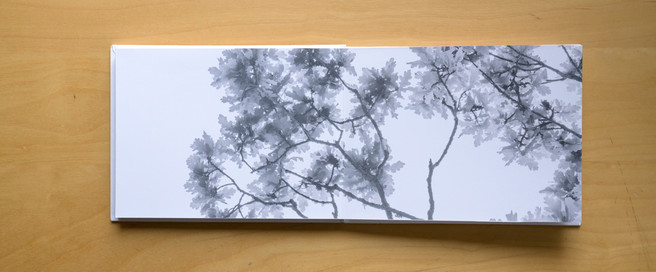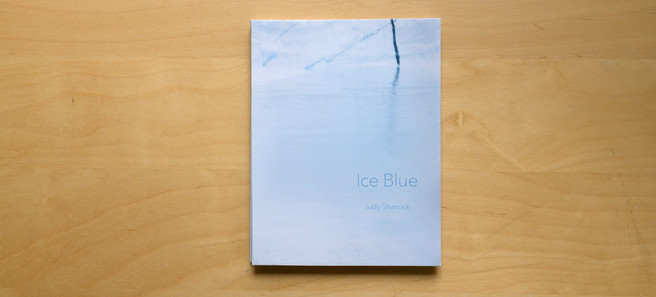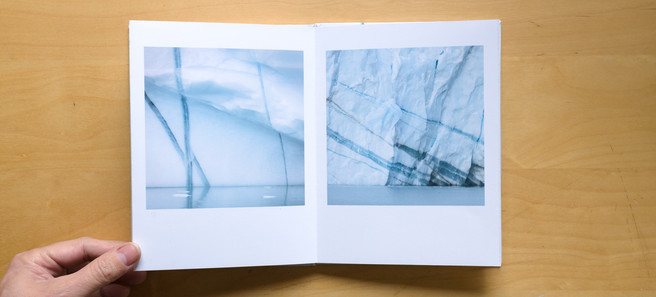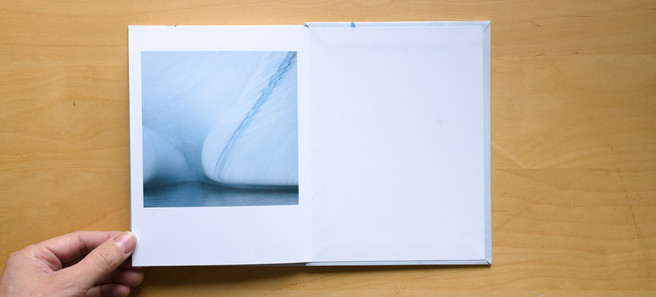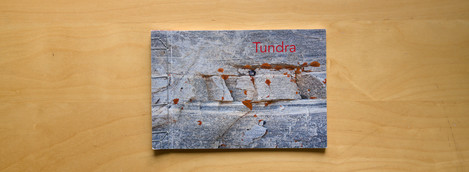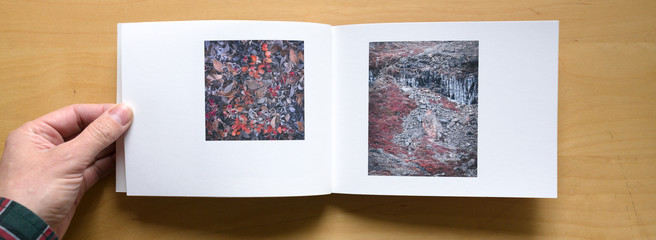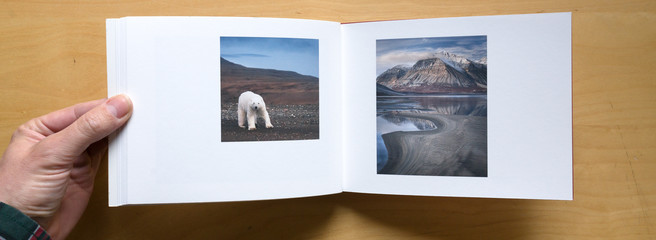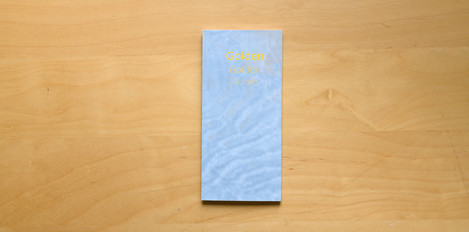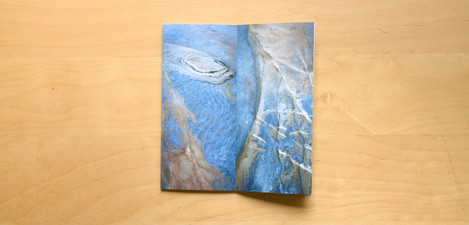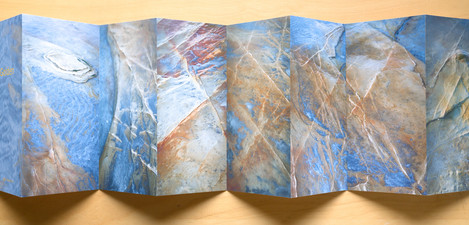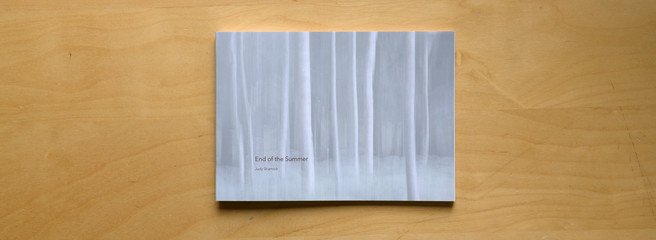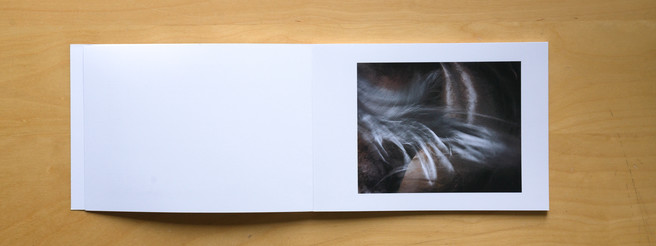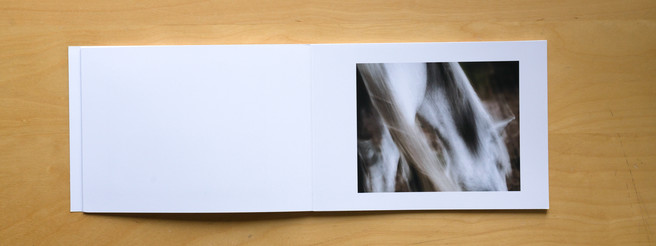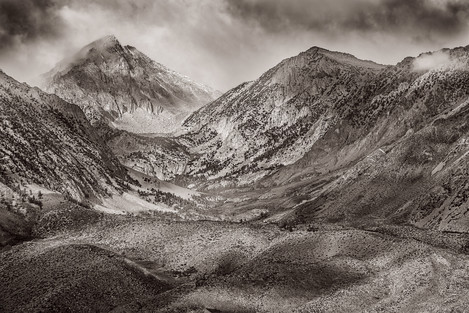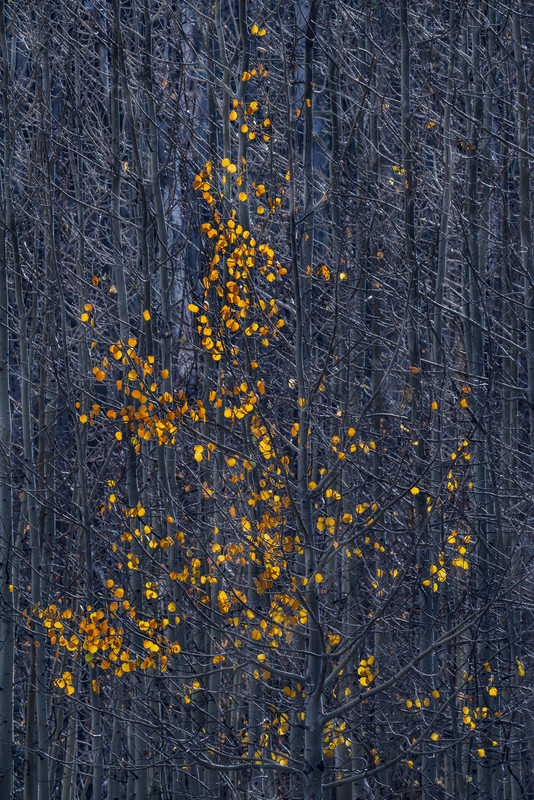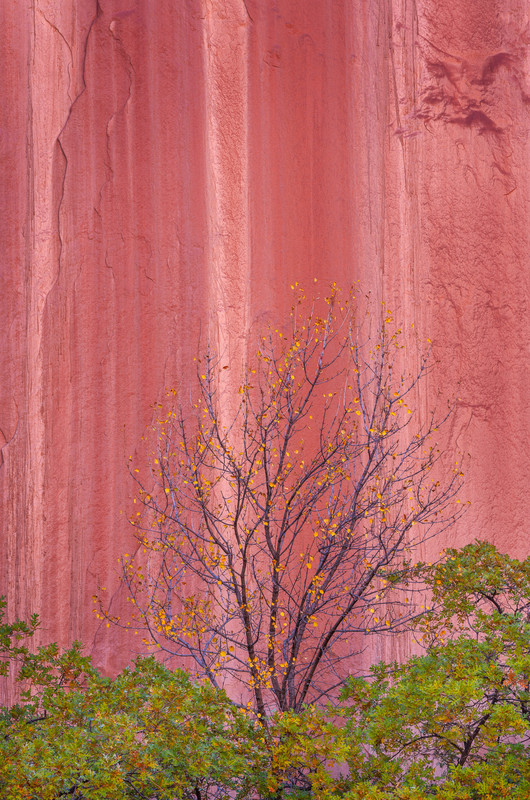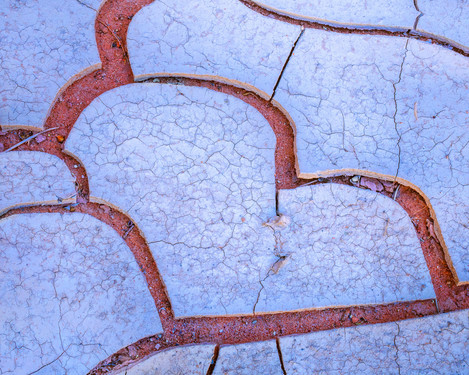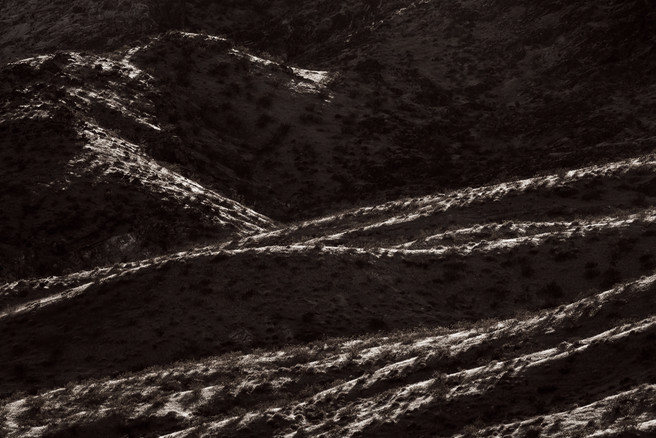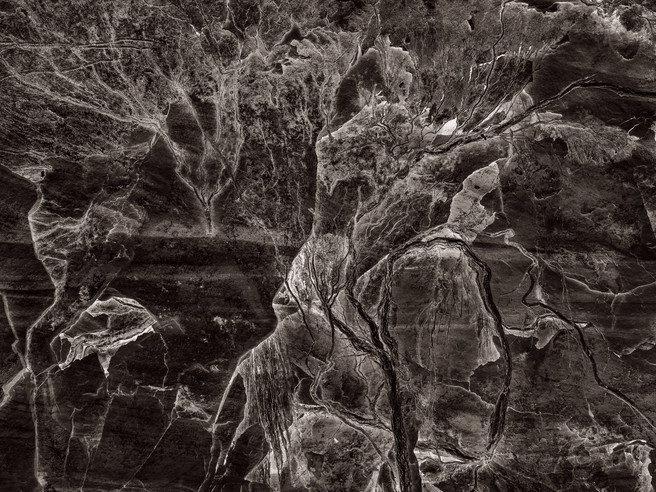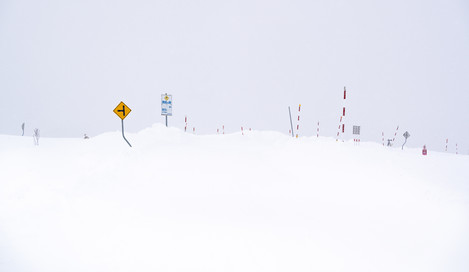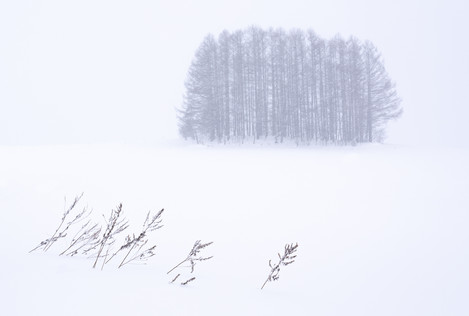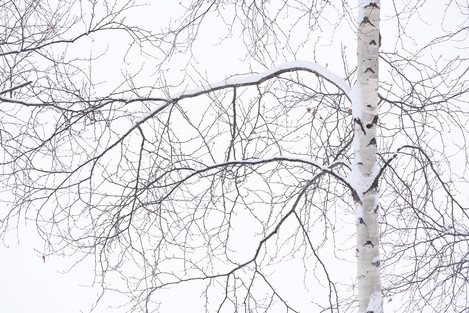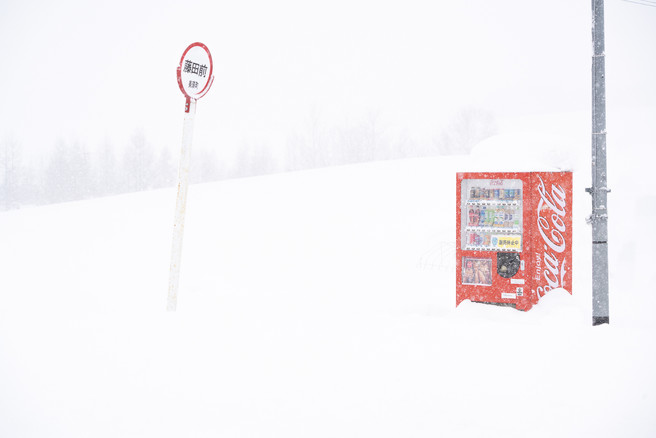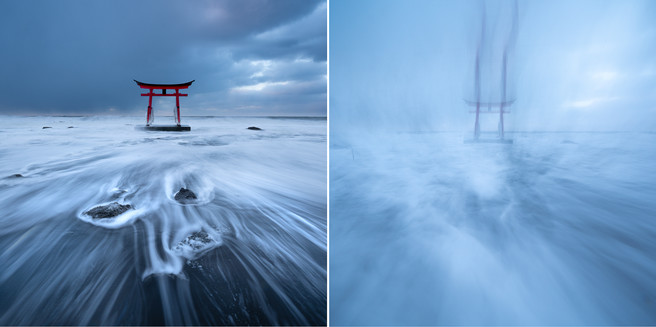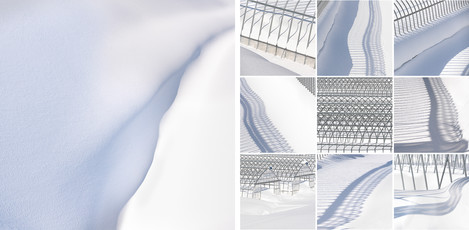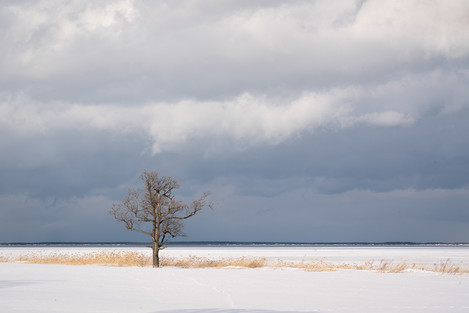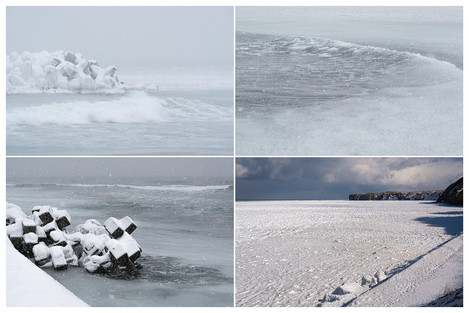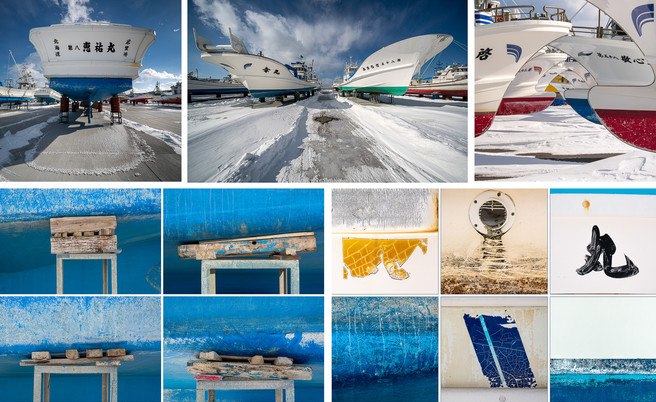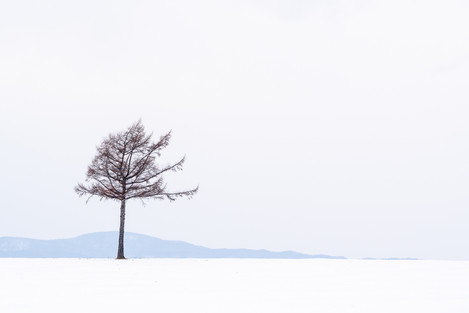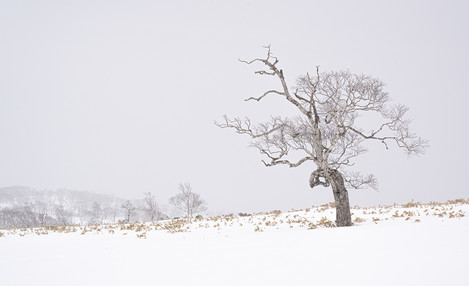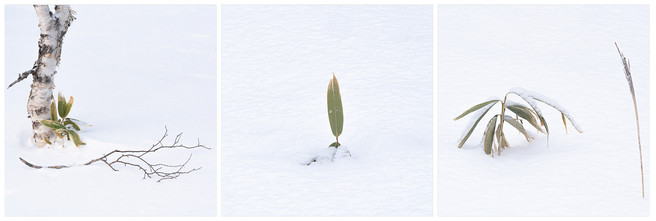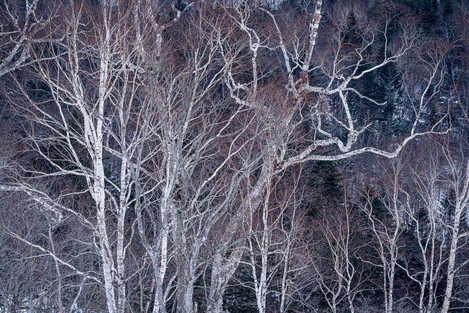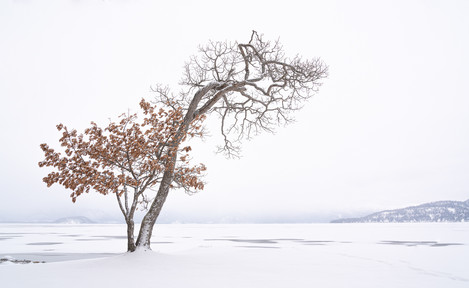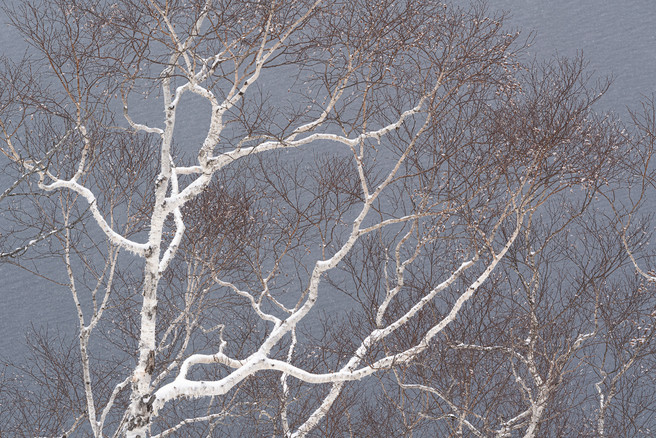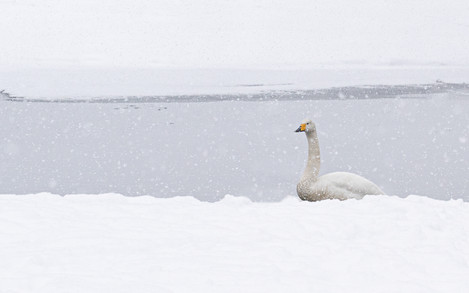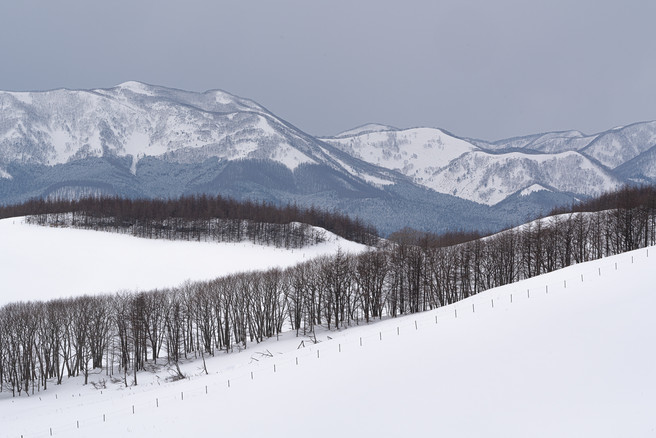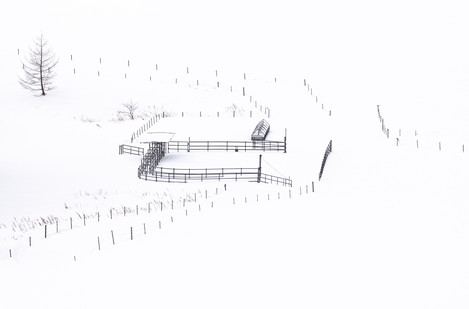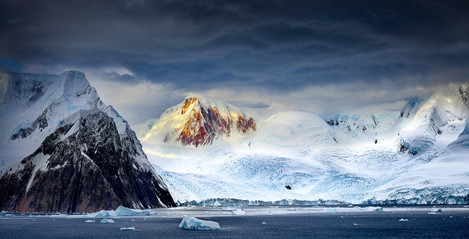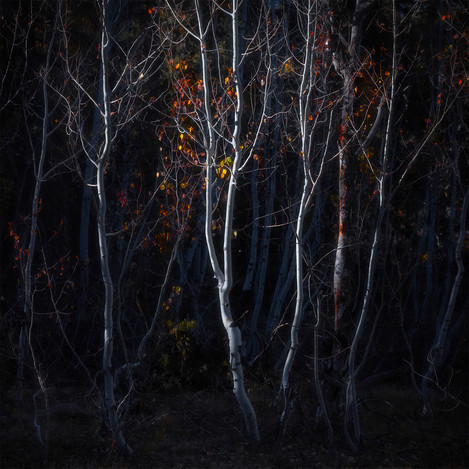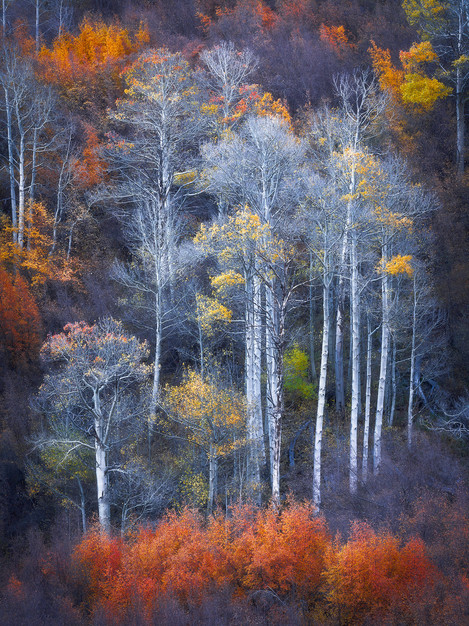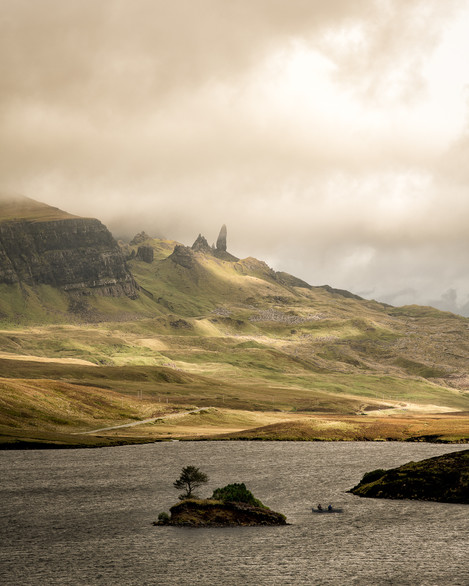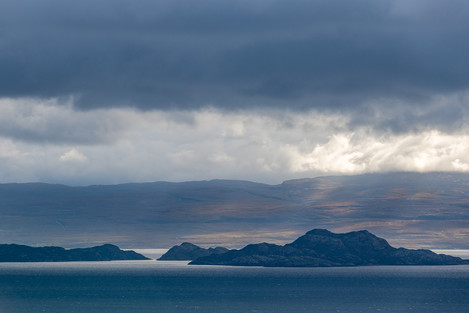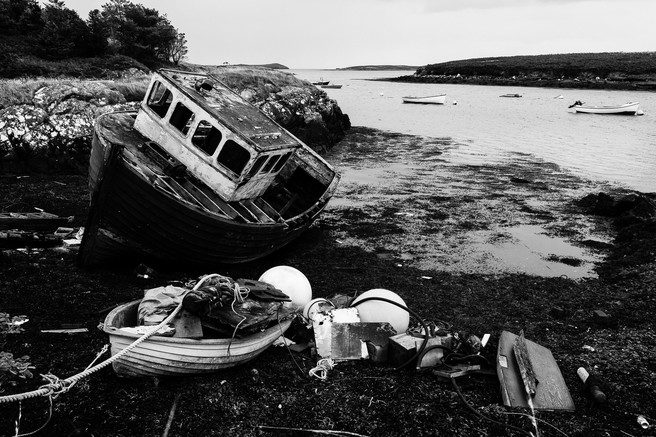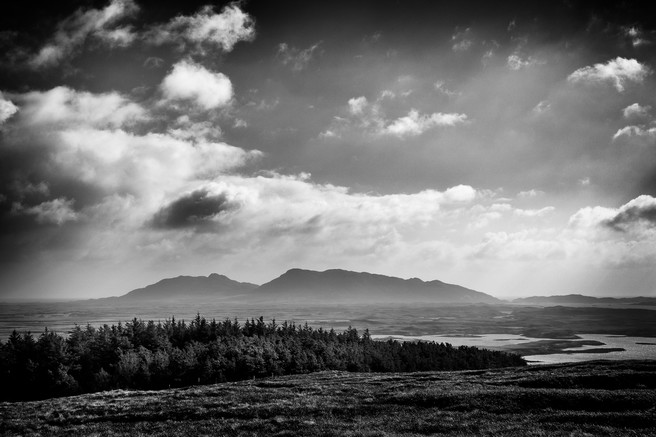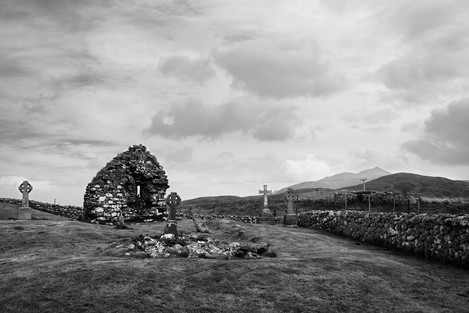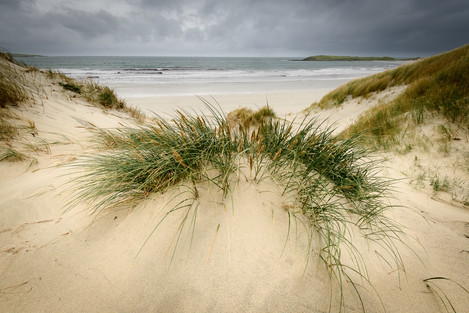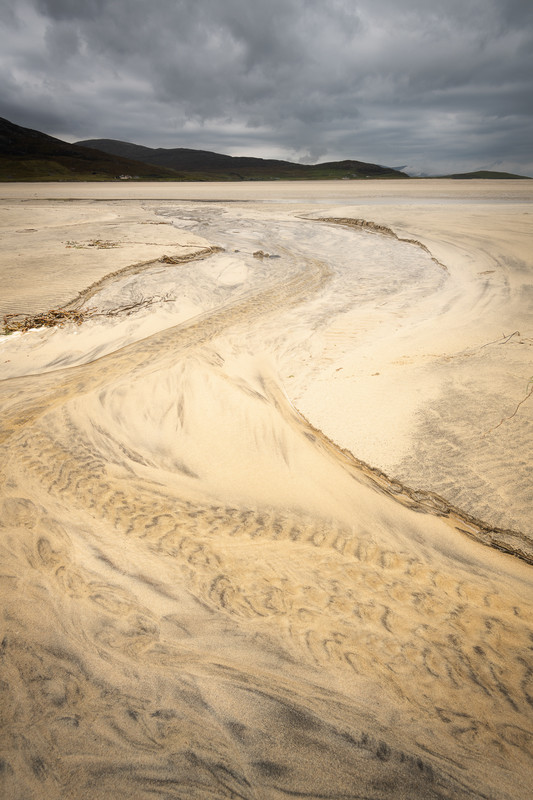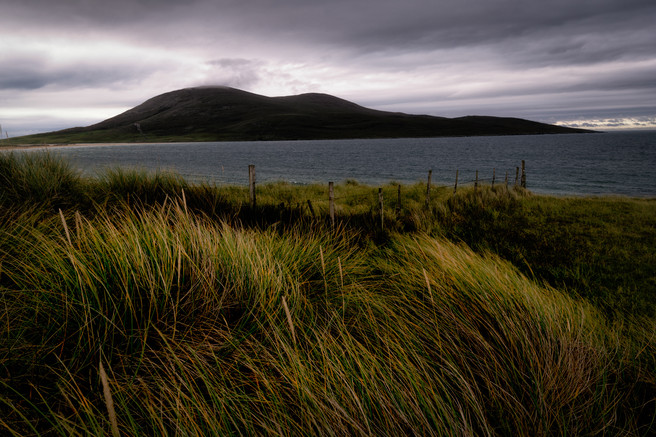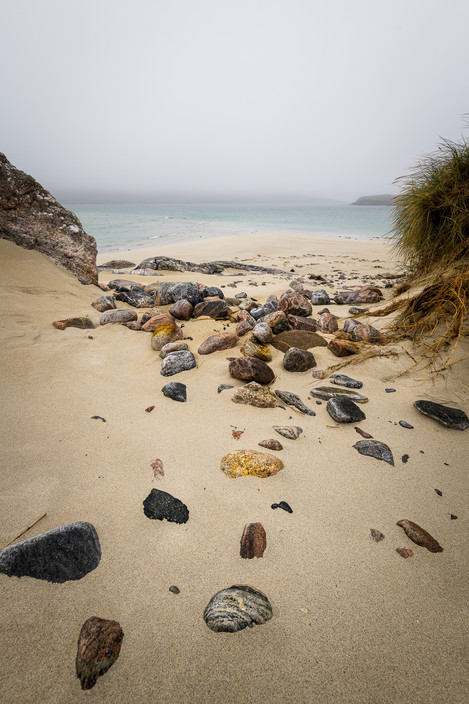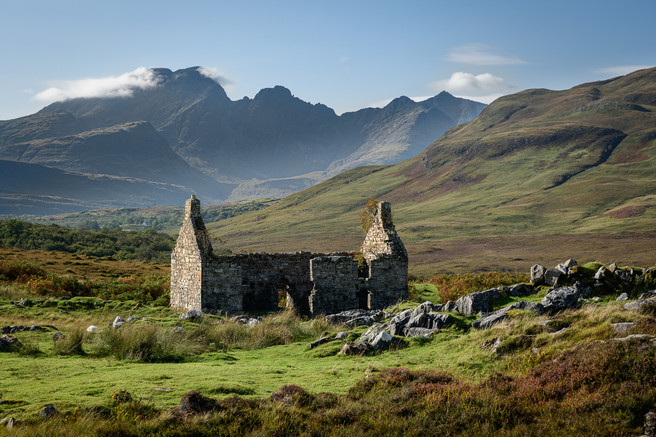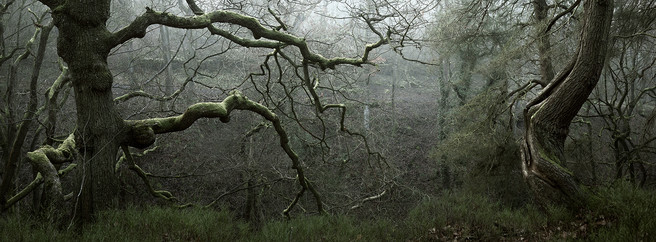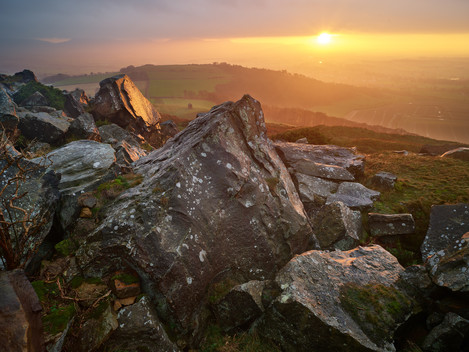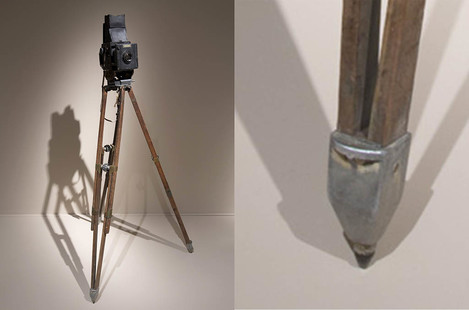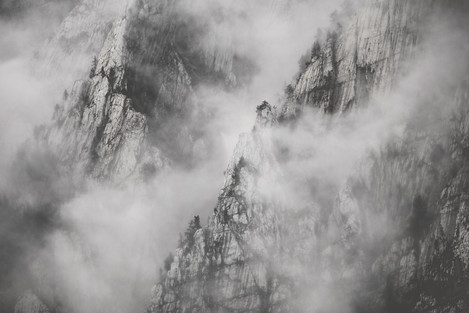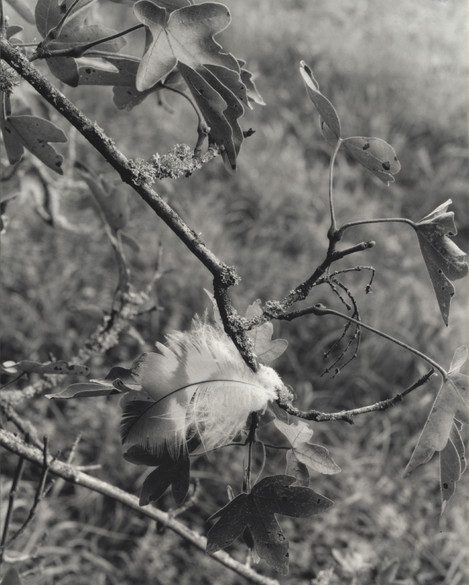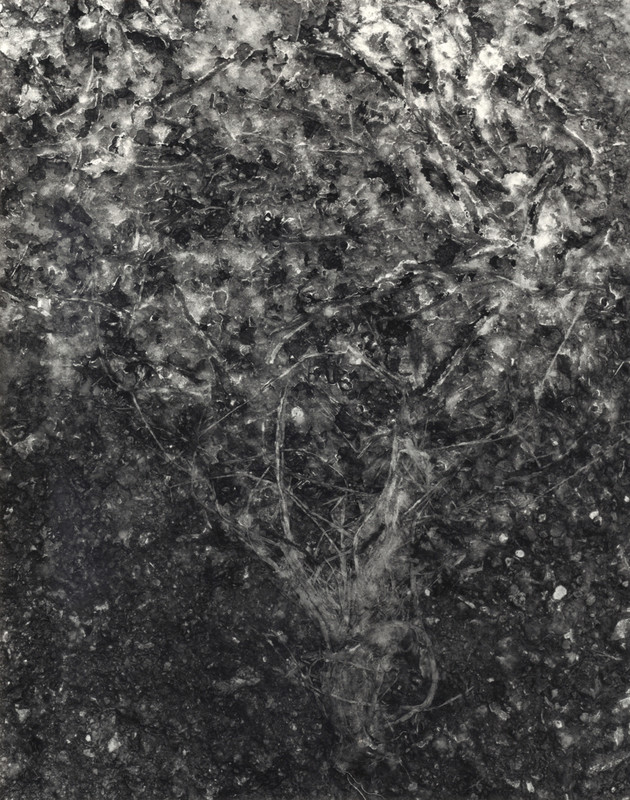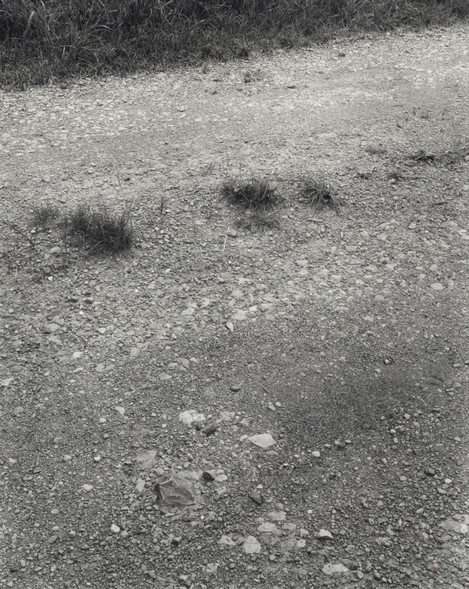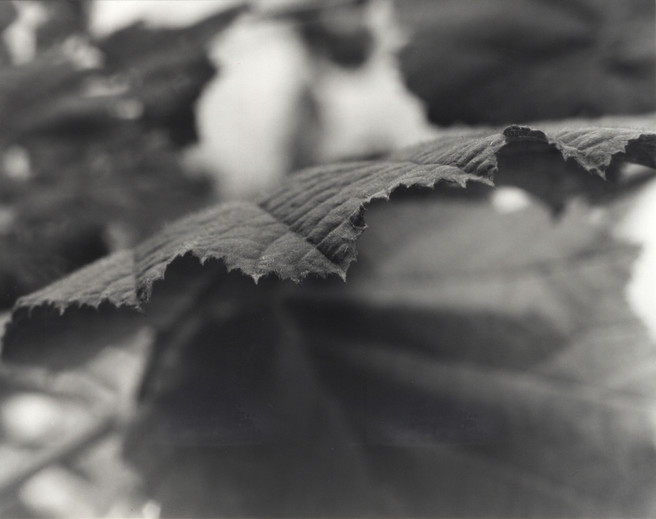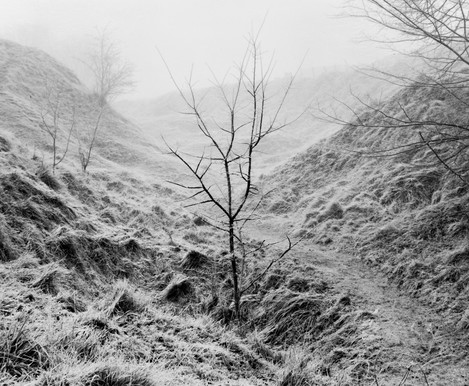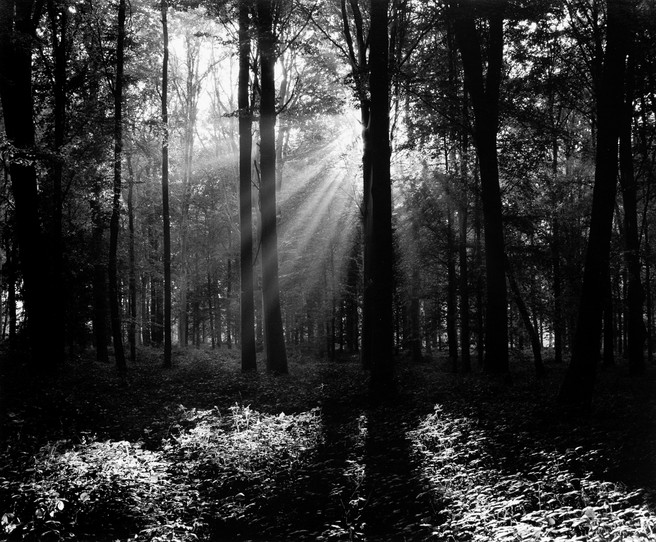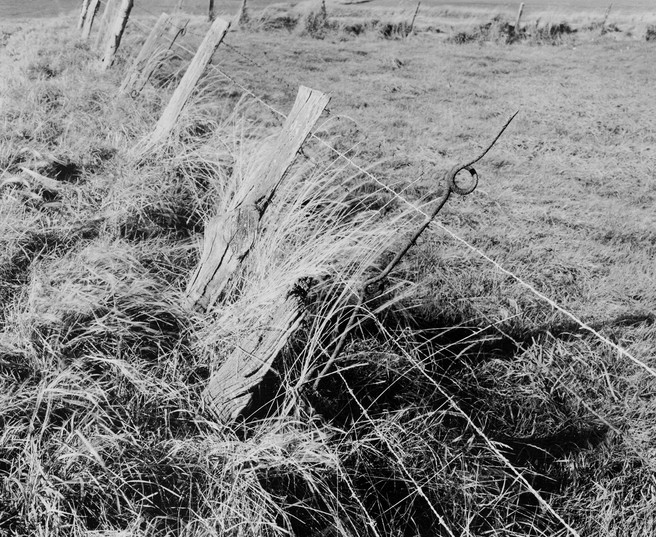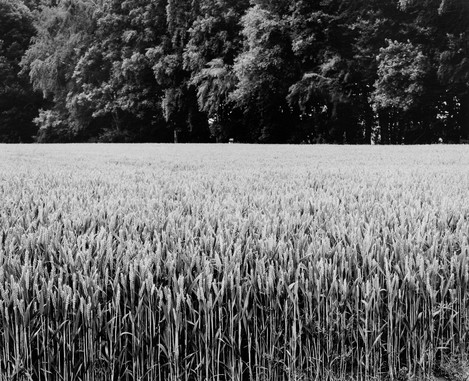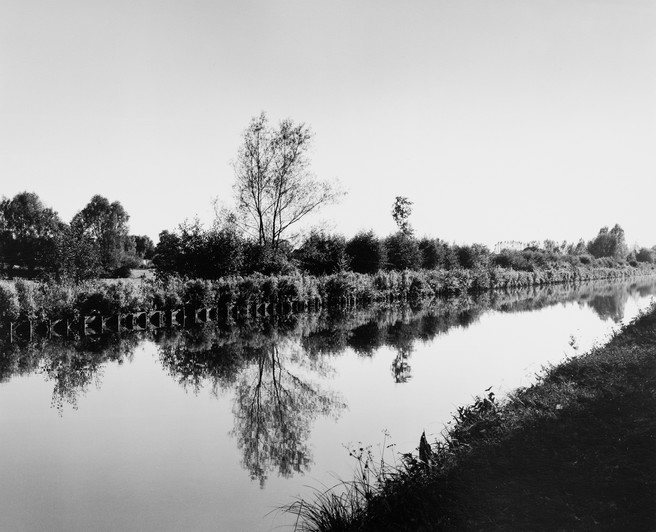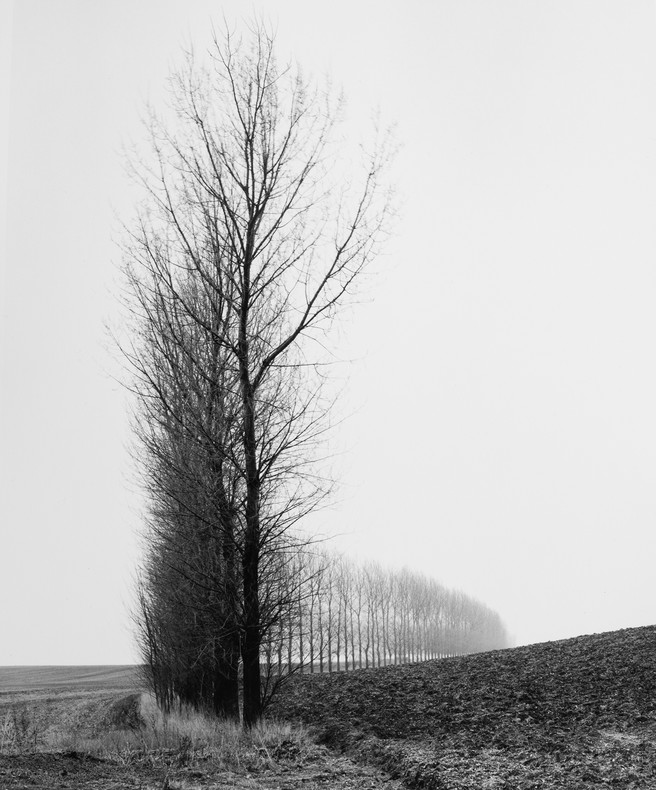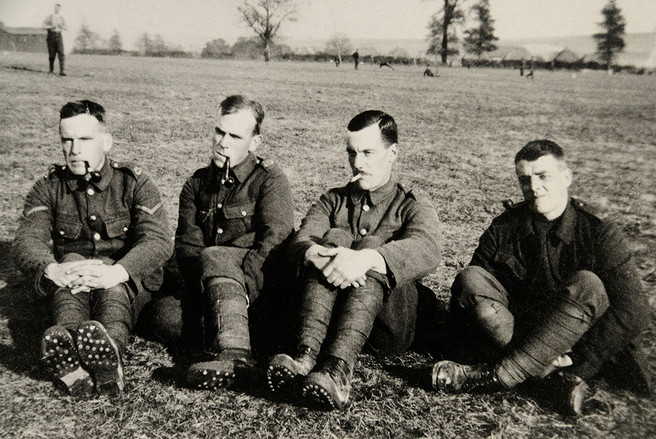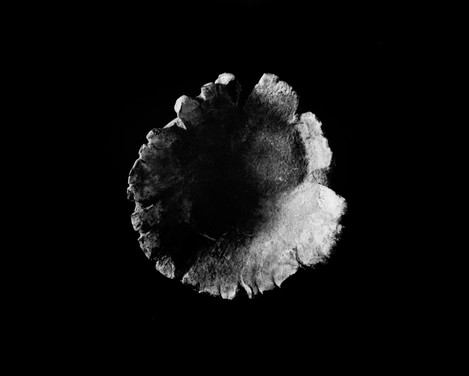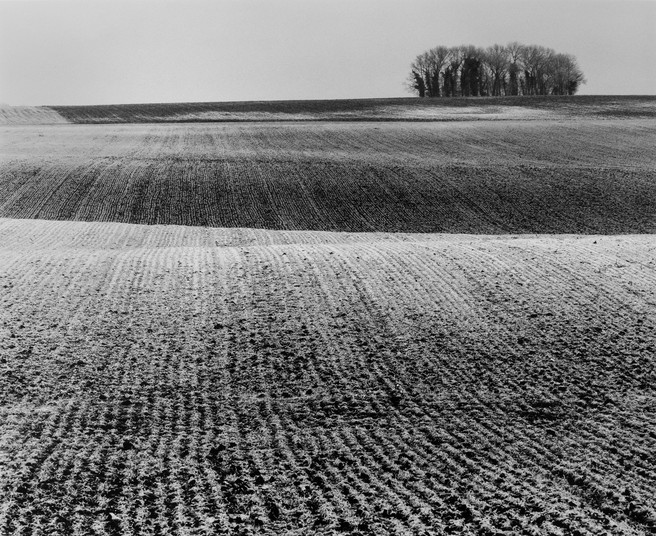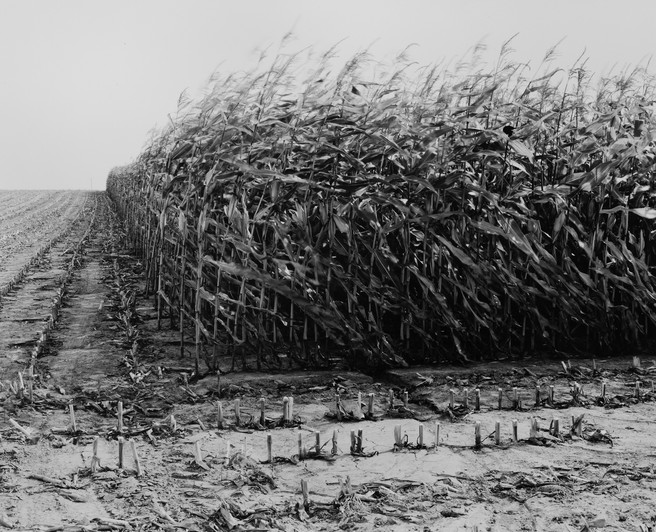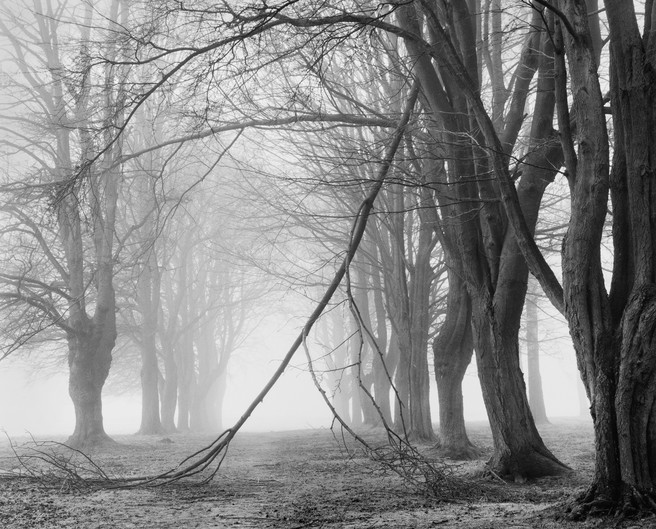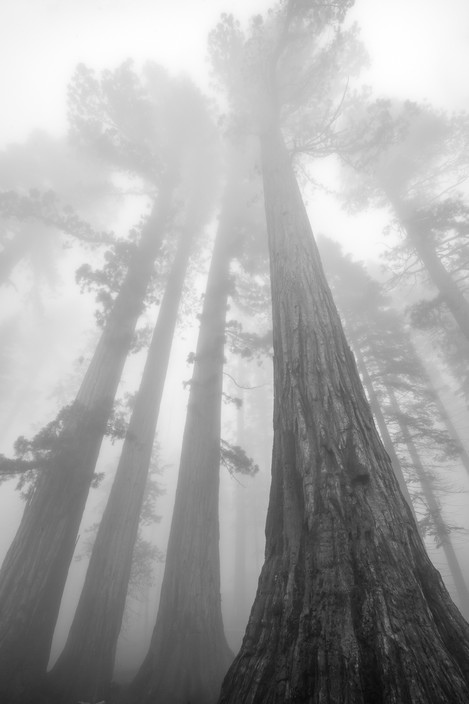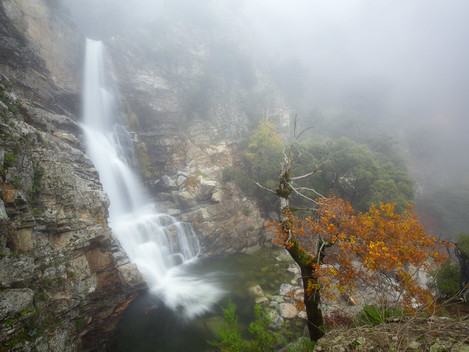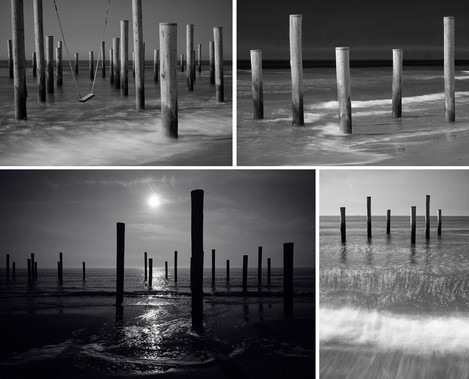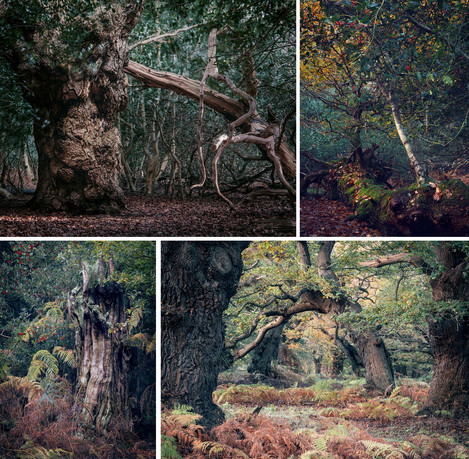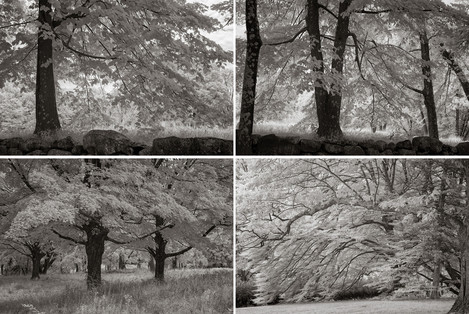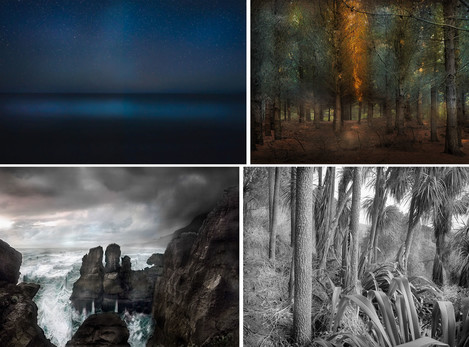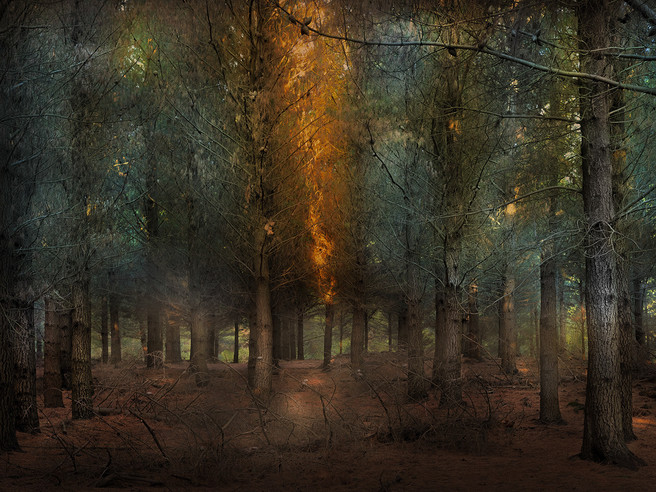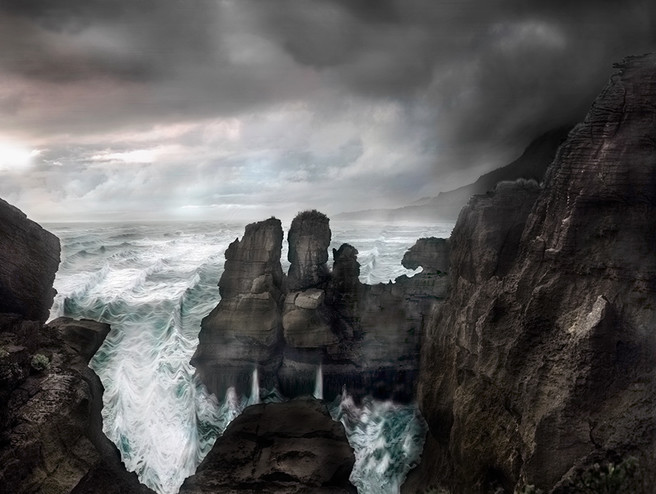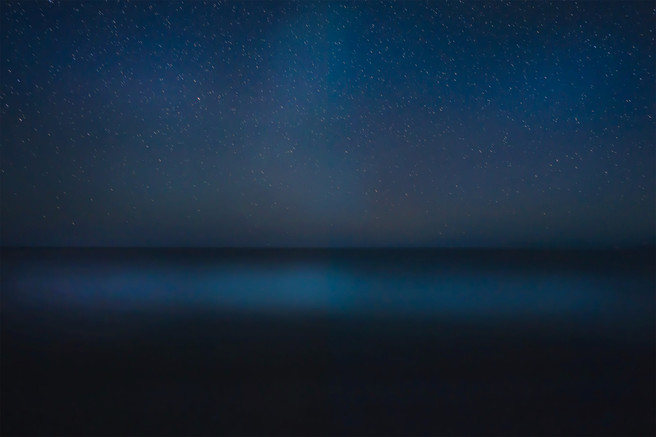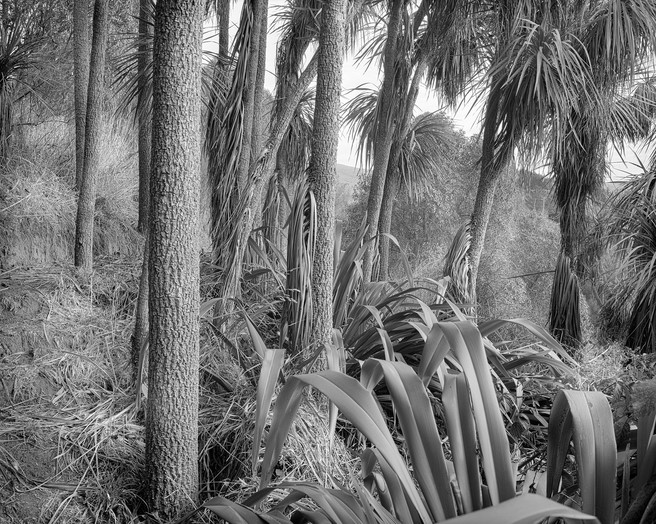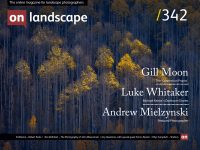We already own Doug Chinnery's book 'Abstract Mindedness' where he donated 100% of the profits from the book to the Young Minds mental health charity (which is devoted to helping young people who struggle with mental health issues) and we really wanted to support Paul Gotts & John Ash's book project 'New Beginnings' which also supports this charity too.
In April 2021 they asked six talented photographers to make some images around the theme of “New Beginnings” and the real prospect of the COVID-19 pandemic in the UK receding. Each of the photographers was asked questions about how they interpreted the title “New Beginnings” and how they found working to the tight deadlines for the project.
The project “New Beginnings” - what was the inspiration for this and how did the project come about?
Paul Gotts: The project began when Andy Holliman contacted me in March of this year. He had listened to Euan Ross and me talking on the Biblioscapes about the books I had helped pull together in 2019 – “Brand New Day” and “Just Now”. The idea of the earlier books was to give possibly a first opportunity for a photographer to take images around a specific theme, curate them down to half a dozen and see them in a printed book, at an affordable cost. These books had featured six or seven photographers and Andy mentioned he liked the idea….it started from there really, when John and I talked about pulling something together along the same lines.
John Ash: As Paul has said, this book is the 3rd (so far!) that has been produced, giving previously unpublished photographers the opportunity to be part of something exciting. After a chance meeting with Paul at the Connected Exhibition a few years ago, I was lucky enough to be one of the photographers involved in the first book. This then led to Paul asking me to help with pulling together New Beginnings.
Did you start with the intention of making a book or did that idea follow later?
Paul Gotts: Absolutely. We started with the intention of publishing a book showcasing the work of six photographers. As we talked further, we reflected on our experiences in 2019 and decided to ask the photographers if we could form a group that would donate all the proceeds to a charity – everyone was happy to proceed on that basis. We then discussed ways in which those proceeds could be maximised and from that developed the options to purchase a chosen image of each photographer as a special print and even offering a limited edition of handmade books. We are in the fortunate position that master printer Andrew Atkinson can prepare the A5 prints, and I can make the handmade books.
John Ash: The object was always to produce a book and it was the theme of the book that came later! Each book has evolved, with this being the first one that includes options for prints and also handmade editions.
Doug Chinnery has written the foreword and says “As I have immersed myself in their art, I have lost myself in their vision and am intrigued by the diverse and contrasting ways they each have in looking at their subject and theme.
Paul Gotts: We were looking for a theme of renewal and the prospect of the COVID pandemic in the UK coming more and more under control. We searched for some song lyrics that might give the photographers a neat structure to work around without being too constrictive. John came up with a Toyah Willcox song and “New Beginnings” was born.
The vision of collaboration was around fun, support and encouragement. Early on it became clear that everyone was happy for peer review of draft images, words and design. I think it worked.
Everyone we approached seemed delighted to be asked, had no hesitation in accepting the offer and has been consistently enthusiastic about the project as a whole. In terms of the “dream” team, we clearly had to ask Andy! John suggested getting Andrew on board. John and I had been on a sequencing course with Susi in 2020 and we had talked often about books. Susi suggested Jan….. Valerie was well known to both of us through her work in Derby and Sheffield Hospitals. Tim had been a great supporter and advocate of the concept of the earlier books and we knew he was desperate to get into print.
At the draft stage of the book Rob Knight, David Noble and Euan Ross were all generous with their time in offering advice for the final version.
John Ash: We needed a theme that was relevant but could also be interpreted in different ways. One of the great things about having 6 different photographers is seeing the range of responses. I think that Rob and Karen Knights’ “Connected” event has really helped bring people together, and I think all those involved can be linked back in some way.
All who have involved themselves in this project have contributed their profits to the Young Minds UK mental health charity. What is the connection to this charity and why did you choose it?
Paul Gotts: Even when we produced “Brand New Day” in 2019, four of the six photographers donated their share of the proceeds to the Motor Neurone Disease Association, so in that sense we kept the same model. Doug Chinnery has been a friend, mentor and shining light for many of us over the years and as we knew of his work for YoungMinds UK in publishing “Abstract Mindedness” it seemed an appropriate choice to us. More than 1 in 10 children have some sort of mental health problem, which can seriously damage a young person's life. Left untreated, problems can persist into adulthood. YoungMinds UK works to ensure that effective services are in place to help troubled children and to prevent problems arising in the first place. Through their confidential Parents Information Service they offer help over the telephone to parents who are worried about the emotional well-being of a child.
We were thrilled when Doug agreed to write the Foreword to “New Beginnings” and help in any other way he could.
John Ash: The main objective of the book was to give the photographers an experience, there was never any expectation that anyone was going to get rich taking part in this. Previously the decisions on donating the profits to charity were made after the event. This time we decided (with the agreement of all involved) that we wanted to do that from the start. Doug’s influence on both of us and his fantastic book, made YoungMinds an obvious choice and very appropriate.
How can people purchase the book?
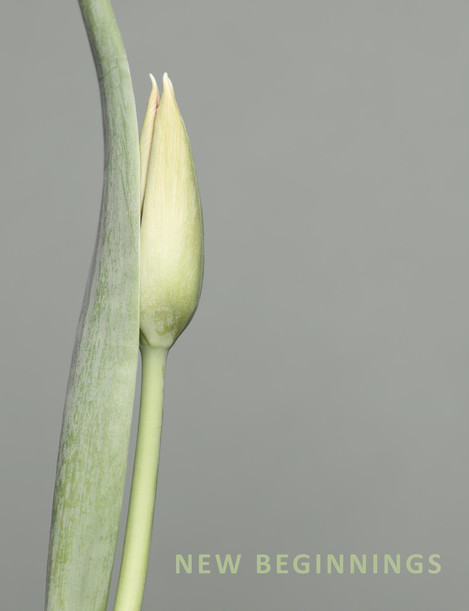 The best way to get a copy of the book or prints is via the website:
The best way to get a copy of the book or prints is via the website:
https://bit.ly/new-beginnings-book
Once on the site navigate to the “Contact” page to get in touch with Paul and he will take your address and set out the payment options. The following options are available:
- Standard book £15.00
- Launch edition print (10 max / photographer) £10.00
- Any 3 prints £20.00
- All 6 prints £30.00
In terms of maximising proceeds for YoungMinds UK we cannot afford to be left with expensive unwanted copies of the books or prints on the shelf i.e. the print run will satisfy the pre-orders but nothing beyond that. We would love to sell more copies of the book and prints and can now offer the opportunity of extending the pre-order phase to Friday 4th June 2021. Please be aware that the four handmade books have already been bought.
The Six Photographers
How did you go about interpreting the title of the project?
Tim Allott: The lyrics of the song Paul and John selected for inspiration are all about creating positive change, an optimistic vision of finding new beginnings and new surroundings. I am a physical geographer, and as part of my working life, I get to study some of the amazing peatland restoration projects in our upland landscapes.
Susi Petherick: The invitation to take part in this book came in March and we were to take our images in April so springtime felt so right for ‘New Beginnings’ for me. New shoots, flowers emerging, light changing, fresh green leaves appearing on trees. Springtime feels such an optimistic time to me, the end of winter and darkness and the beginning of new life, new light and brings with it such feelings of hope and optimism.
Valerie Dalling: The pandemic has been so tough for everyone in many different ways, and for me, when lockdown eased and I was able to venture out again, Curbar Edge was at the top of my list. Despite it only being 6 miles from my Peak District home, I had been unable to spend time somewhere that has special meaning for me, and I’d missed it very much. I knew this would be the perfect location for the project.
Jan Beesley: Spring is often used as a metaphor for the hope and anticipation of a new beginning. This year, after what we had all been through in 2020 and the seemingly never-ending lockdown winter, the vibrant new buds of spring seemed to have even more resonance.
Andy Holliman: The title suggested several obvious themes around the loosening of lockdown regulations and spring being a time of new growth of flora and new life of fauna. I wanted to explore some quite simplified graphic images so concentrated on trees. Most of the month gave us clear blue skies which worked well with the white and yellow blossom.
I’d explored the idea of the signs that were appearing in pub and café windows about opening soon but this didn’t produce a satisfying set of images.
I’ve been intrigued for a long time by the idea of old industrial structures that once seemed so large and permanent but slowly disappear back into the fabric of the city when they become redundant. There was a short railway line to Greenwich that closed over 100 years ago, the path can be traced if you know where to look but most of it has disappeared under allotments, houses and a nature reserve. This suggested the idea of ‘New Beginnings’ on a much longer timescale. In the end I put the trees & cranes and the railway line idea to the rest of the photographers in the group; trees and cranes were a clear winner.
Andrew Atkinson: I had just come out of shielding so wasn’t really interested to head outside straight away. My thoughts turned to still life photography. As we had just moved into spring, I felt the onset of colour and flowers could demonstrate ‘New Beginnings’.
“The photographers curated their work down to six or seven images each which, together with their personal statements, makes up the bulk of this book.” How did you go about curating your own work?
Tim Allott: Truth be told, I used help. Last year I took an excellent course on how to sequence images run by Rob Knight and David Noble. One of the ‘take homes’ was that using other folks’ eyes is essential for curation, either through formal mentoring or through informal consultation.
I self-curated my images into proposed sets, along with alternative images. I then asked for feedback from the other photographers and editors of the project. Their responses reassured that most choices were sound, but they also nudged me to meet my aims more completely. A key intention was to maintain ambiguity of content and scale across the set of images. However, I fell into the trap of shoehorning in a standard wide angle landscape image, tempted as it had been popular on social media. It did not fit. Instinctively I knew it was not right to include this image, but a helpful comment highlighting this helped me kick it into touch. Another perceptive comment identified an overlooked image to enhance the sequence. These inputs really helped improve and finalise my set. A real benefit of this kind of collaboration is easy access to helpful and supportive critical feedback. Another was seeing how other sets of images were curated and developed, a terrific learning experience.
Susi Petherick: I took a range of images over the first three weeks of April, printed them out as contact sheets, cut up, spread across the floor and played with all sorts of permutations. The idea I had for the final way of selecting the 6 was moving from darker to lighter to reflect that move from winter to spring. I wanted a range of leaves and flowers and key to all was having both light and dark in them with varying degrees of each as you move from 1 to 6. I checked out with a couple of others too. Always good to check that you aren’t holding on to favourites even if they don’t fit!
Valerie Dalling: The decision which images to use and the format in which my work would be presented came from within to be honest; I seemed to instinctively know, despite my very different approach to the project, a risk I felt I needed to take to push myself in terms of connecting my photography with my painting.
Jan Beesley: Deciding what to include and what to exclude is such a difficult task! It’s hard to let go of images you really like, but which just don’t fit in the set. I also write short poems to go with the images so these had to work together as well. In the end I tried to keep to a relatively consistent colour palette to try and link them together in some way. I also thought of them as pairs of images, which meant that some images had to go because they didn’t have a natural “partner”.
Andy Holliman: I wanted the images to be in pairs of trees and cranes, matched in the colours in the images. This allowed me to narrow down the selection to about 6 pairs. I then picked my favourite of each subject and selected an image that balanced the page spread.
Andrew Atkinson: I felt my chosen subject helped me curate my work. I was in a position that the sequencing was dictated by the subject.
How did the project evolve? Did you have to refine the vision of what you wanted to achieve?
Tim Allott: I quite quickly came up with two different project ideas around restoration but decided to focus on bog pools. This was partly due to logistics and partly through a desire to explore a technical challenge (how to take aerial images of the pools without a drone, which are not permitted on National Trust land folks!). I already had an idea of the types and range of images I was after. I refined this during my first proper exploratory visit to the site. Some of the images I envisaged relied on strong evening side-light, so it was a matter of getting out there when conditions were right, and when time allowed.
Susi Petherick: We had just a month to complete the 6 and the statement, I started with some notes for the statement to go with the images so that I was clear about my vision before I started taking photos. When I had finally selected the 6 I wrote up the statement in full and then double checked the images against this. Again I checked the words and images out with a couple of others to make sure that there was a good fit.
Valerie Dalling: I spend hours up there, very often simply sitting and absorbing the landscape. I have always found Curbar Edge a very spiritual place, it helps my wellbeing, lifts my spirits and brings me peace. The rocks I sit on during these times of reflection became my focus for the project. Refining the vision wasn’t necessary, how my paintings evolved though, remains unexplained, it just happened. One minute I was mark making with my paint focusing on the contours of the rocks, and the next they seemed to take on a life of their own, becoming more otherworldly.
Jan Beesley: I had been working on a project looking at the stark skeletons of winter trees, so representing ‘New Beginnings’ via the newly emerging buds and blossom seemed a natural step. I didn’t really change this idea during the project, but I did refine the way I went about it and also decided to stop adding more new images after a certain point. It was then a question of reviewing the work I had and focussing on the themes of new life in the new leaves and blossom.
Andy Holliman: For most of the month I had the idea of multiple exposures of spring blossom on the trees, but I had a feeling this wasn’t enough. On a workshop with Paul Kenny a few years ago he’d emphasised the importance of taking an idea as far as it can go and ensuring that as many avenues as possible have been explored.
The idea of the cranes came on a walk through my local park to photograph trees for the project. There are many on the skyline in my area, their colours matched those of the blossom and against the blue skies allowed a similar style of graphic image.
Andrew Atkinson: From previous experience I have seen a refinement of an idea as I progressed through to completion. Unusually, this project stayed on track, which is not something that would normally happen.
How long has it taken from concept to completion?
Tim Allott: Four weeks. Paul and John launched the project at the start of April and gave us exactly a month to conceptualise, take the images and finalise the sets. Like many, I can suffer from Douglas Adams-itis (“I love deadlines. I like the whooshing sound they make as they fly by”), so the gently imposed but very firm timetable for delivery by the end of April became an embedded part of the process.
Susi Petherick: I had three weeks to do images and one week to make the selections and refine the statement. Having this time limit felt really useful. Getting down to just six images was a challenge but it felt really useful to do!
Valerie Dalling: Although time was quite limited, we all rose to the challenge and the beautiful book is now on course for this month’s pre-orders and June publication.
Jan Beesley: Each individual photographer had roughly a month to complete the project with a short period for final edits and words, although we had had some time to think about it before the project started.
I think having a relatively short timeframe was good for concentrating the mind and reducing procrastination – at least in my case!
Andy Holliman: We were given the theme on April 1st, the first of my selected images was taken on April 4th and the last on April 25th so time was getting a bit tight towards the end. Fortunately the subjects were easily accessible and all of the images that made it into the book were taken within a few miles of home.
Andrew Atkinson: Three weeks in total! However, would/could have been quicker. My first attempt was impacted by the tulip I had chosen as I did not want it to open. So I had to start again with a different tulip, which helped as I knew what I wanted to achieve by then.
What were the main challenges in this collaboration?
Tim Allott: Trying to hold a 22-foot pole set at a 45-degree angle steady in a 20-mph wind. Otherwise, it has been an absolute joy.
Susi Petherick: I knew a couple of people in the group of photographers (one only very minimally) so it was interesting to work on this not knowing really what people were going to be producing or in a couple of instances what kind of work they did. I did check with one participant when I knew what he was working on as it was very similar to my plan B (tulips) so I was happy to stick with my first idea. People’s work has ended up very diverse which has been really interesting. Paul and John have been brilliant in supporting this effort.
Valerie Dalling: I admit to being a little apprehensive about my own interpretation of the theme, I didn’t want to let anyone down, and yet I was really pleased I did choose to step out of my comfort zone and push the boundaries. Everyone has been very supportive, we have all encouraged each other, and I actually can’t think of anything specific that I found challenging with the collaboration per se. It was a real team effort, with Paul and John doing a fantastic job at the helm, Doug providing a super Foreword for us, Andrew’s help with individual launch edition prints, and all the other photographers were great to work alongside. To be able to support such a worthy charity as part of this collaboration has been an absolute pleasure, and I’d do it all over again in a heartbeat.
Jan Beesley: The main challenge I think was to pull everything together within a relatively short timeframe. However, I think this was also beneficial as it helped us all to really focus on the project wholeheartedly. I think the collaboration worked extremely well. It has been a joy to work with other photographers on a common project and see how we have all interpreted the brief in our different ways. All credit to Paul and John for collating the final beautiful book supporting a very worthwhile charity.
Andy Holliman: The overall timetable was deliberately short, this is certainly an interesting creative challenge! Given that possible interpretations of the theme by the other photographers could overlap I wanted to try and create something individual. Ultimately this needn’t have been a concern as all of us have produced very different work.
Andrew Atkinson: I think the biggest challenge was overcoming self-doubt. Making sure I produced images that I was proud of and communicated the brief. Thankfully I think I managed it.
- Tim Allott
- Susi Petherick
- Valerie Dalling:
- Jan Beesley
- Andy Holliman
- Andrew Atkinson

